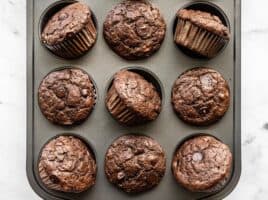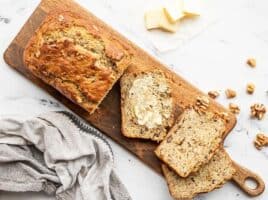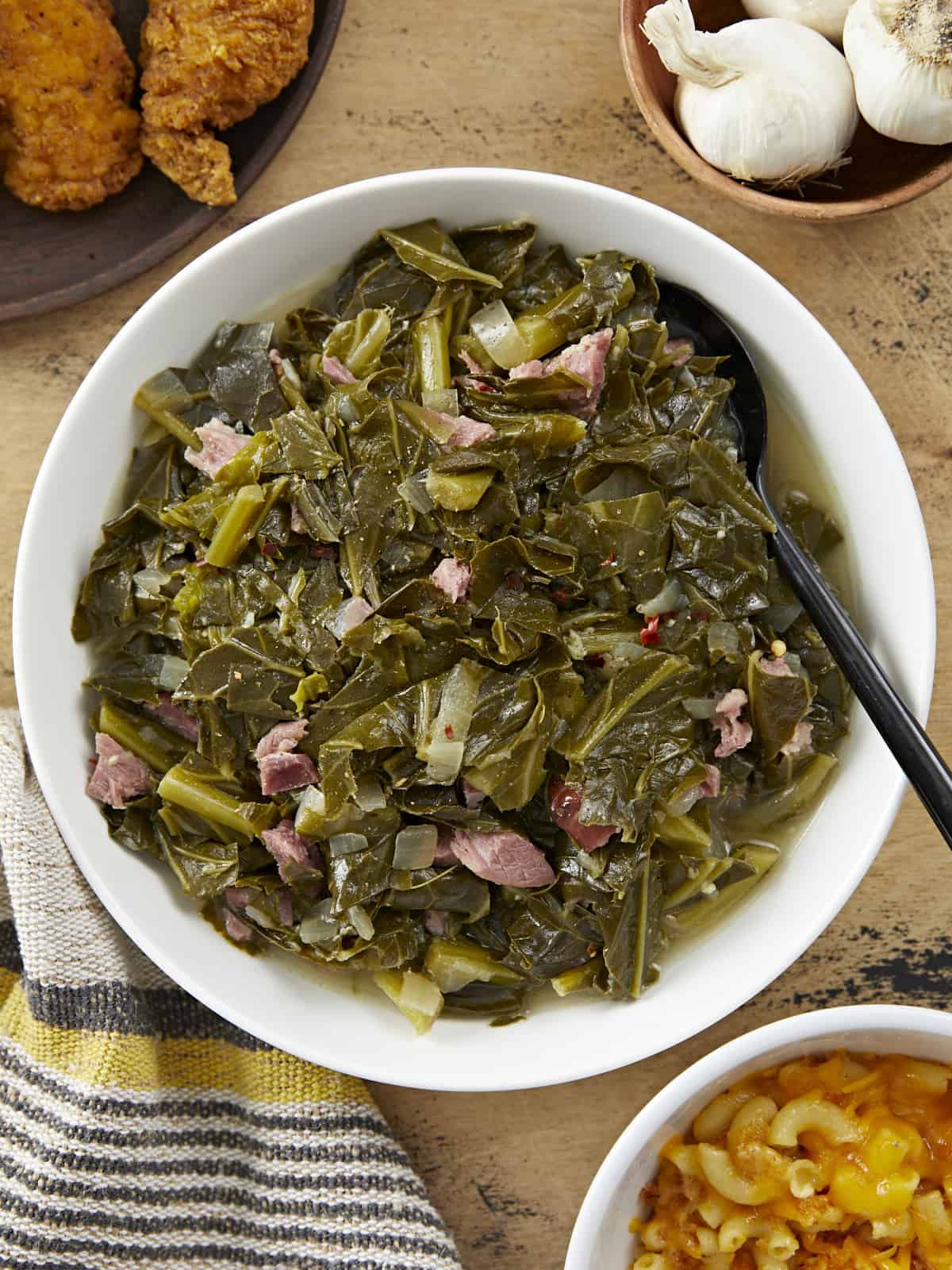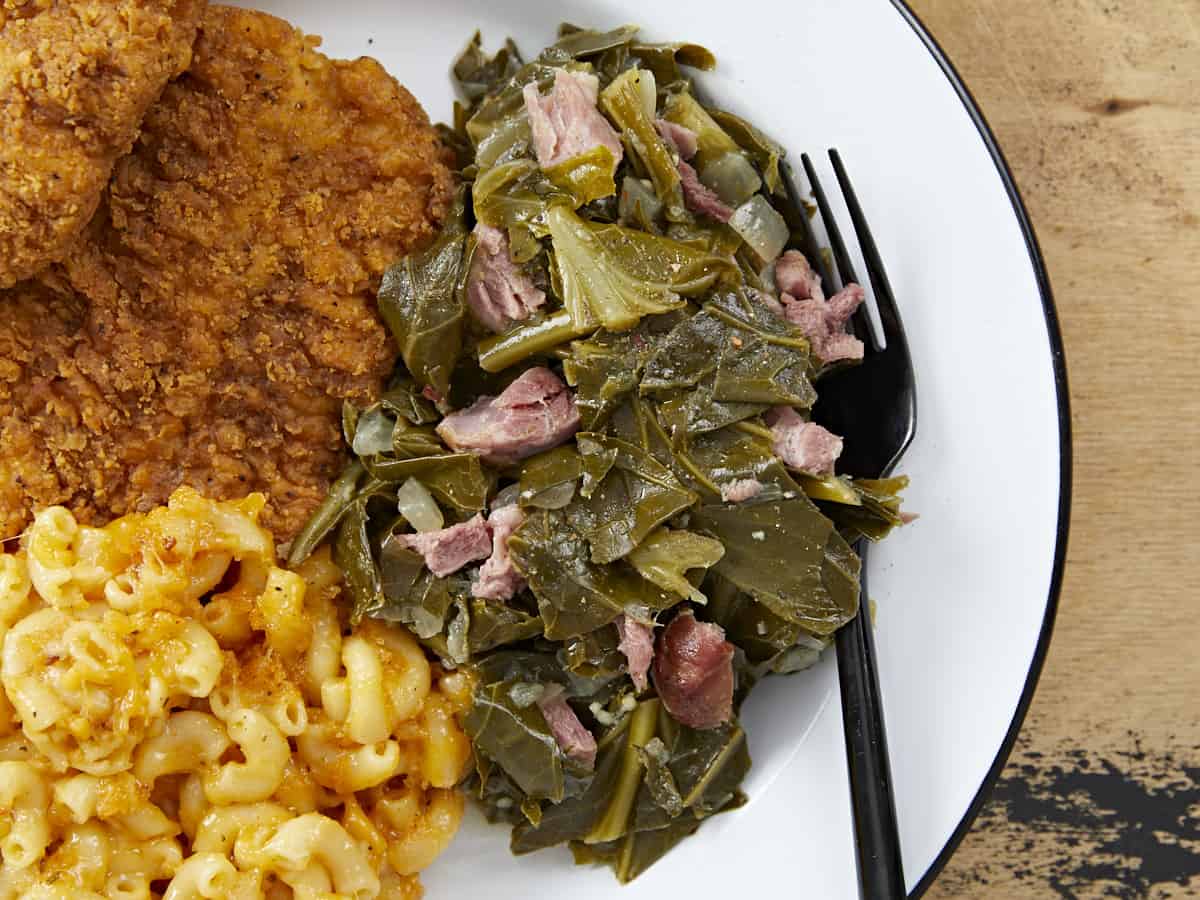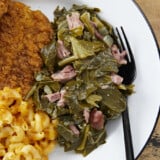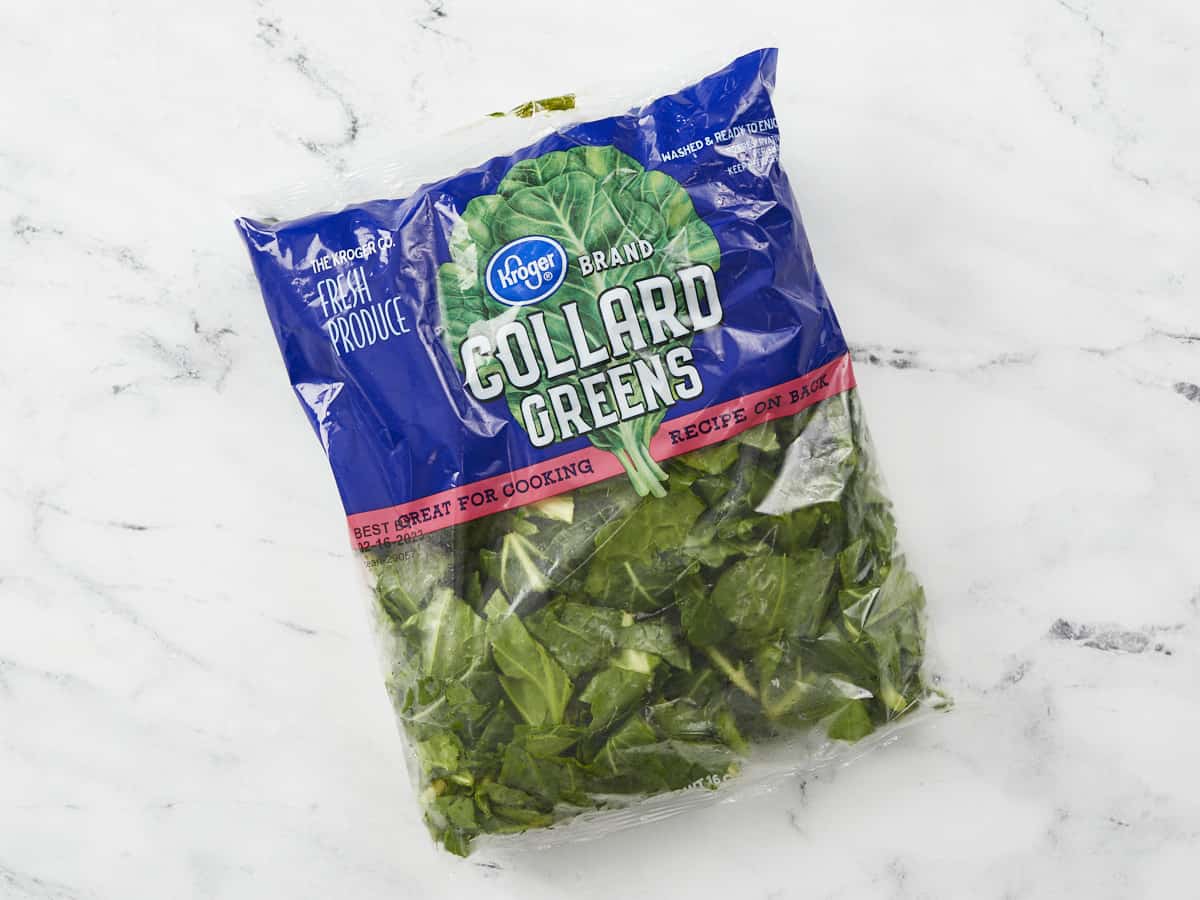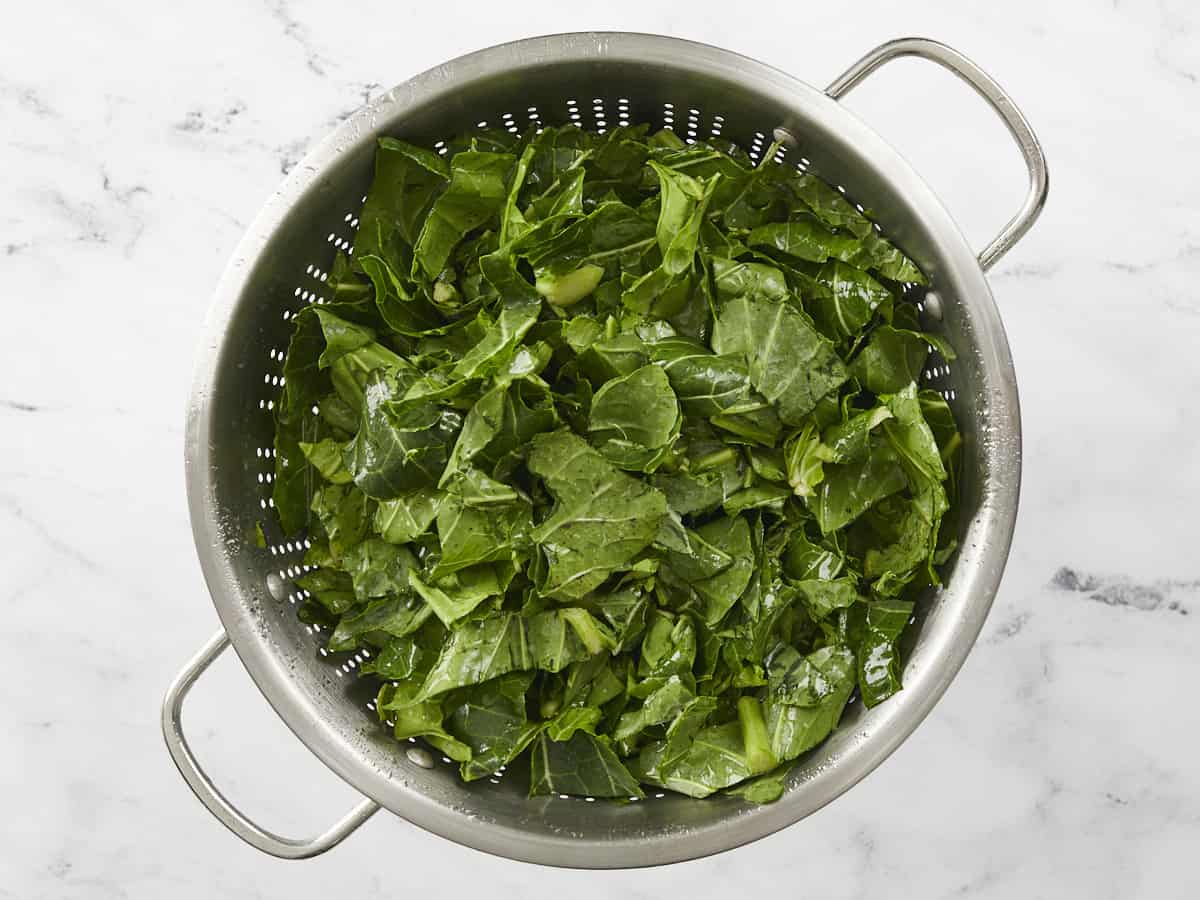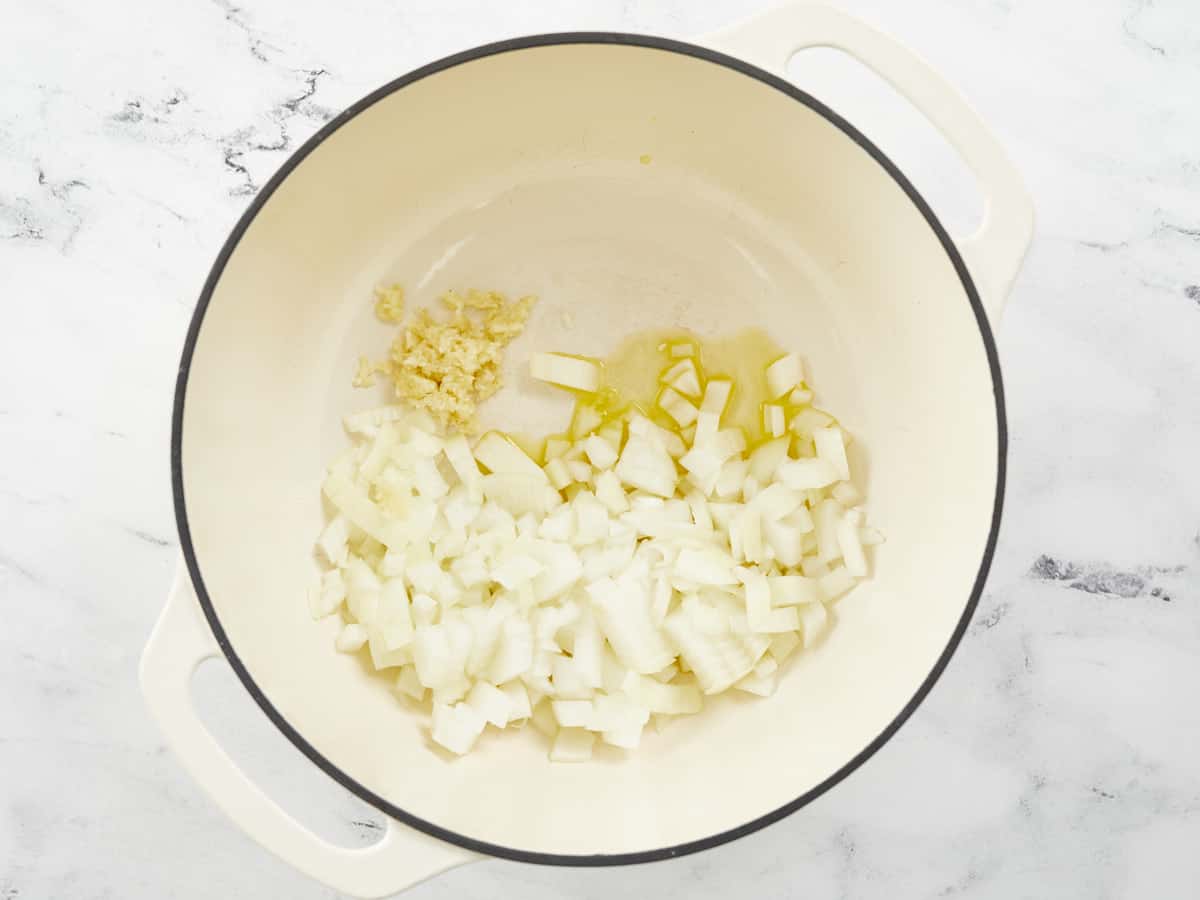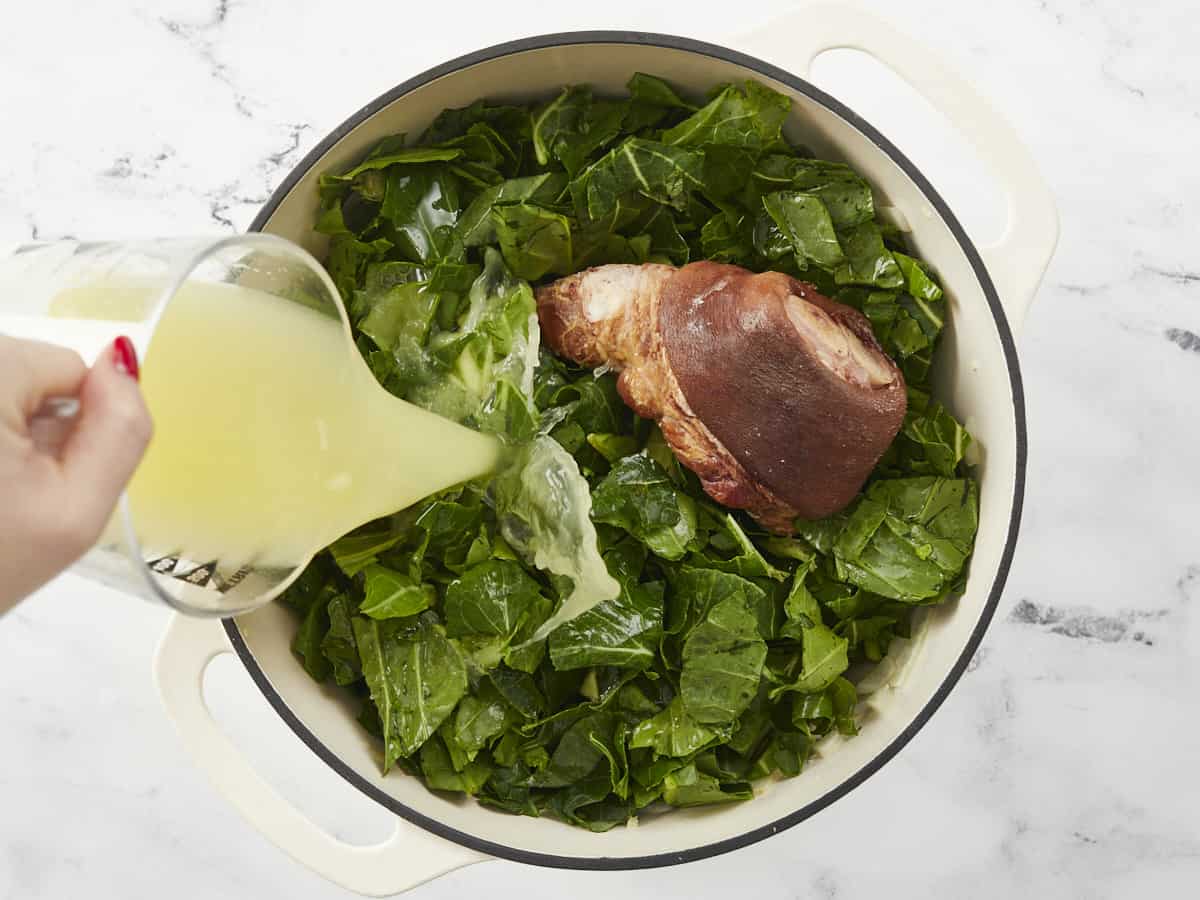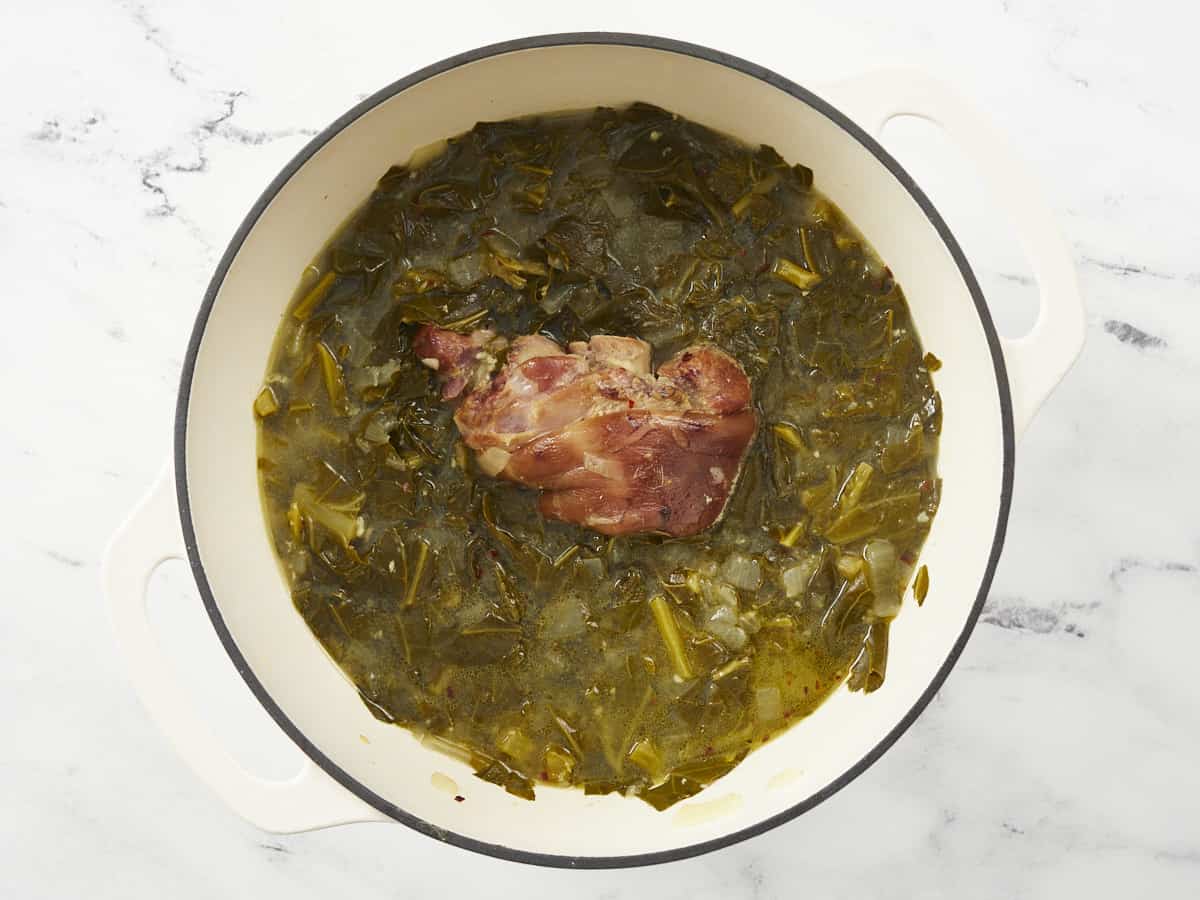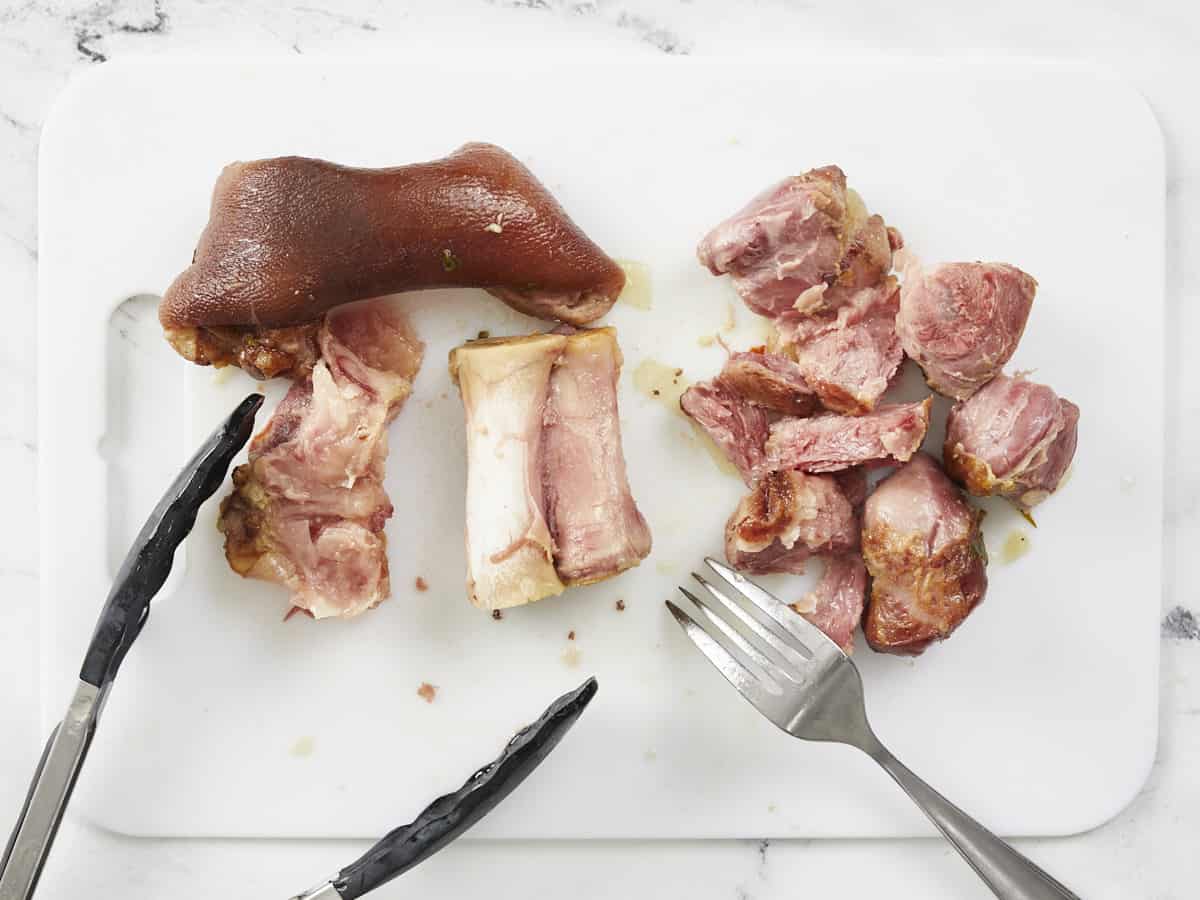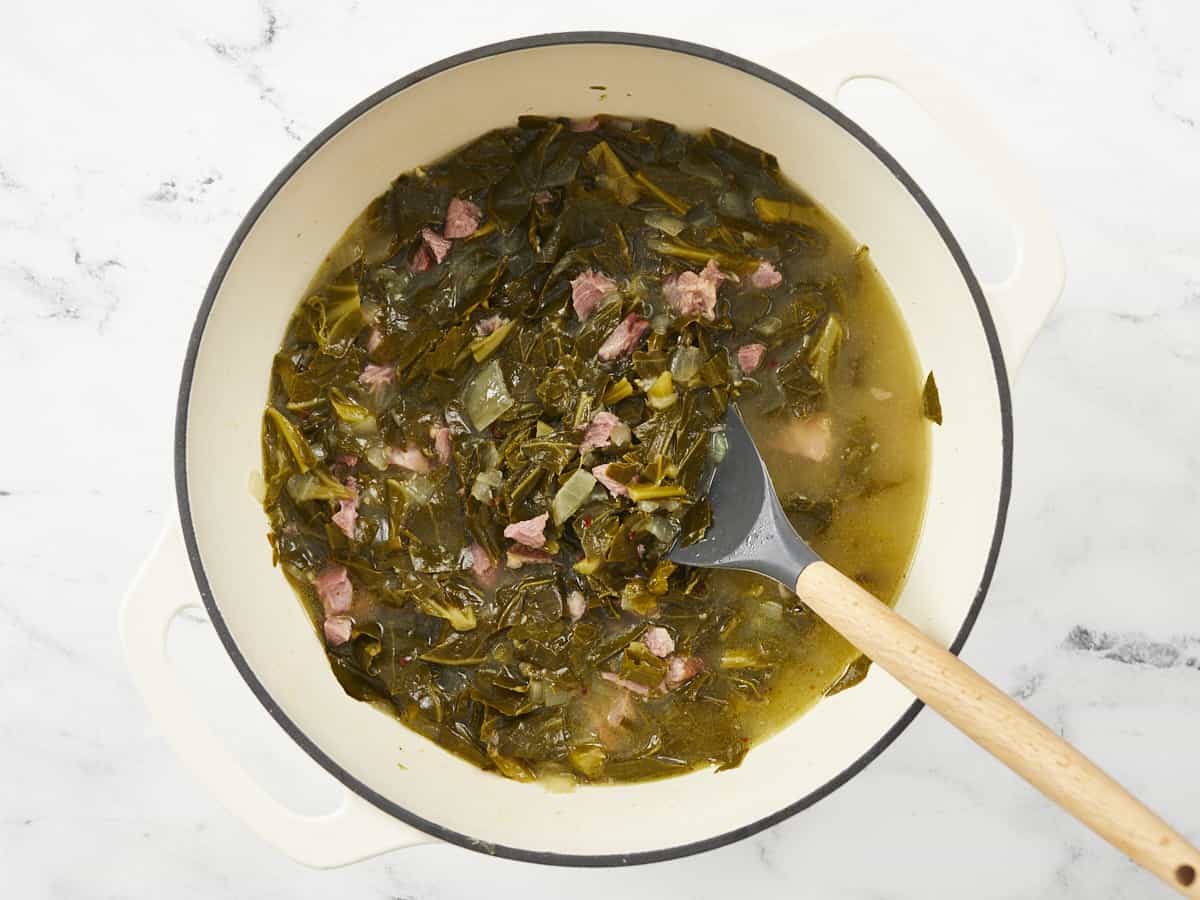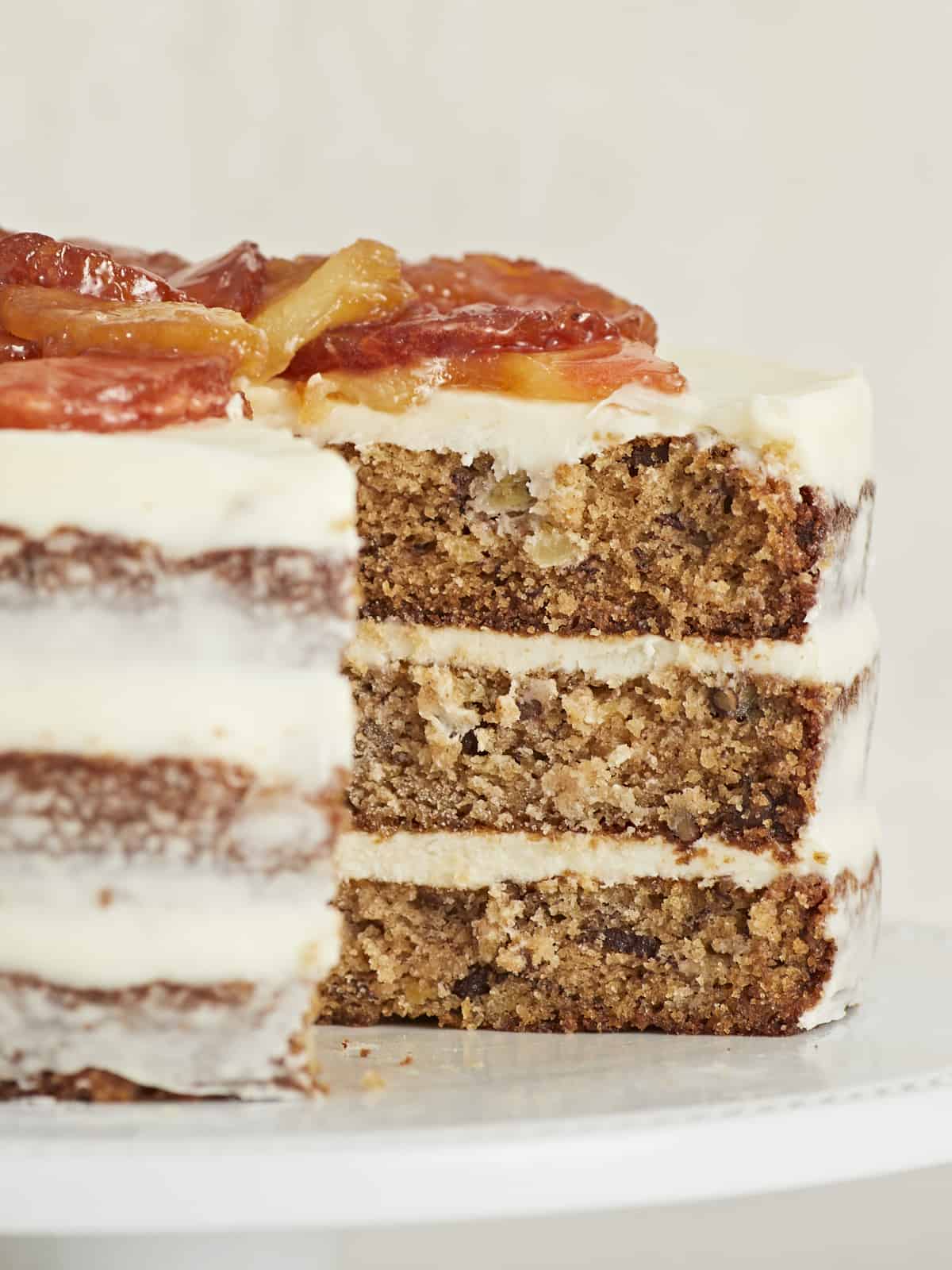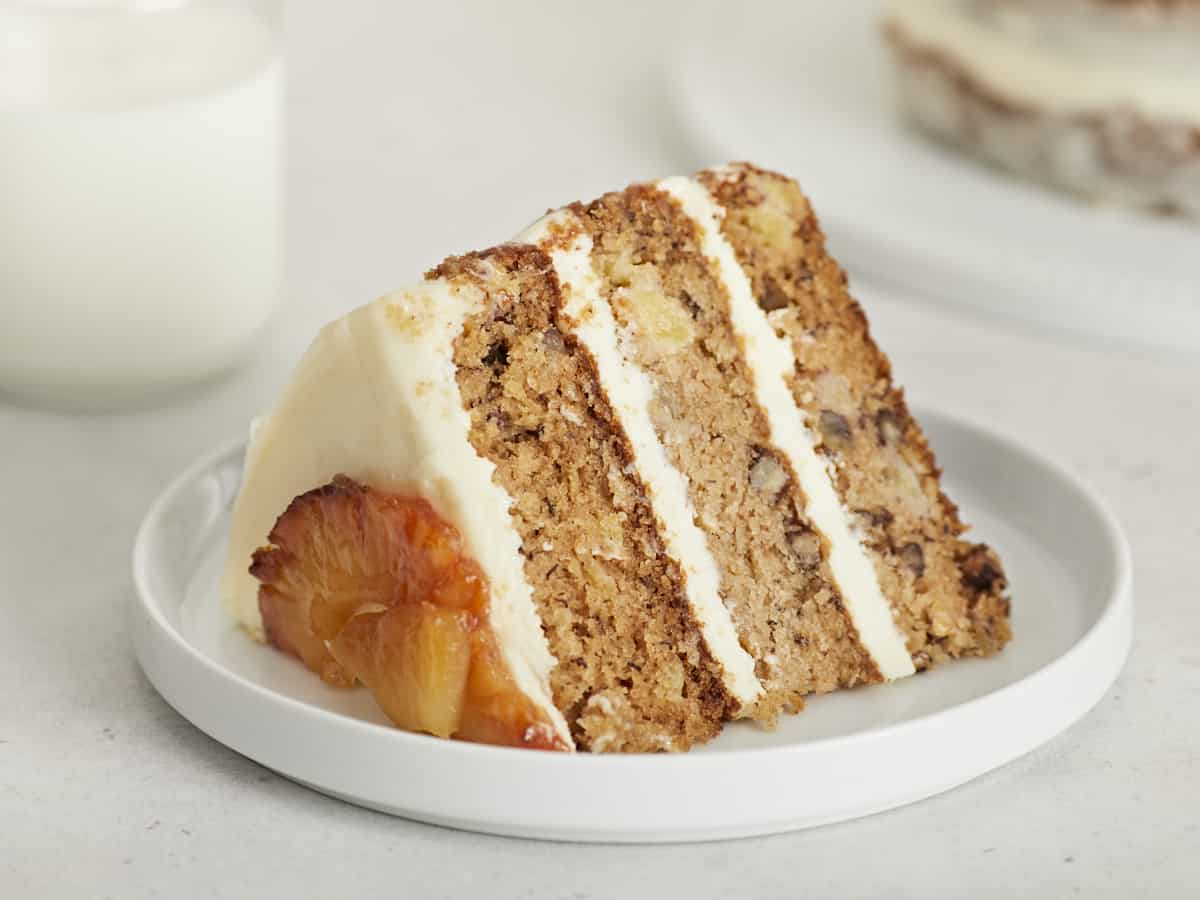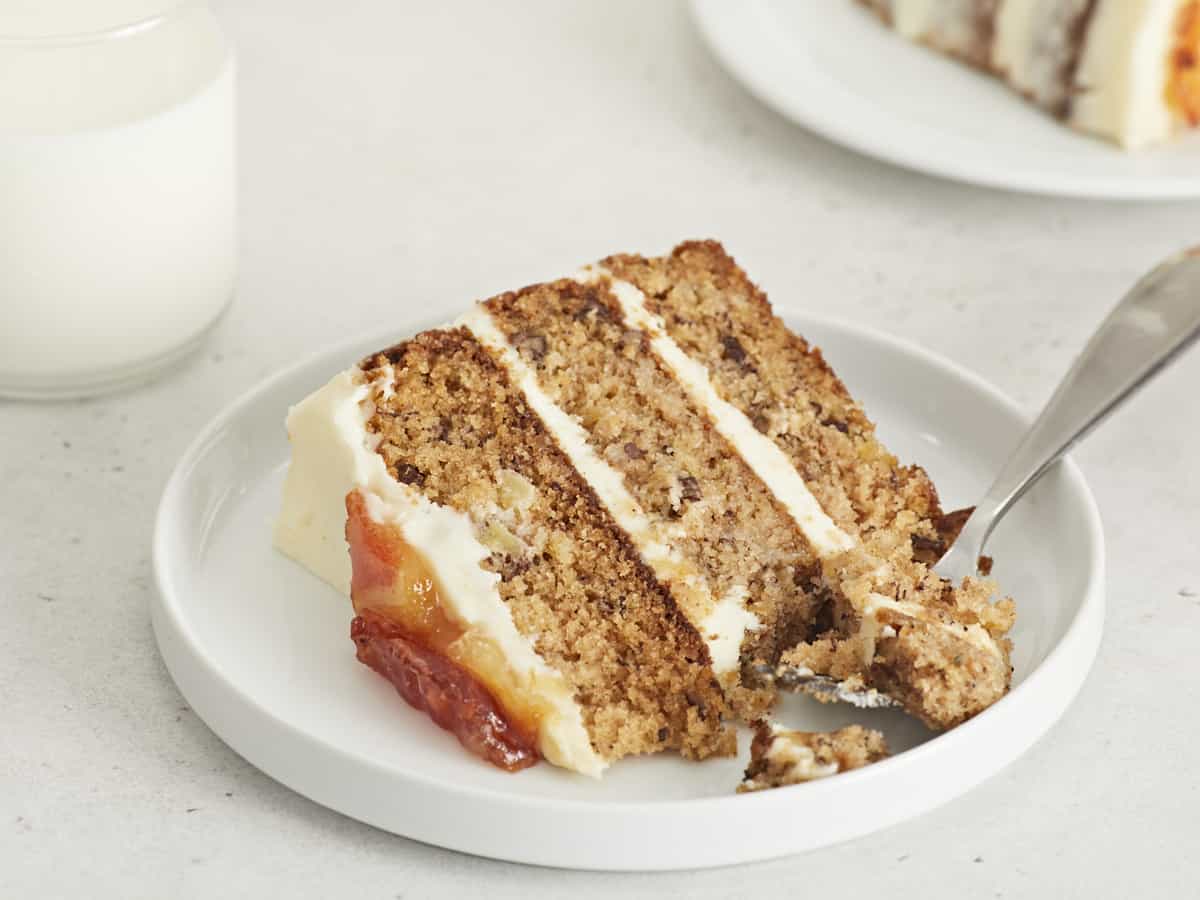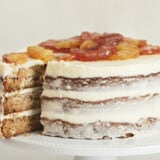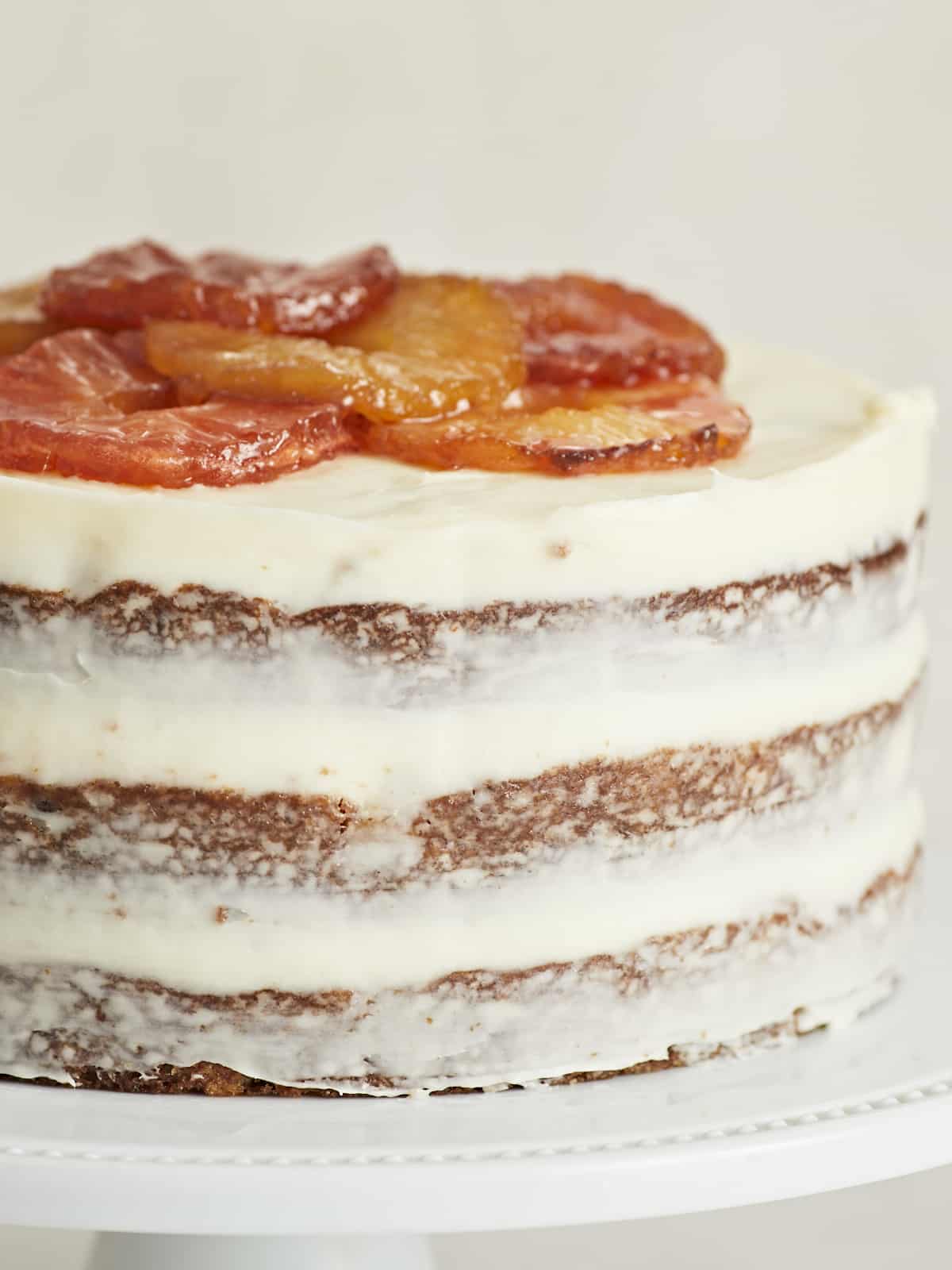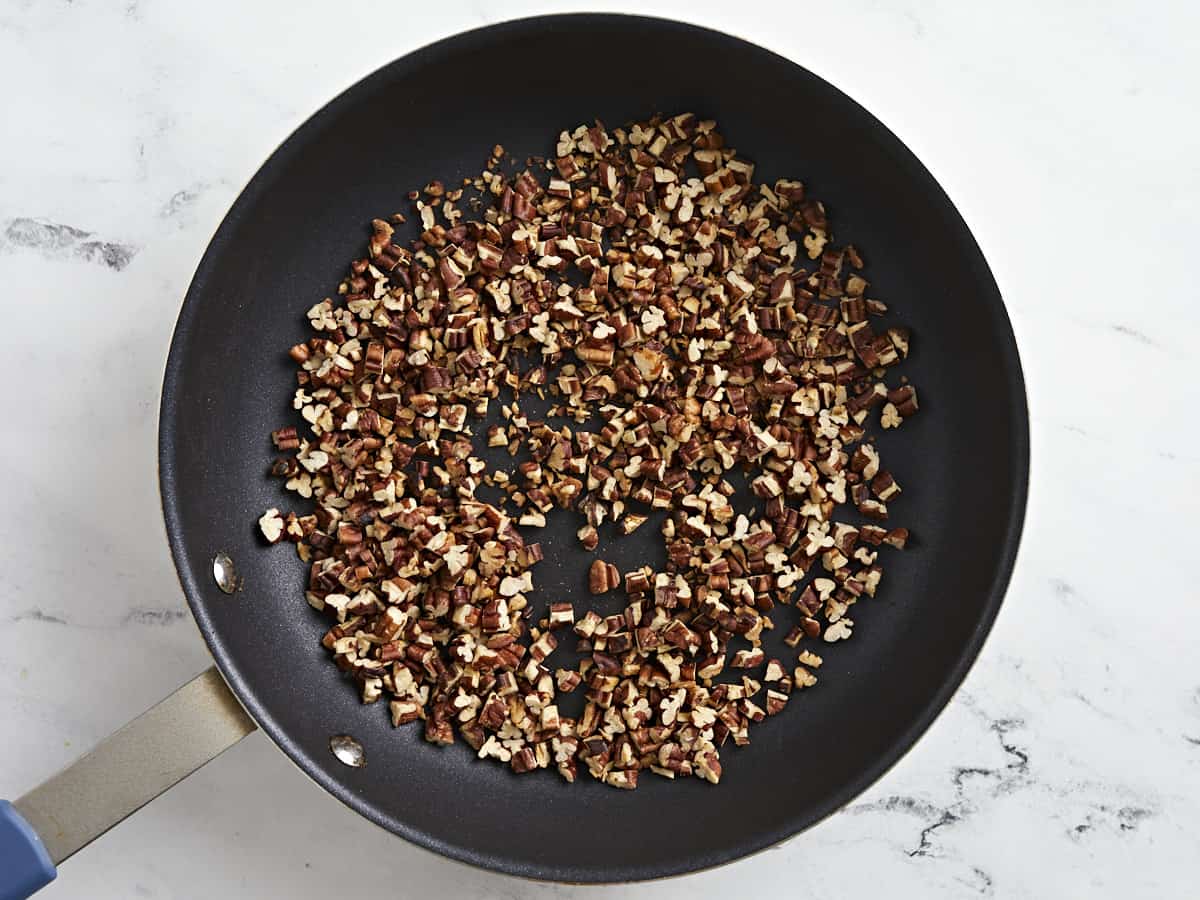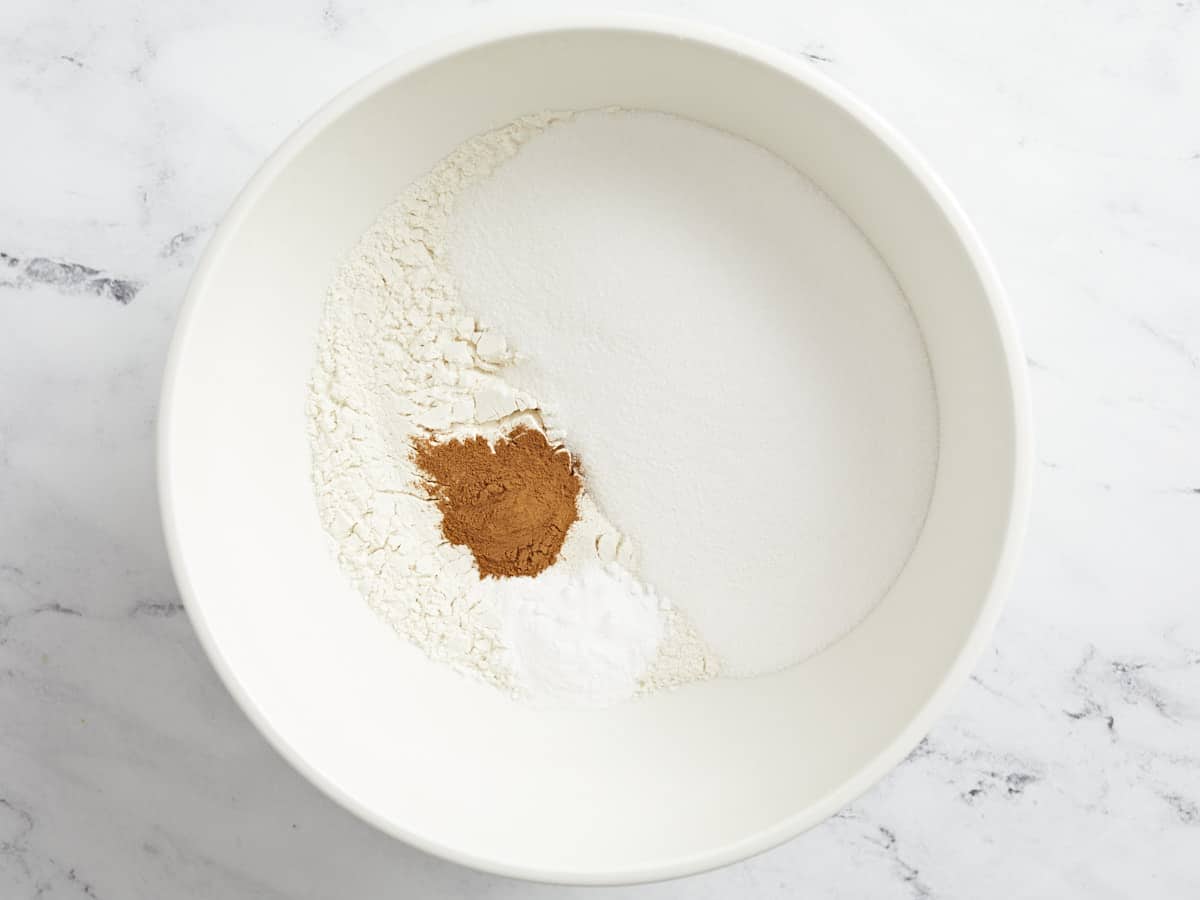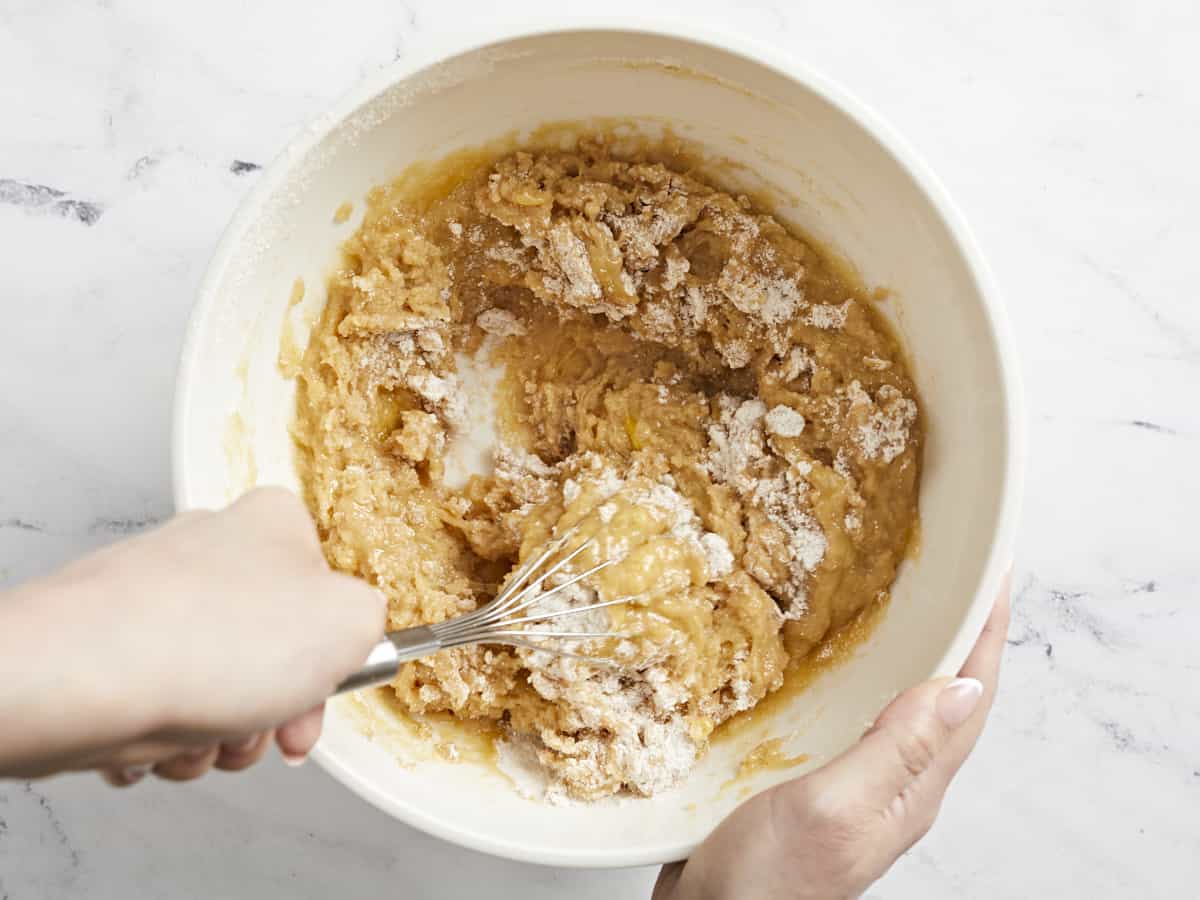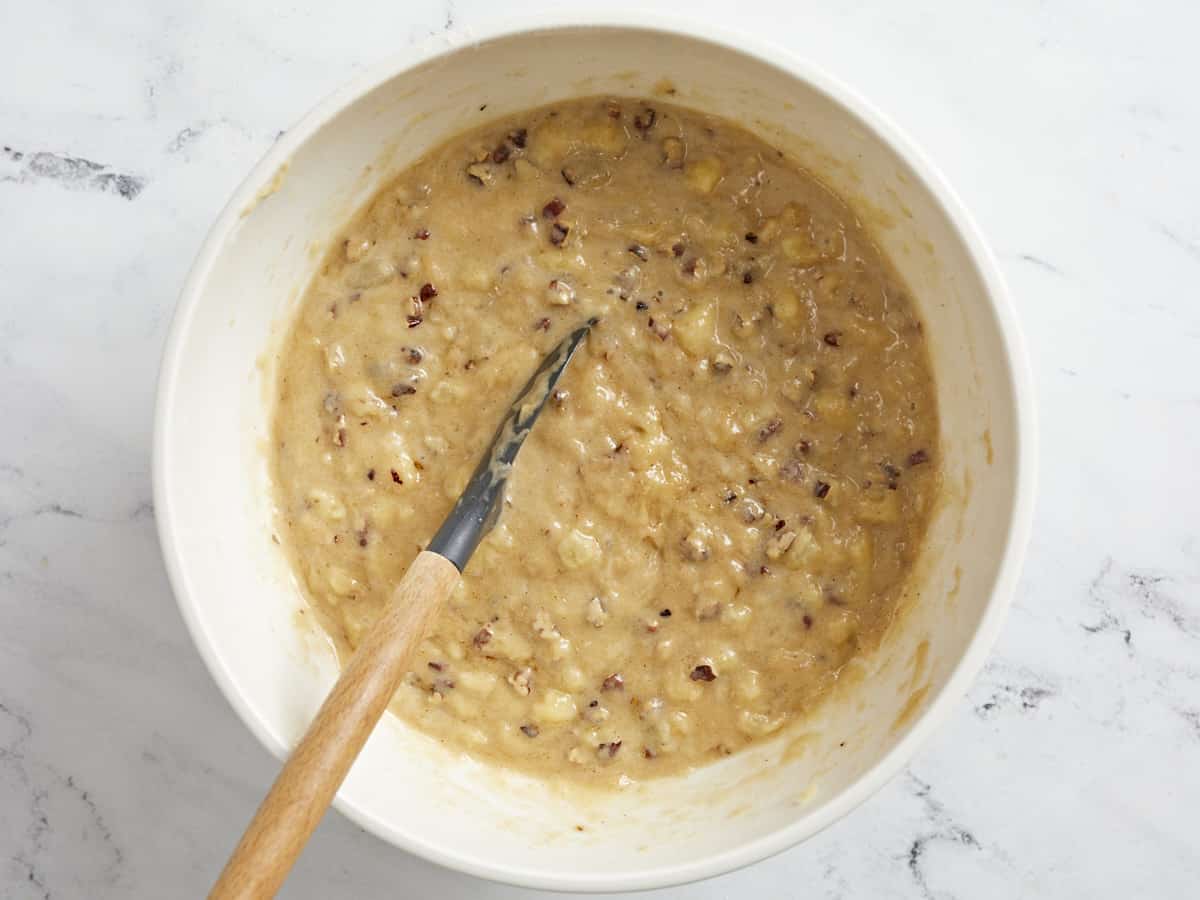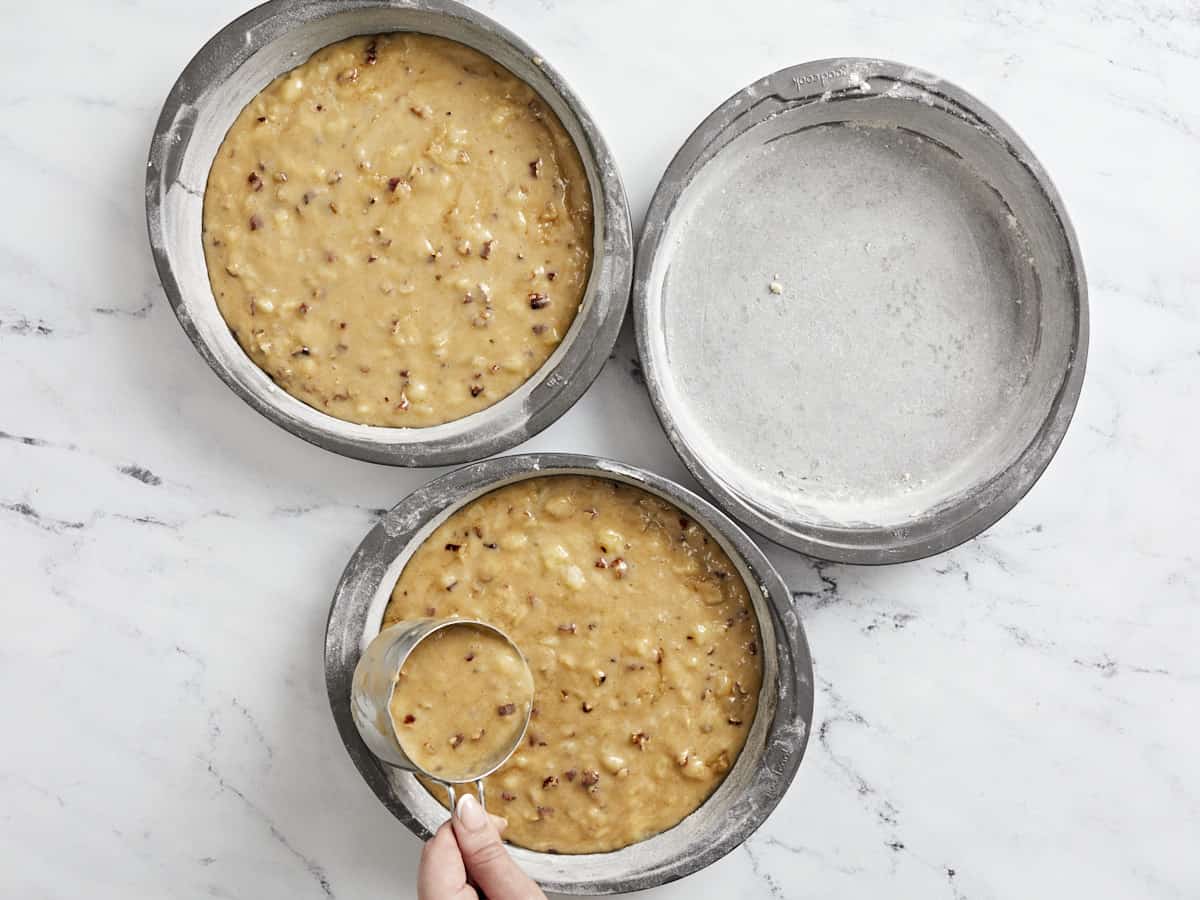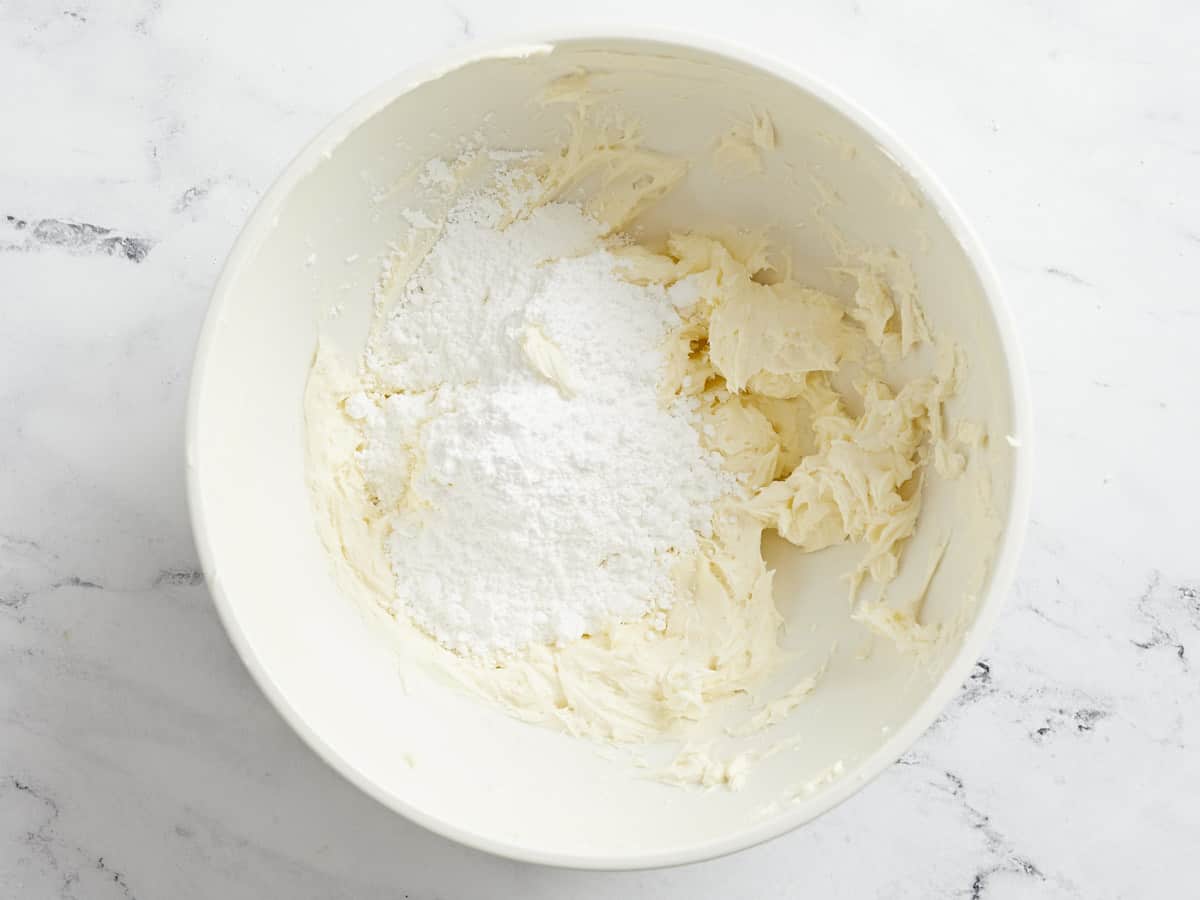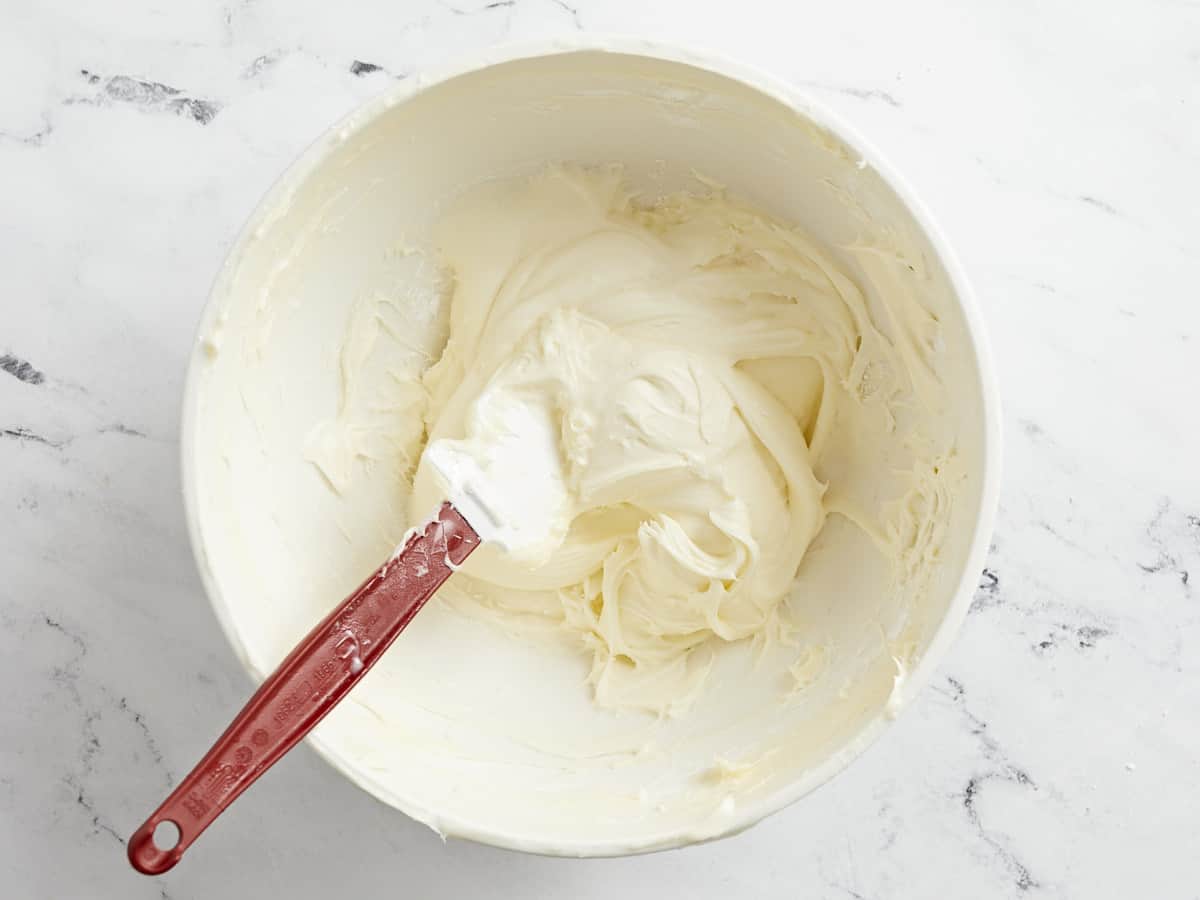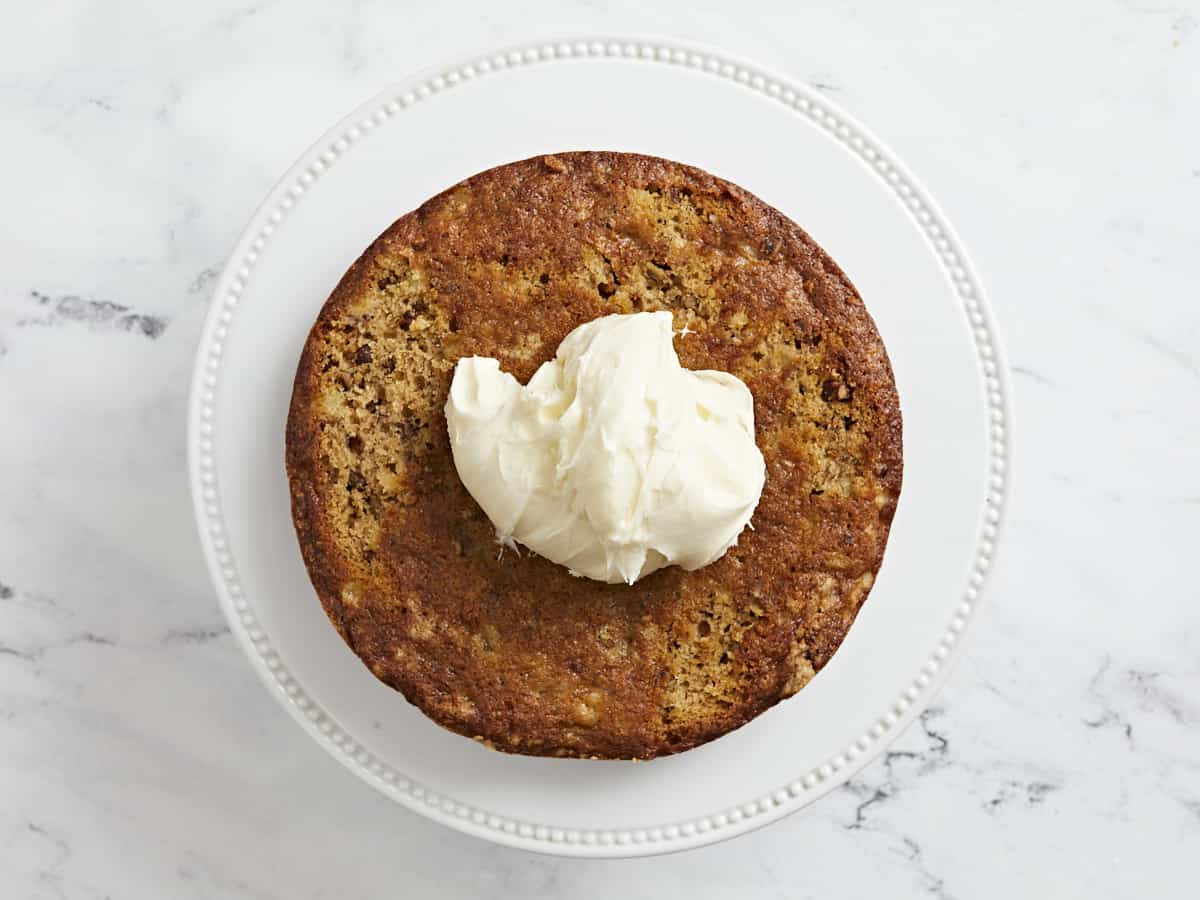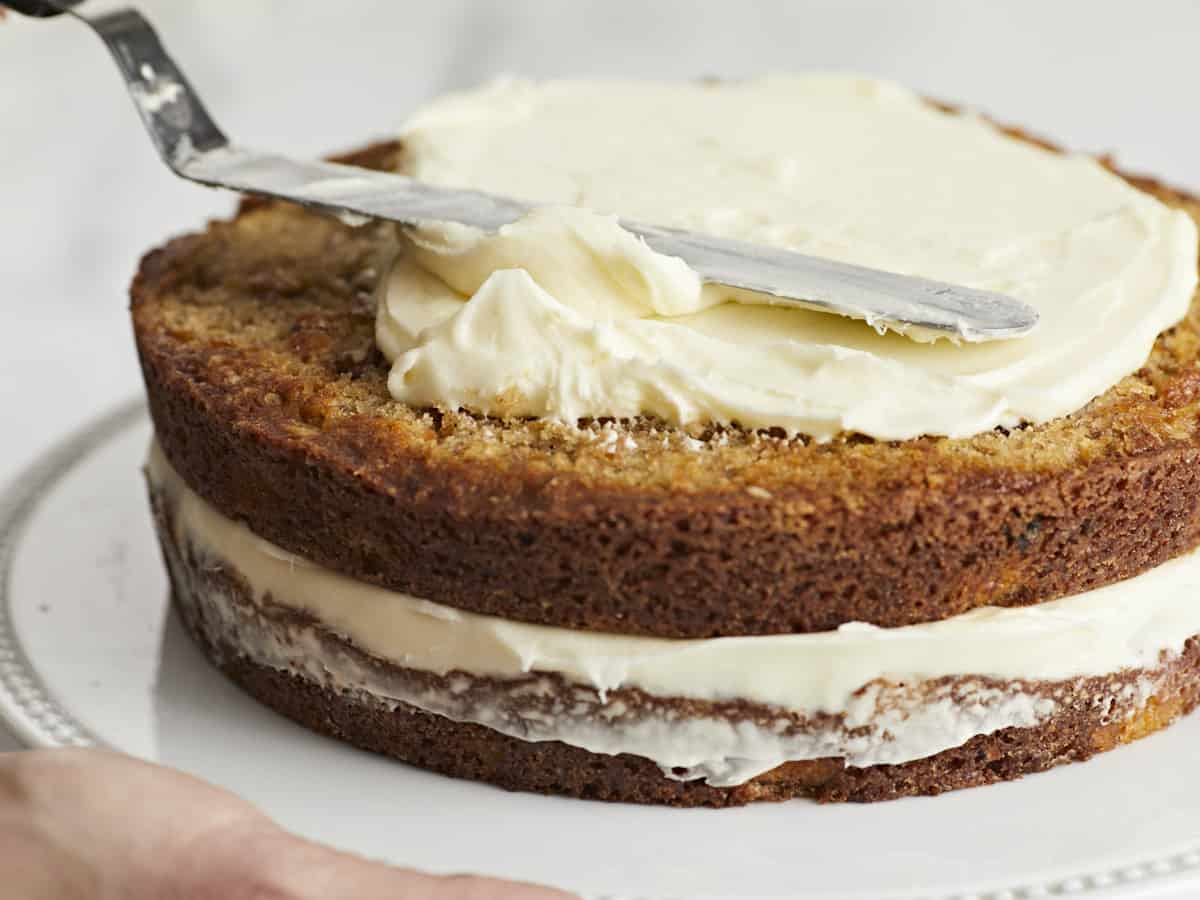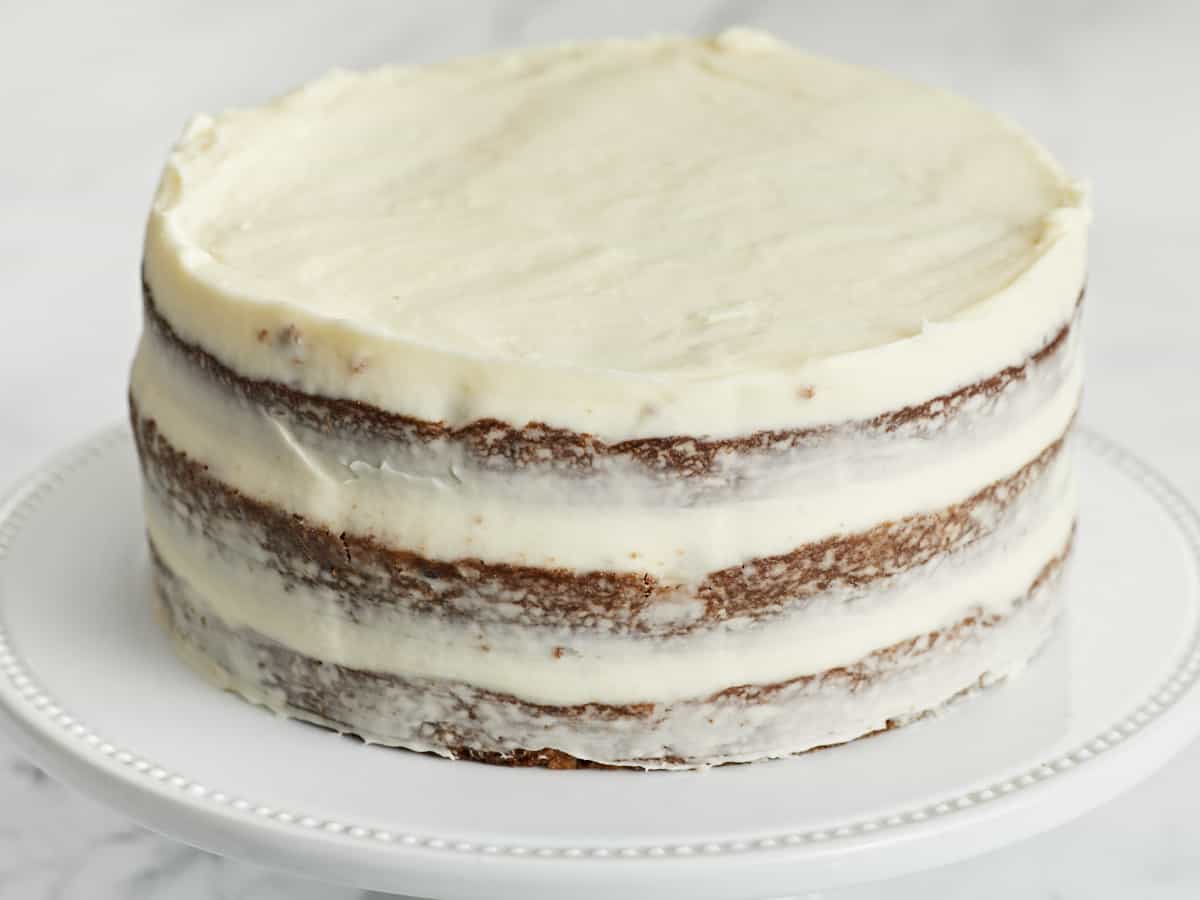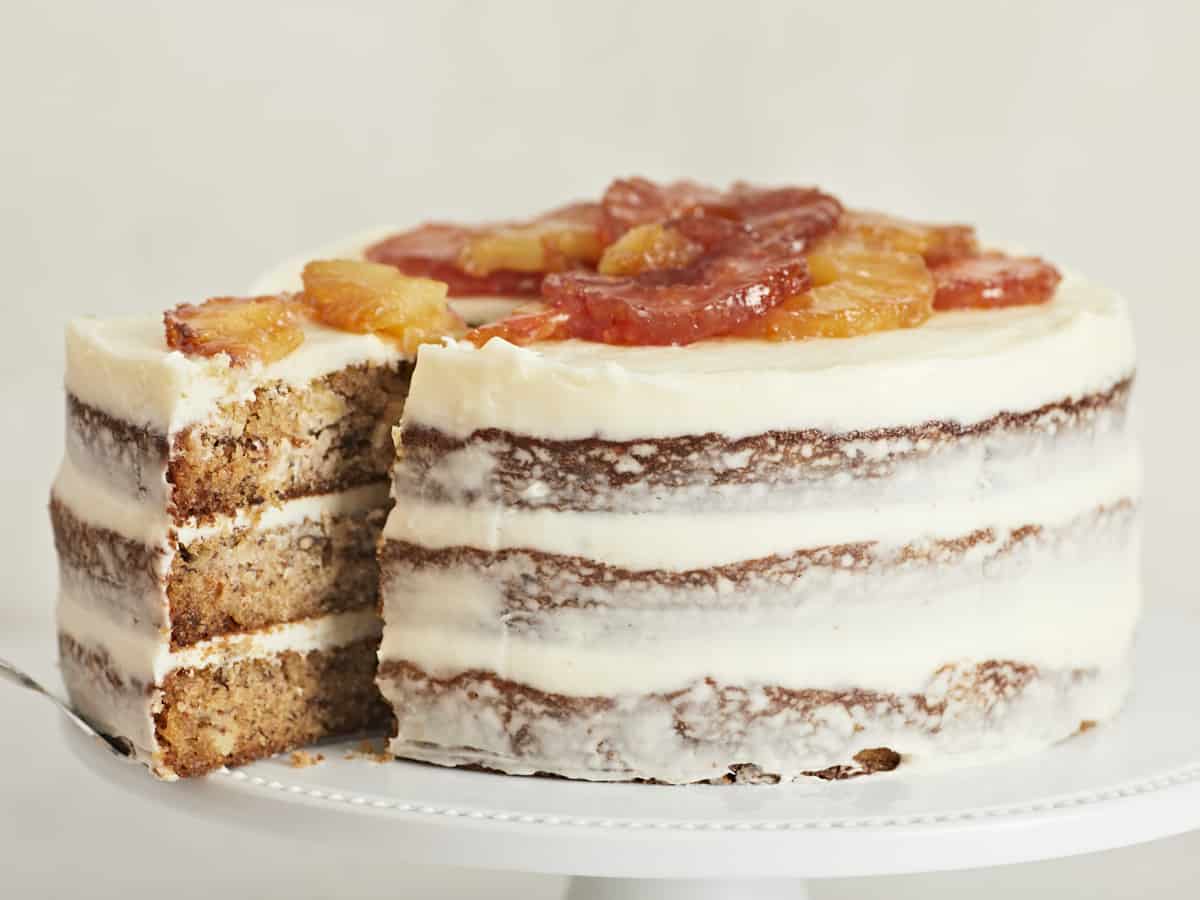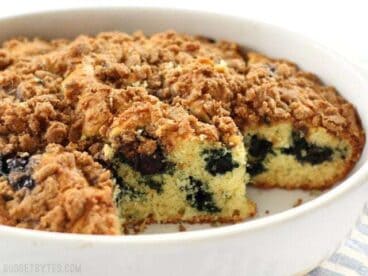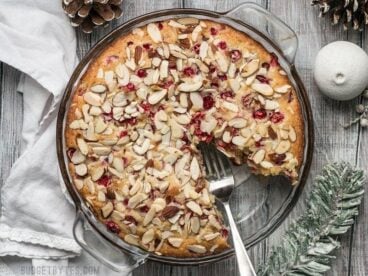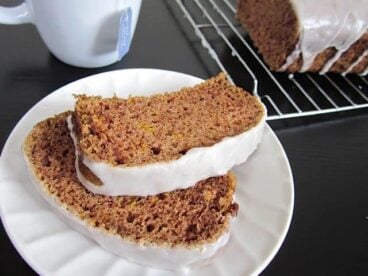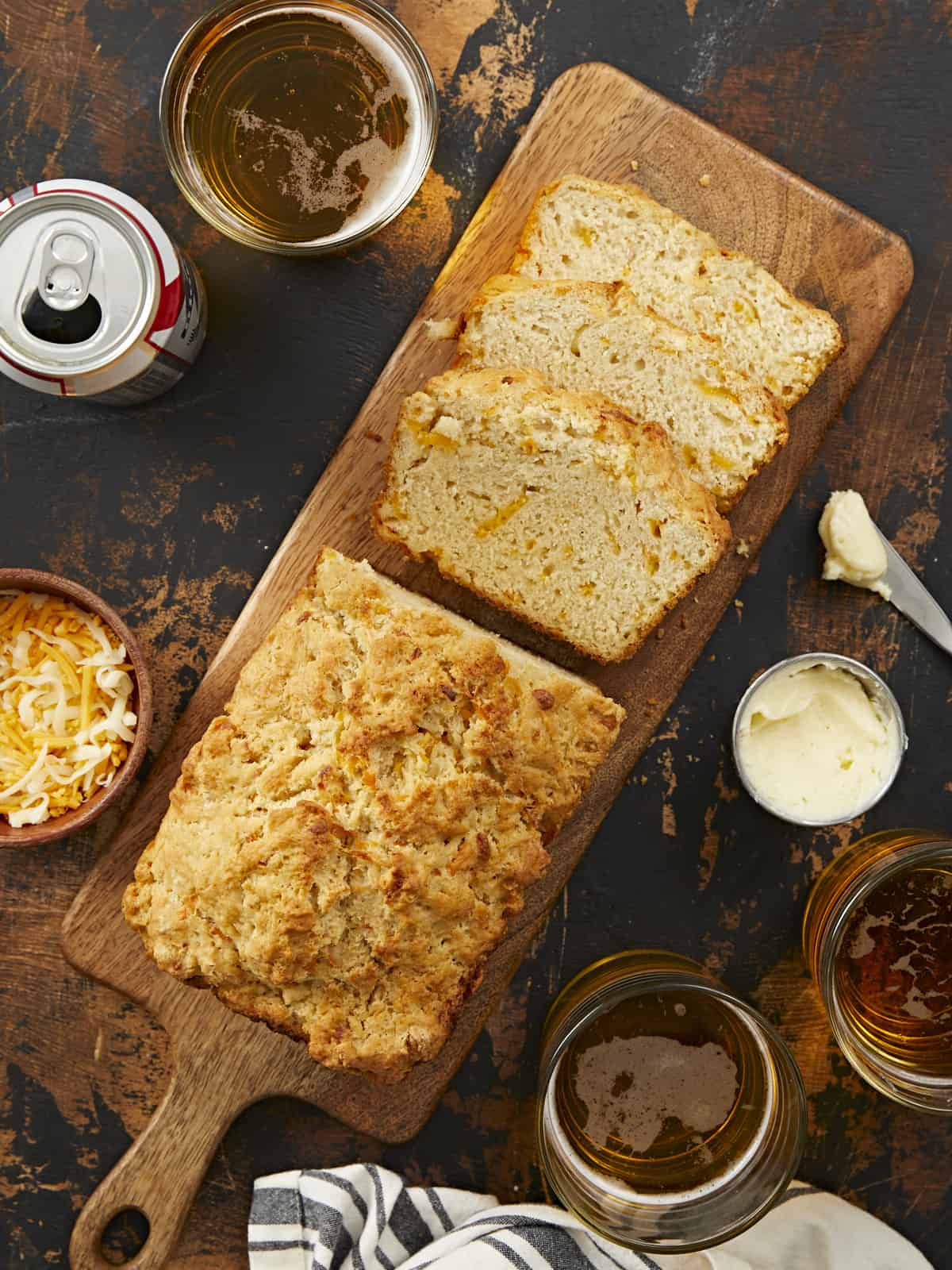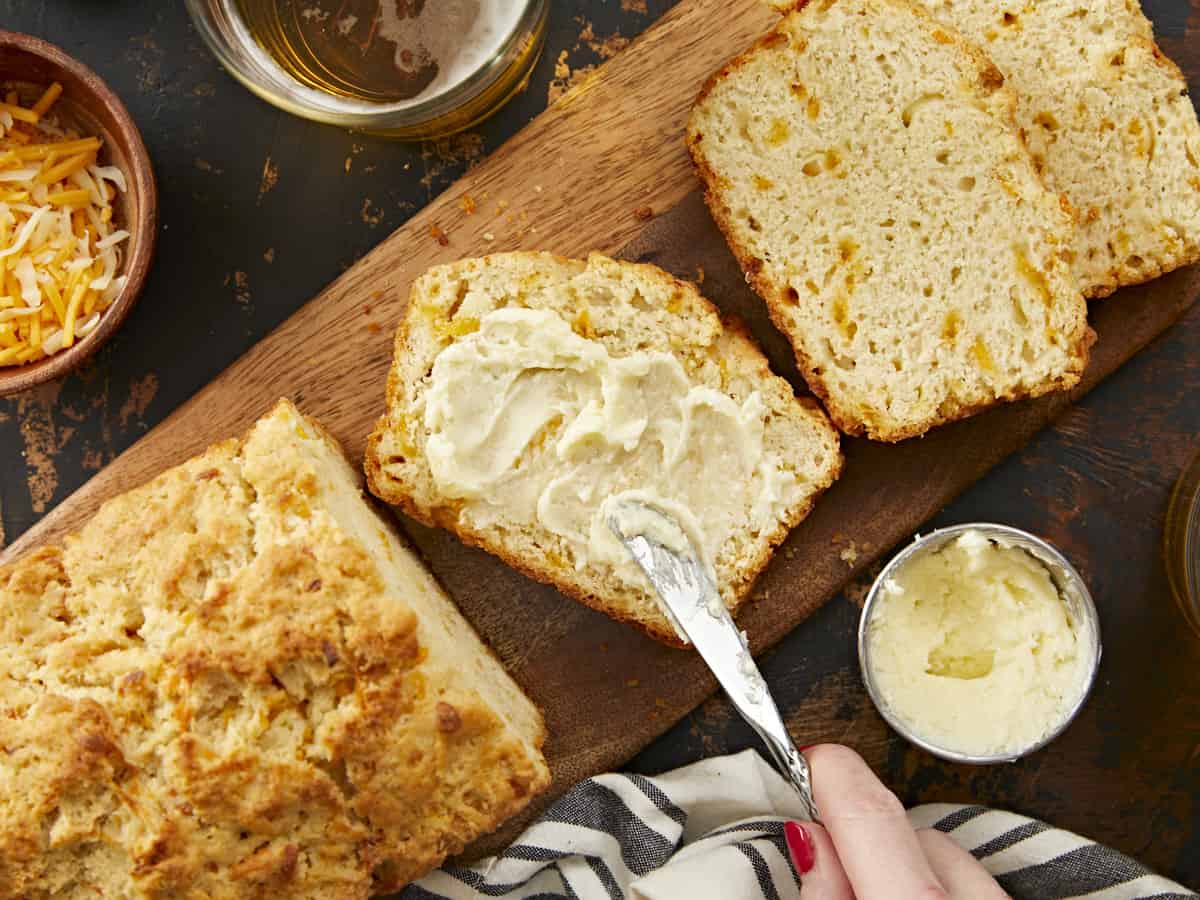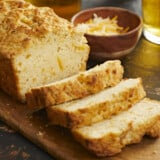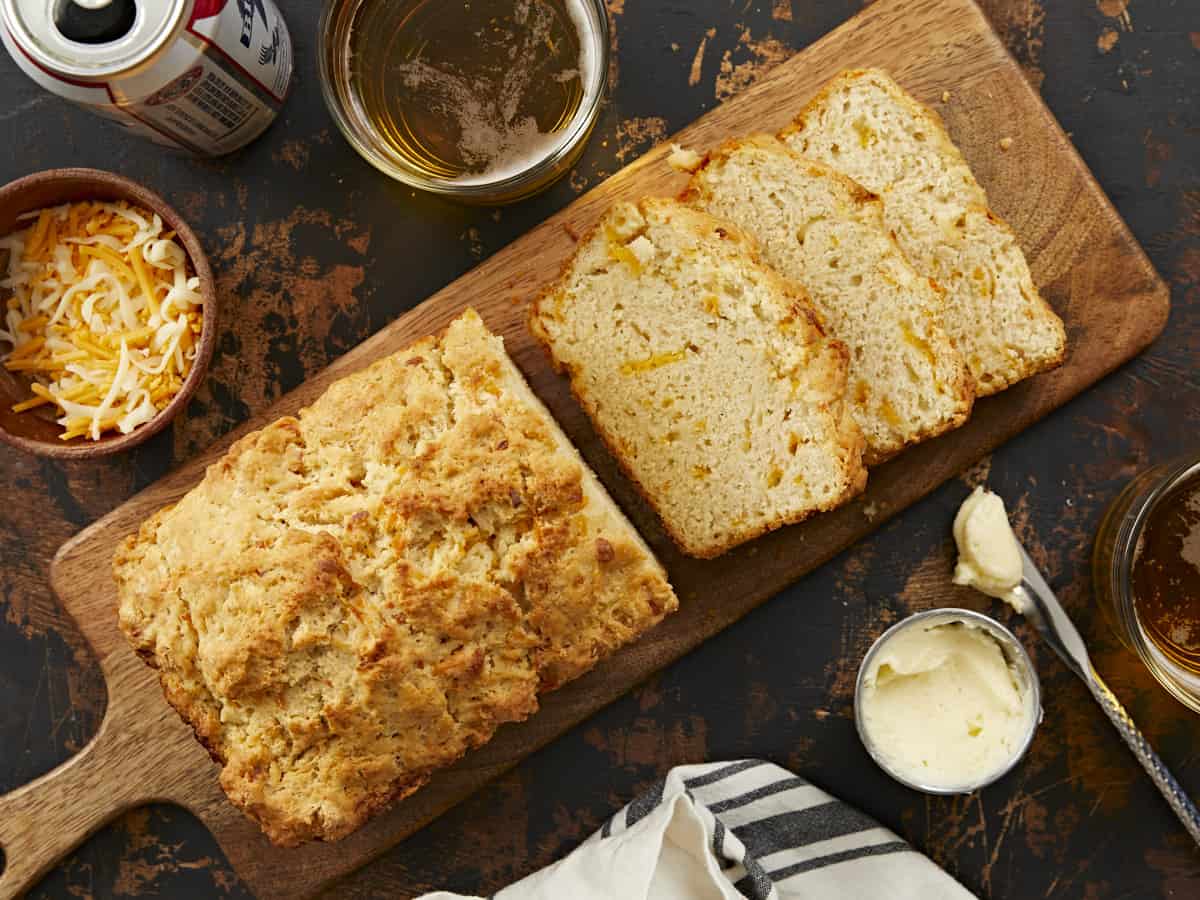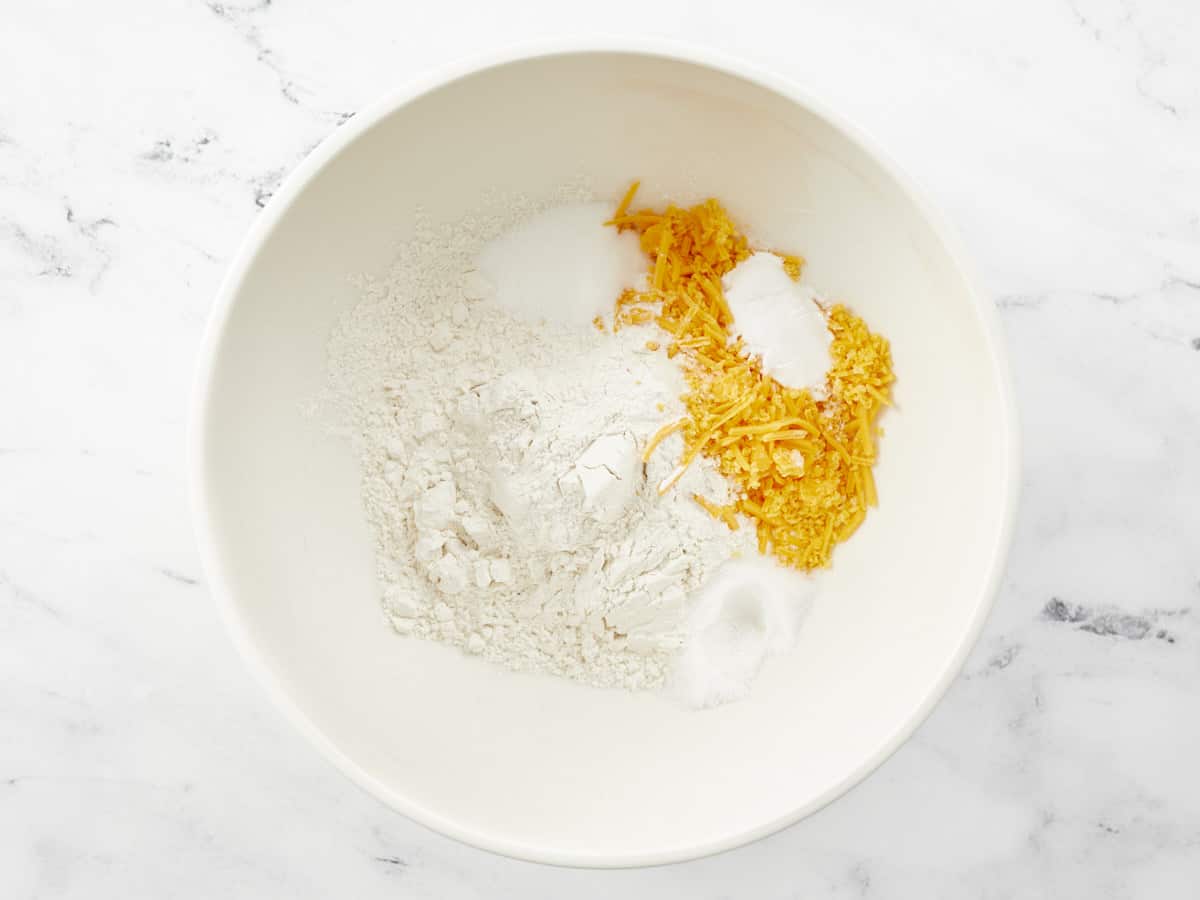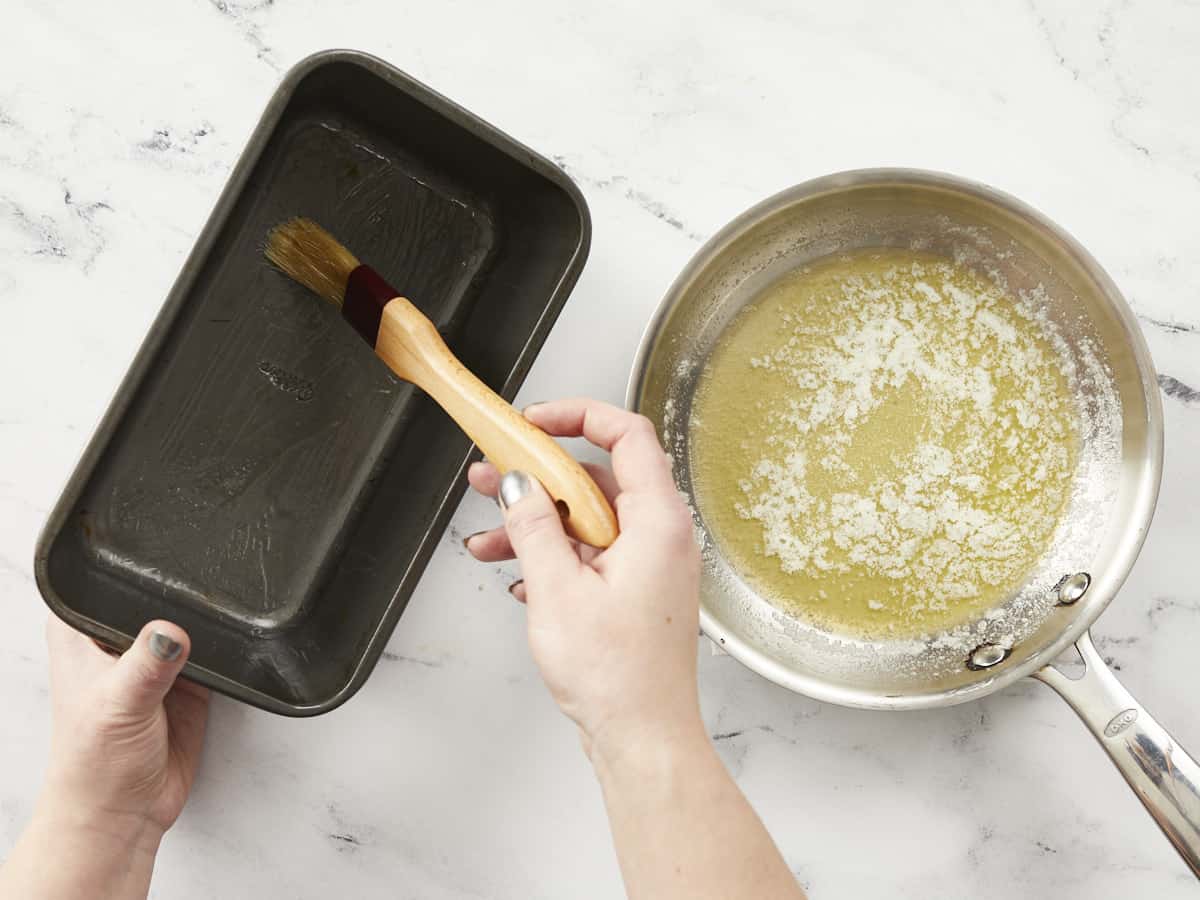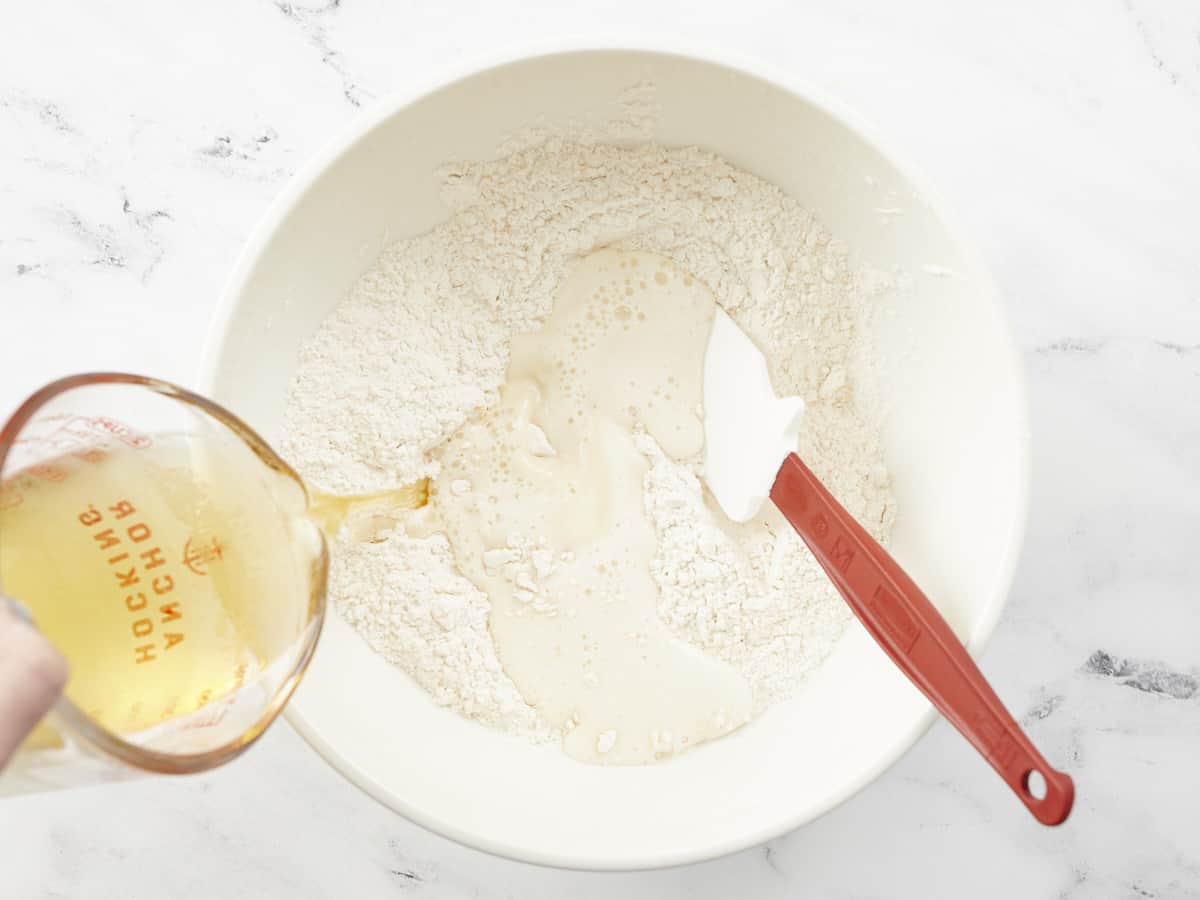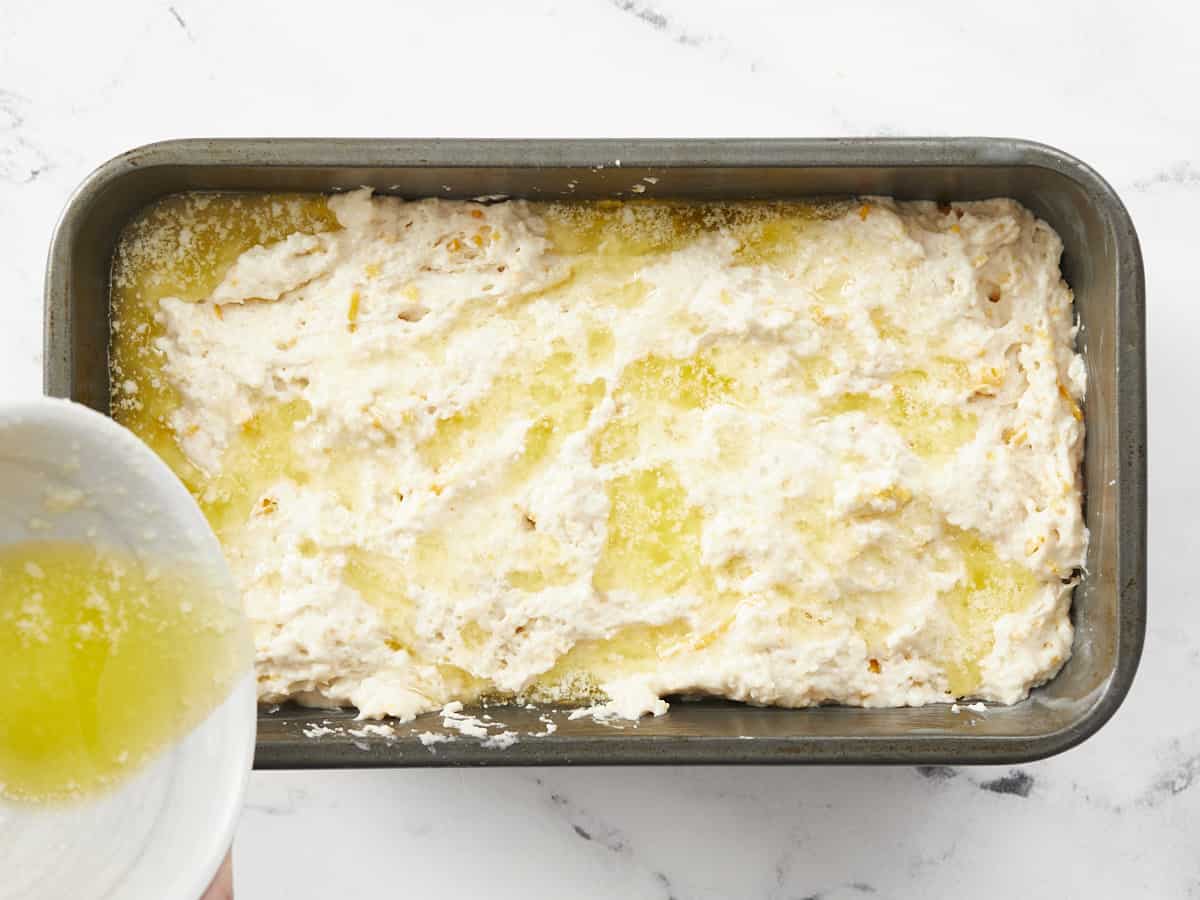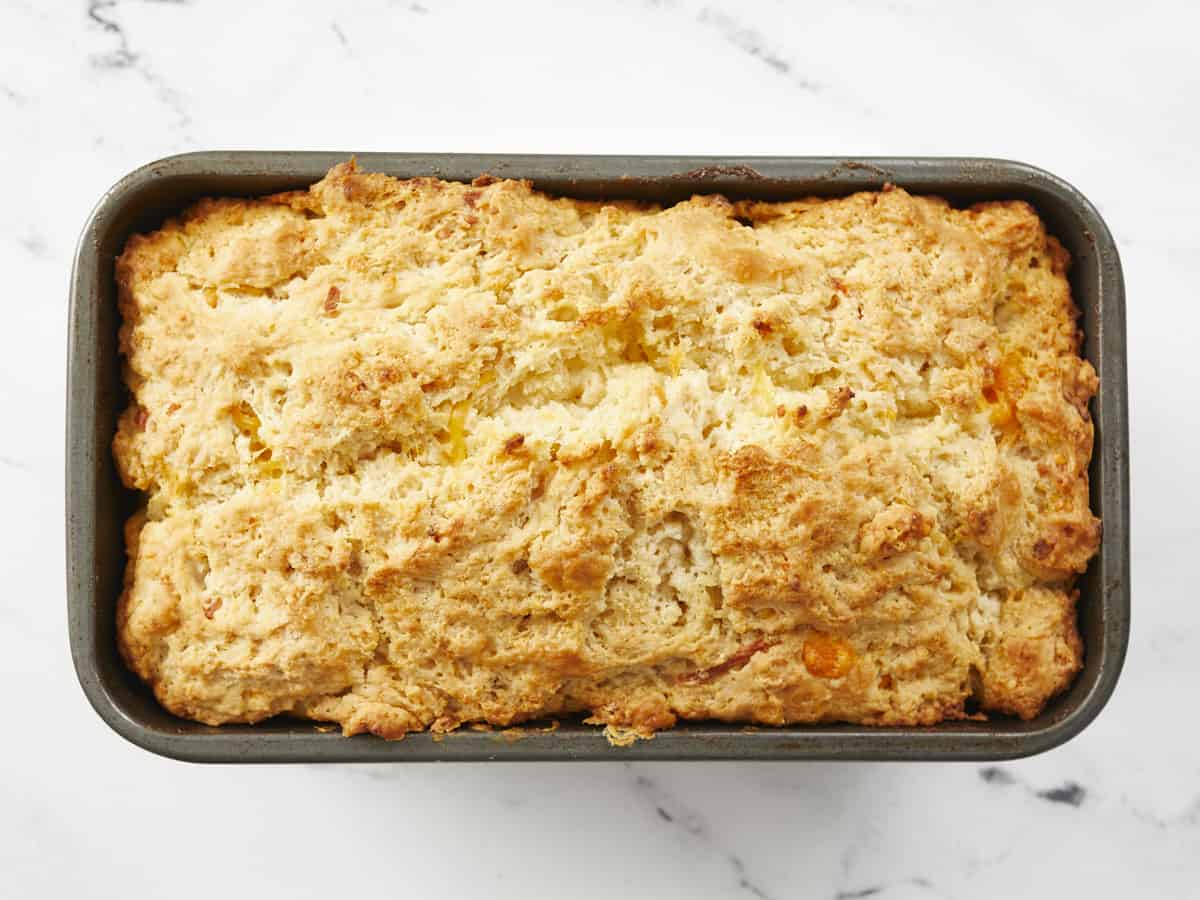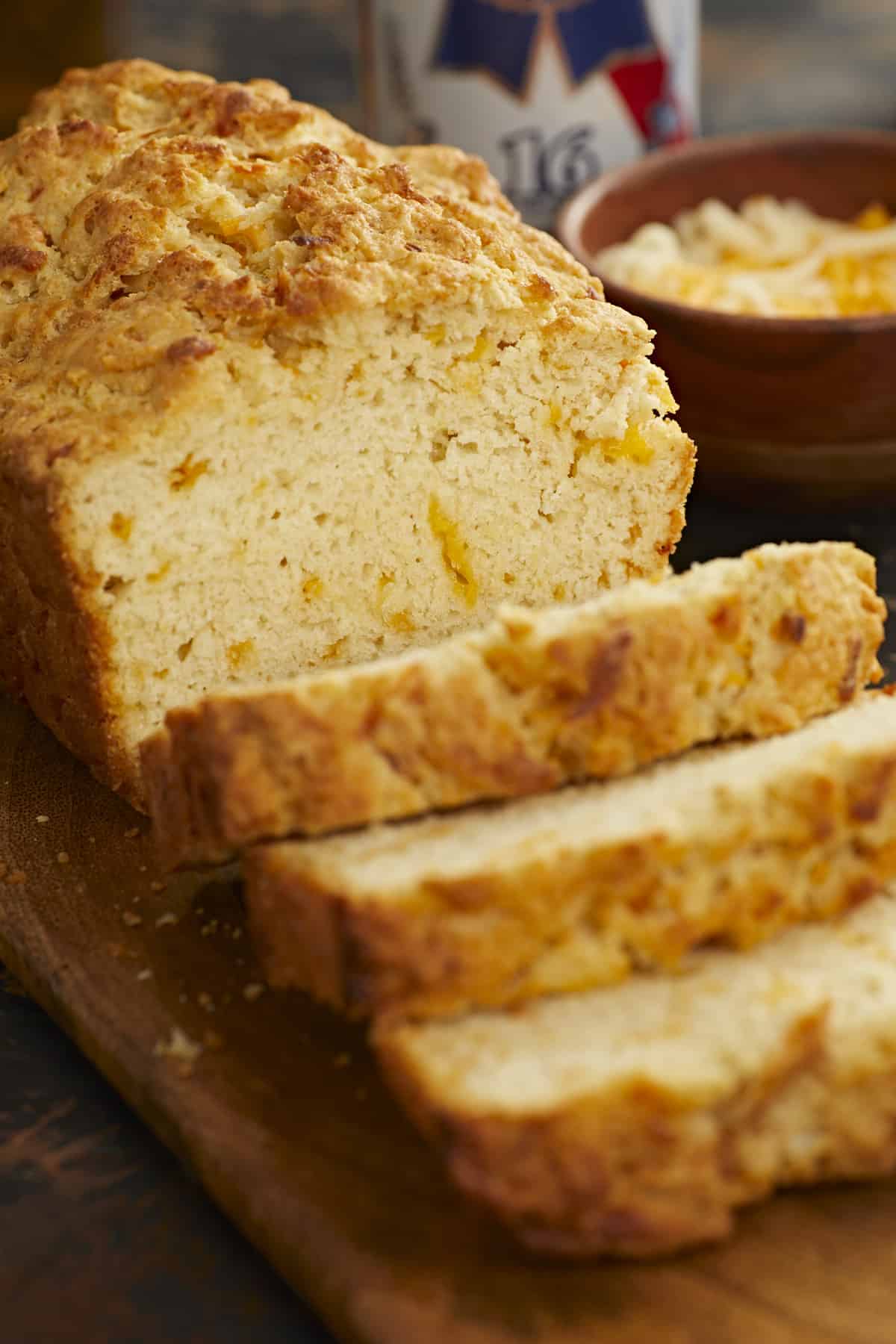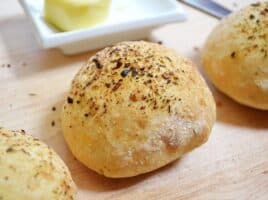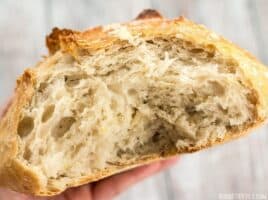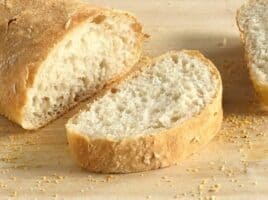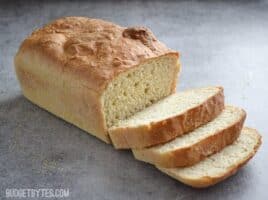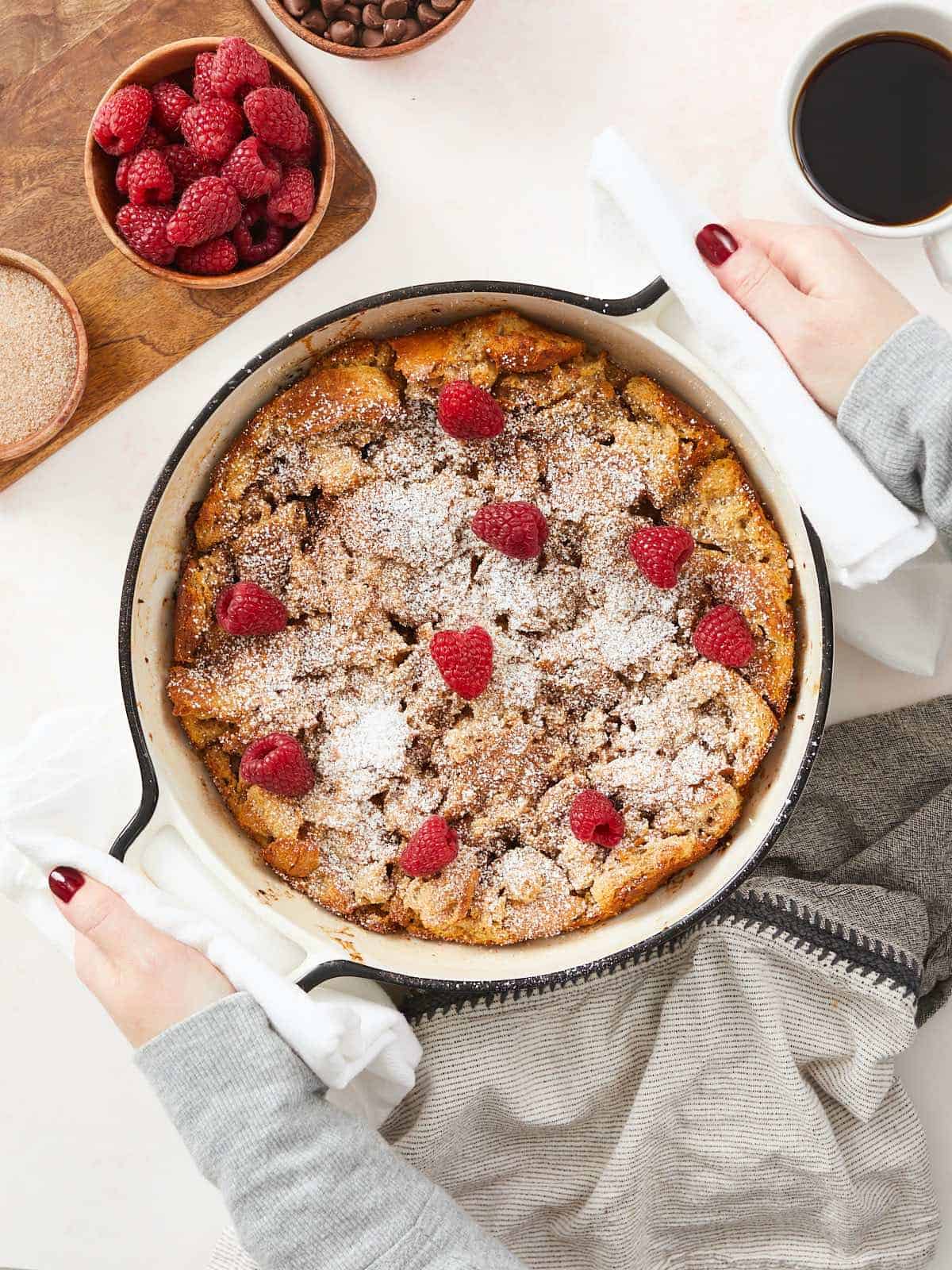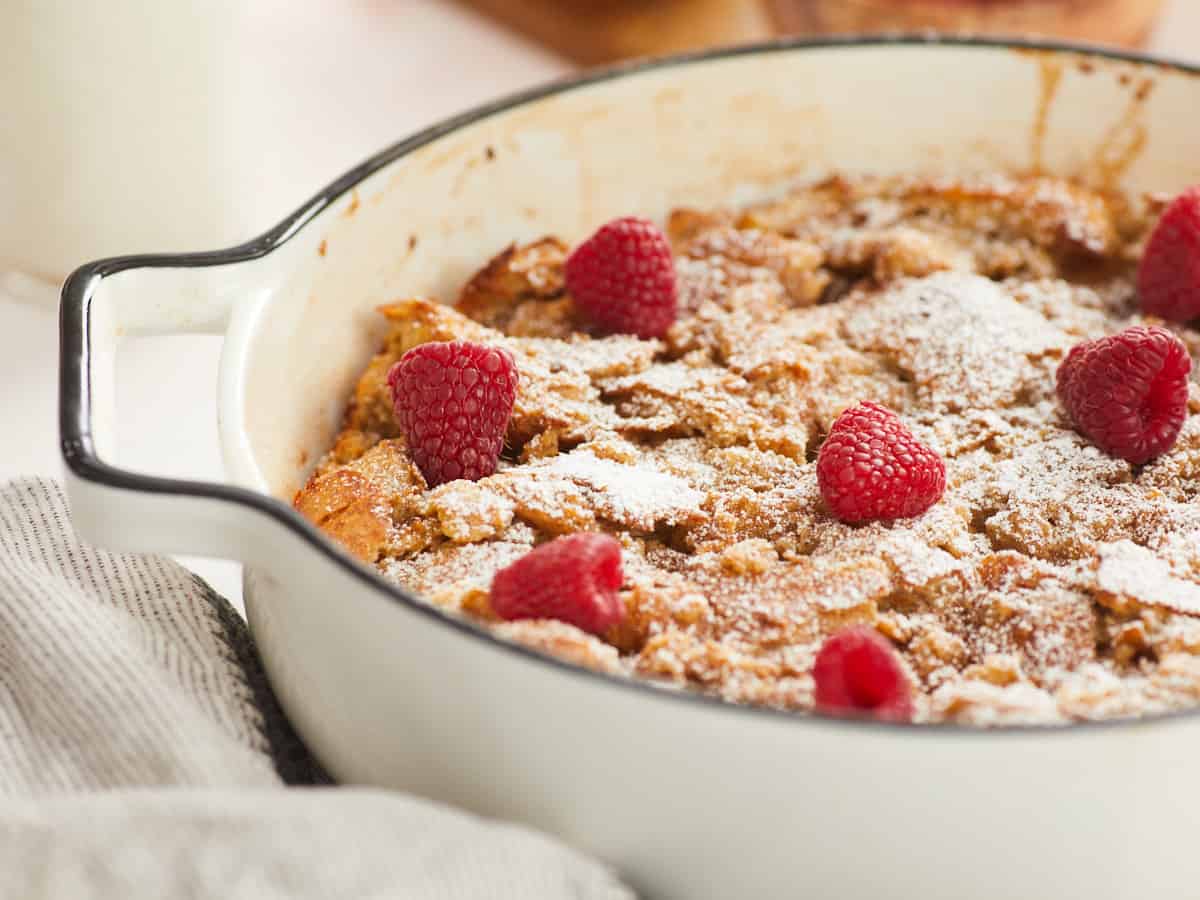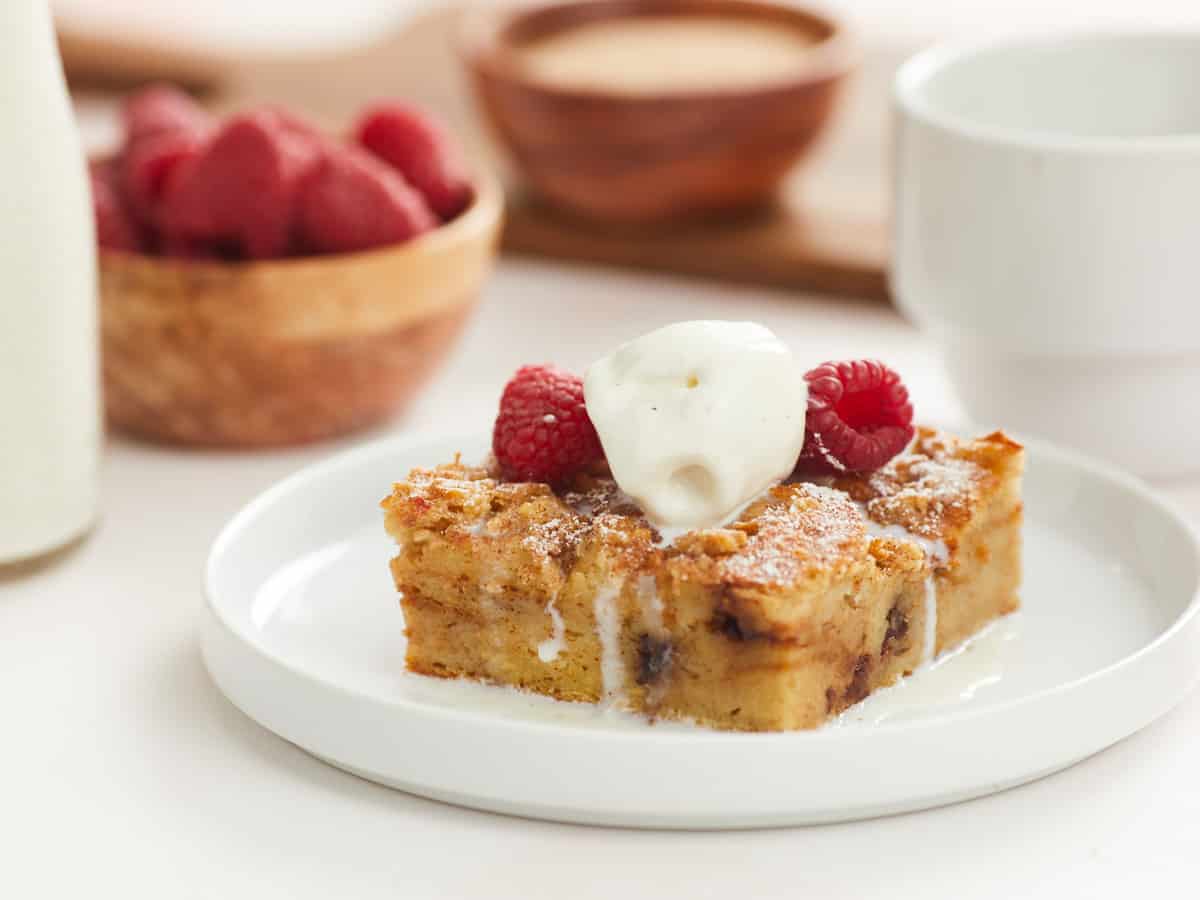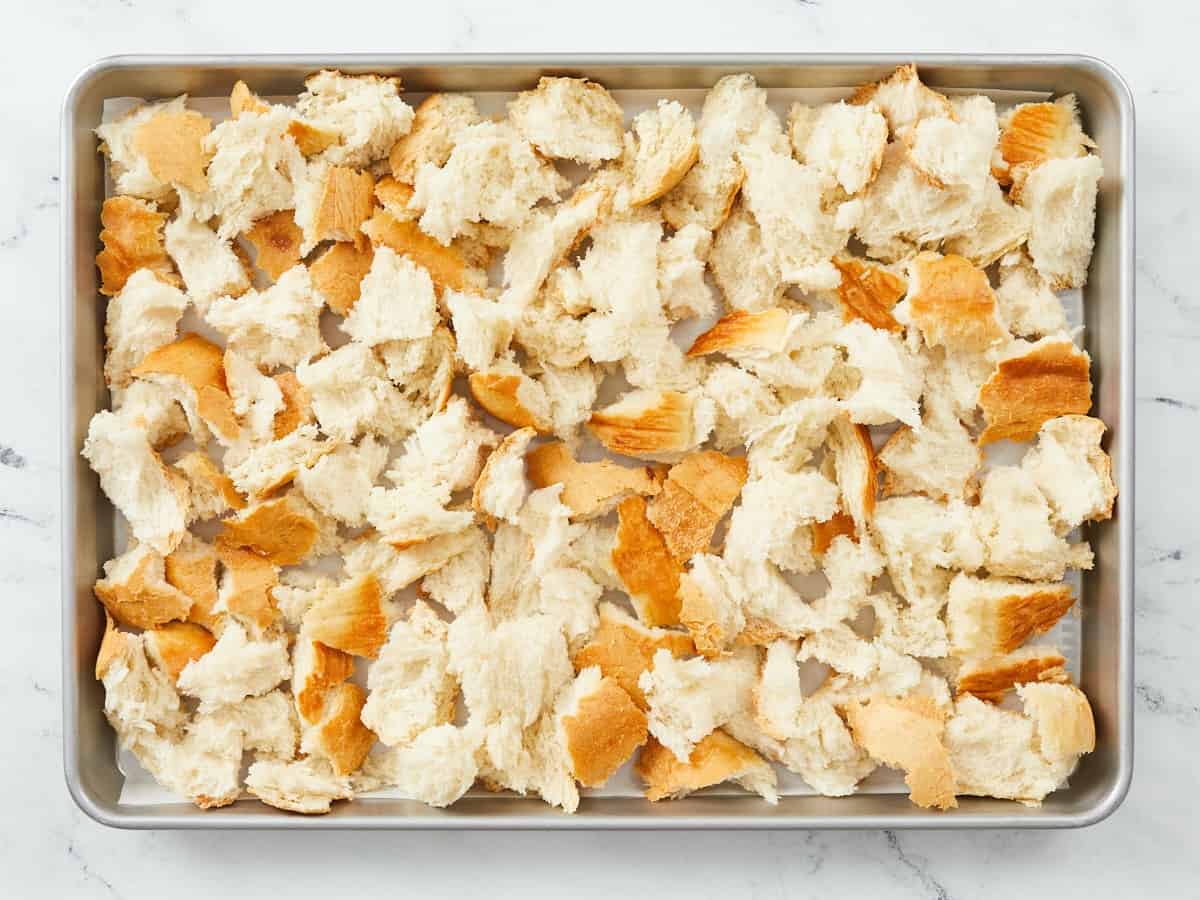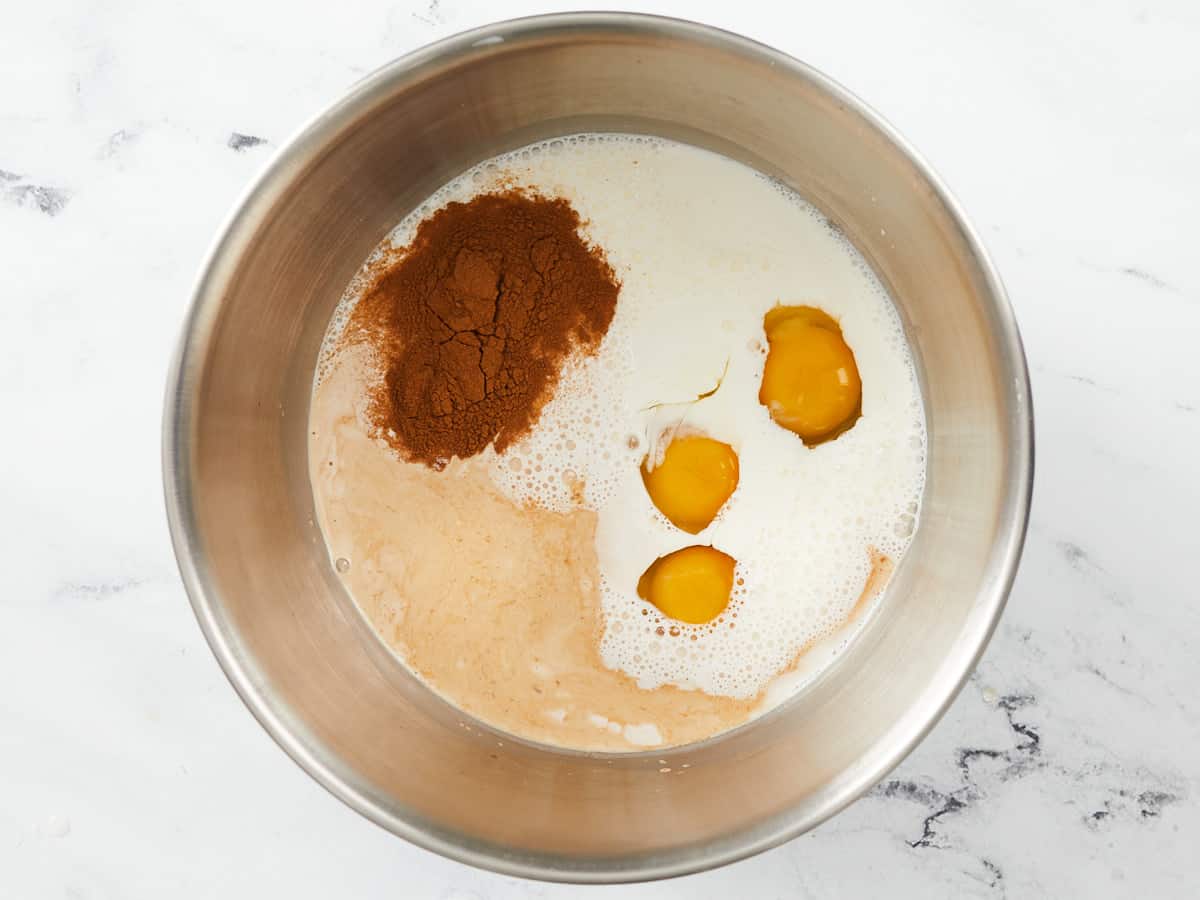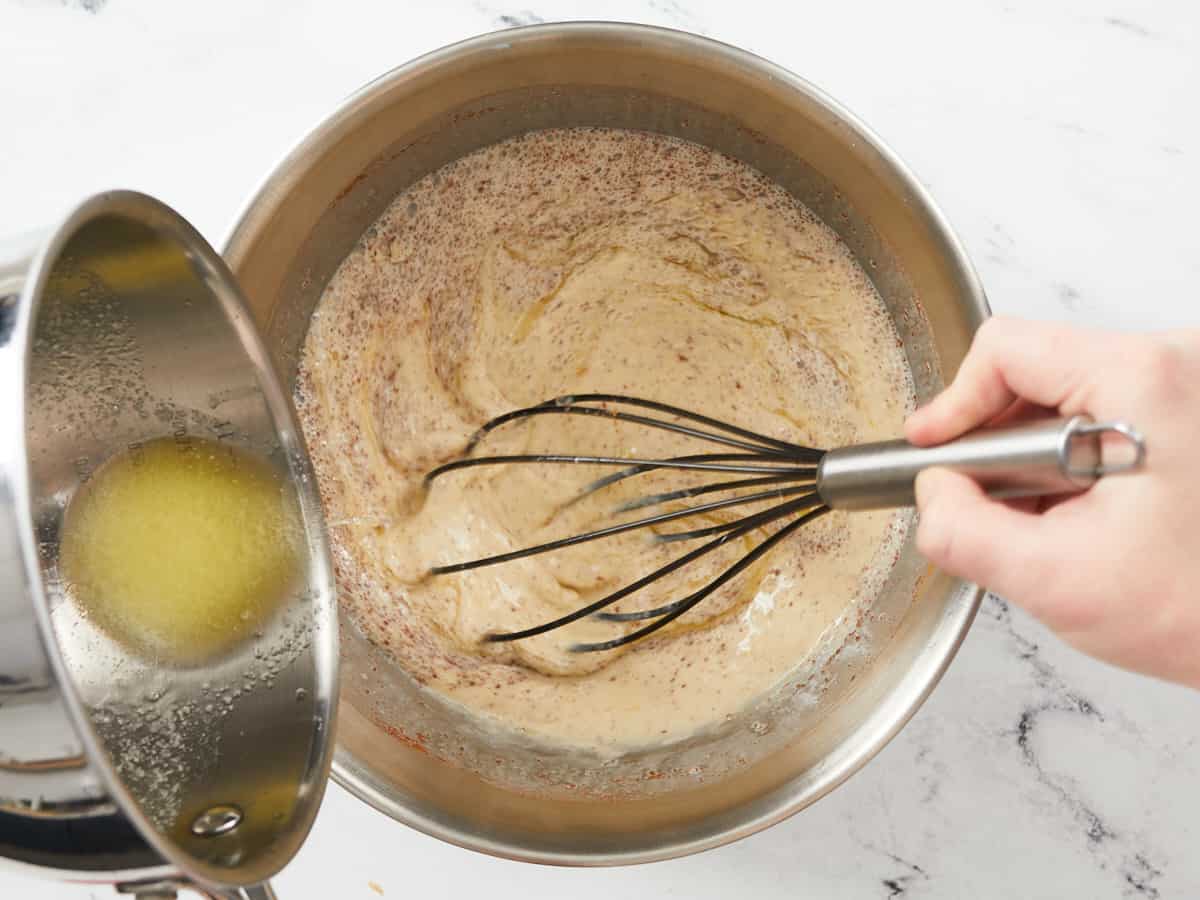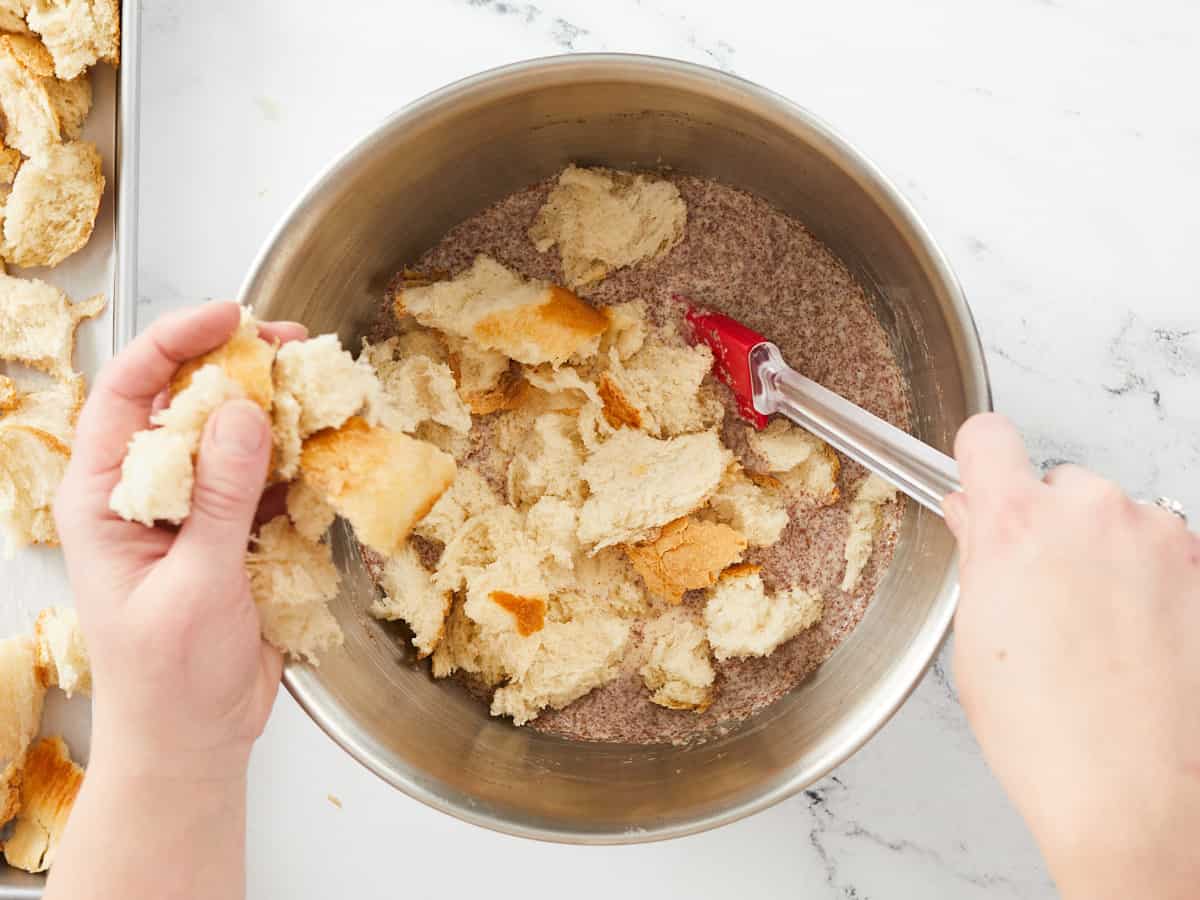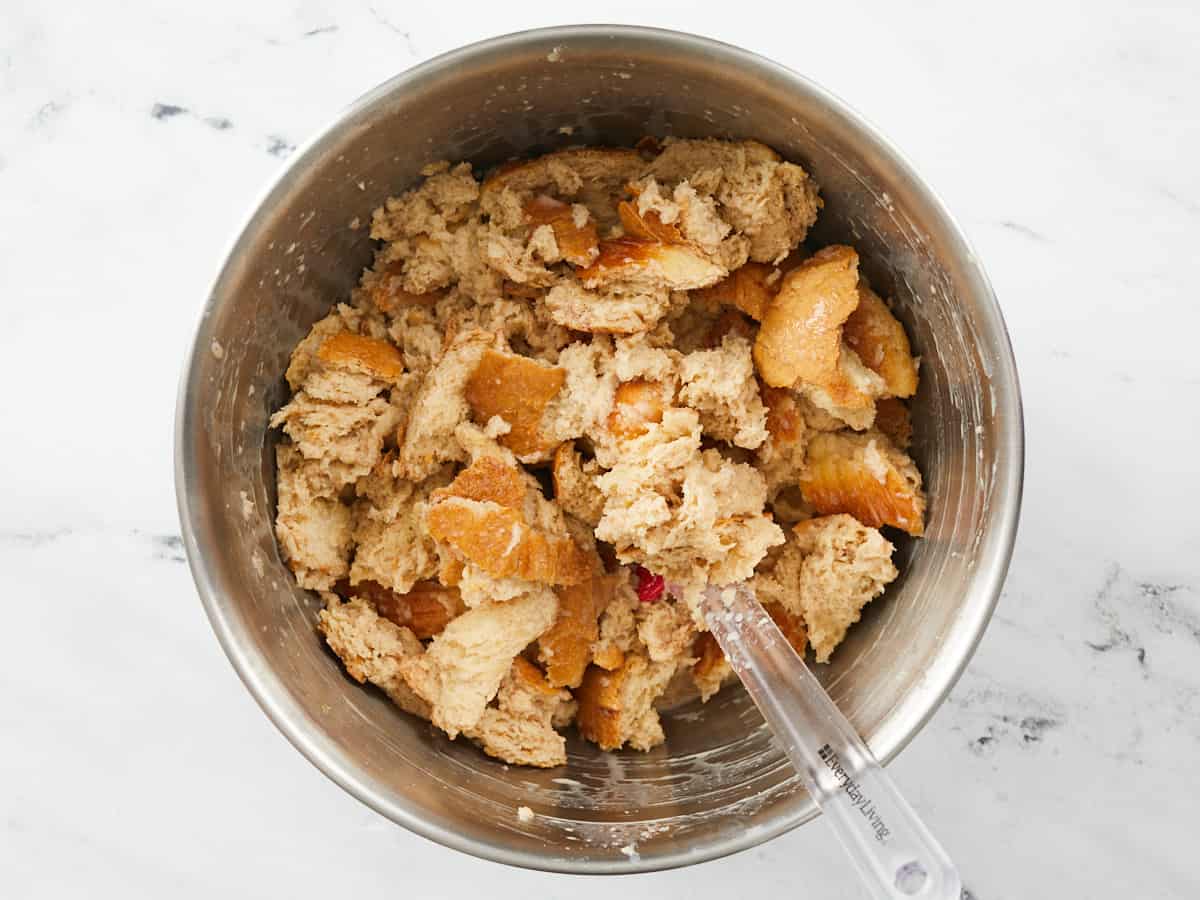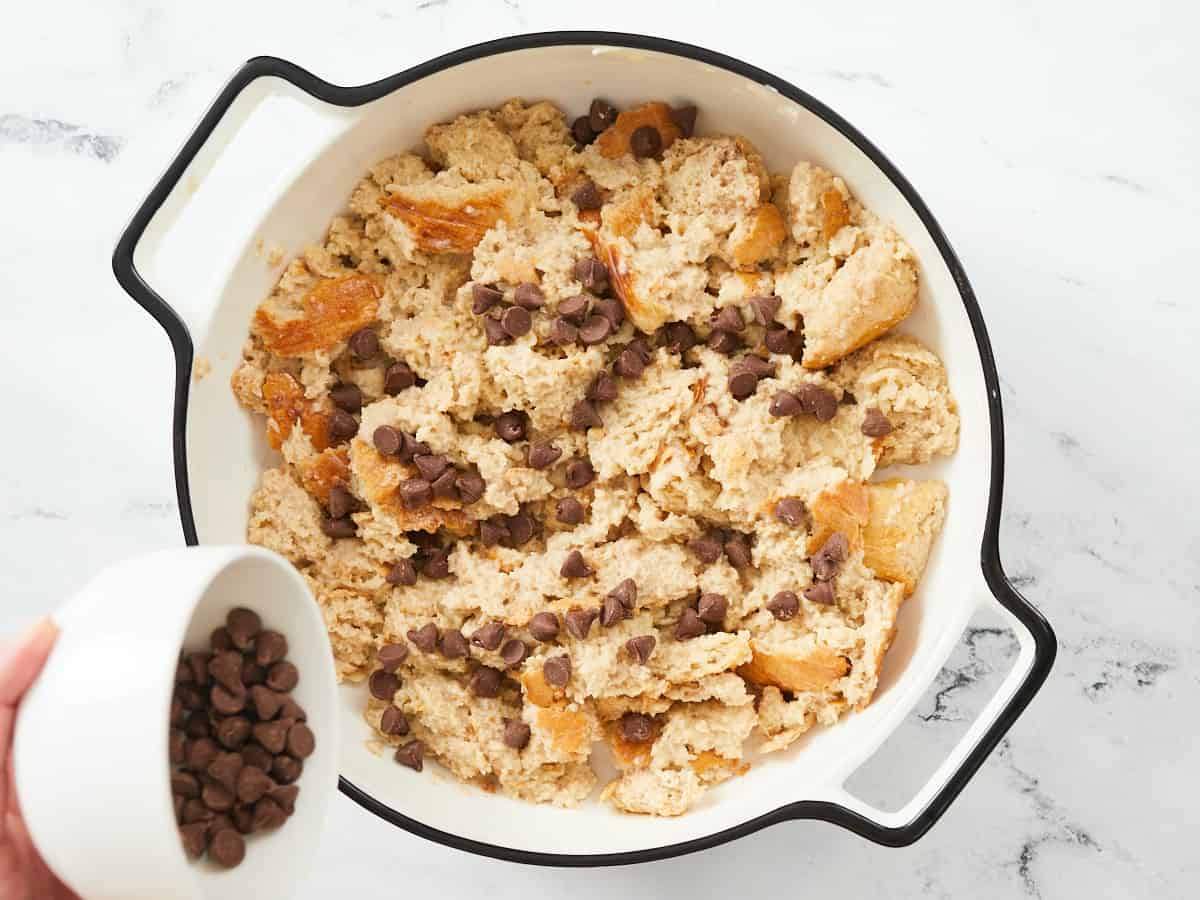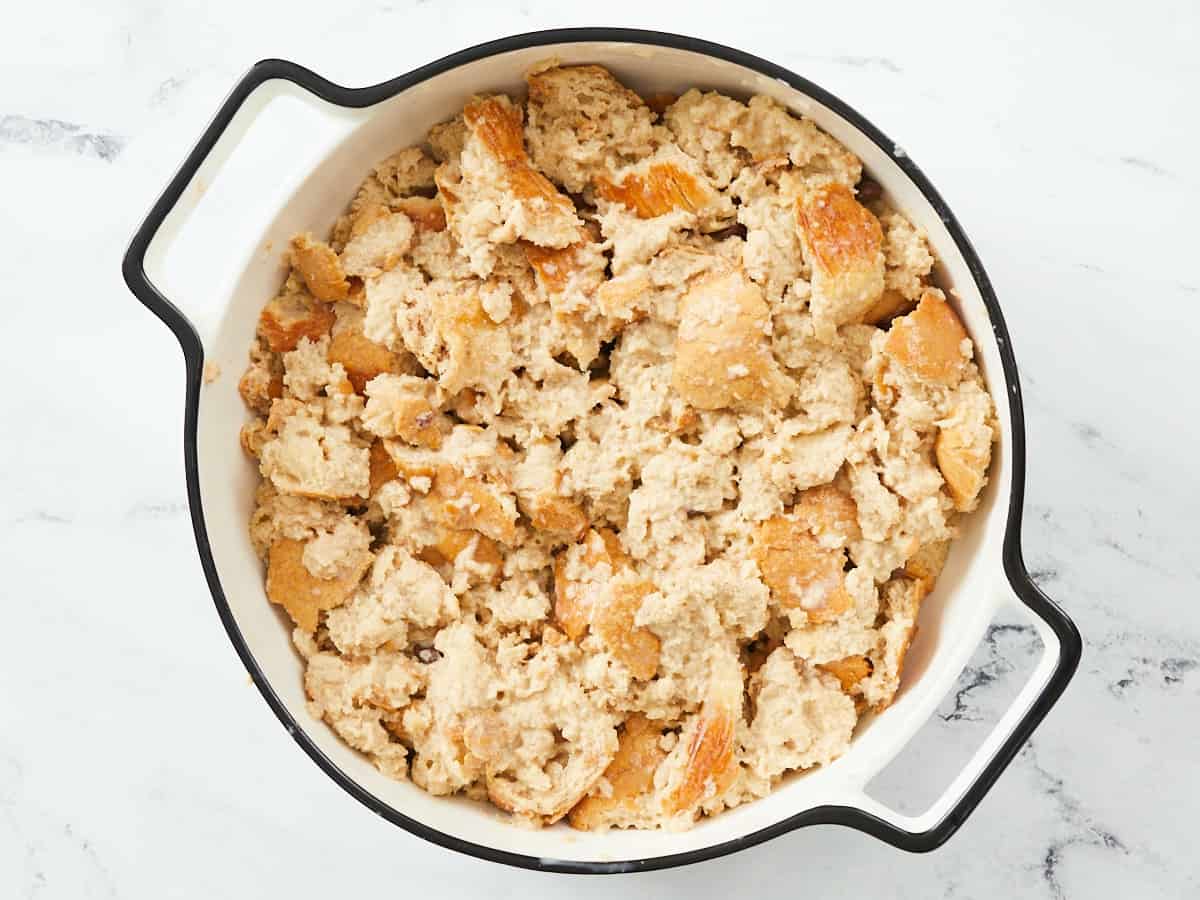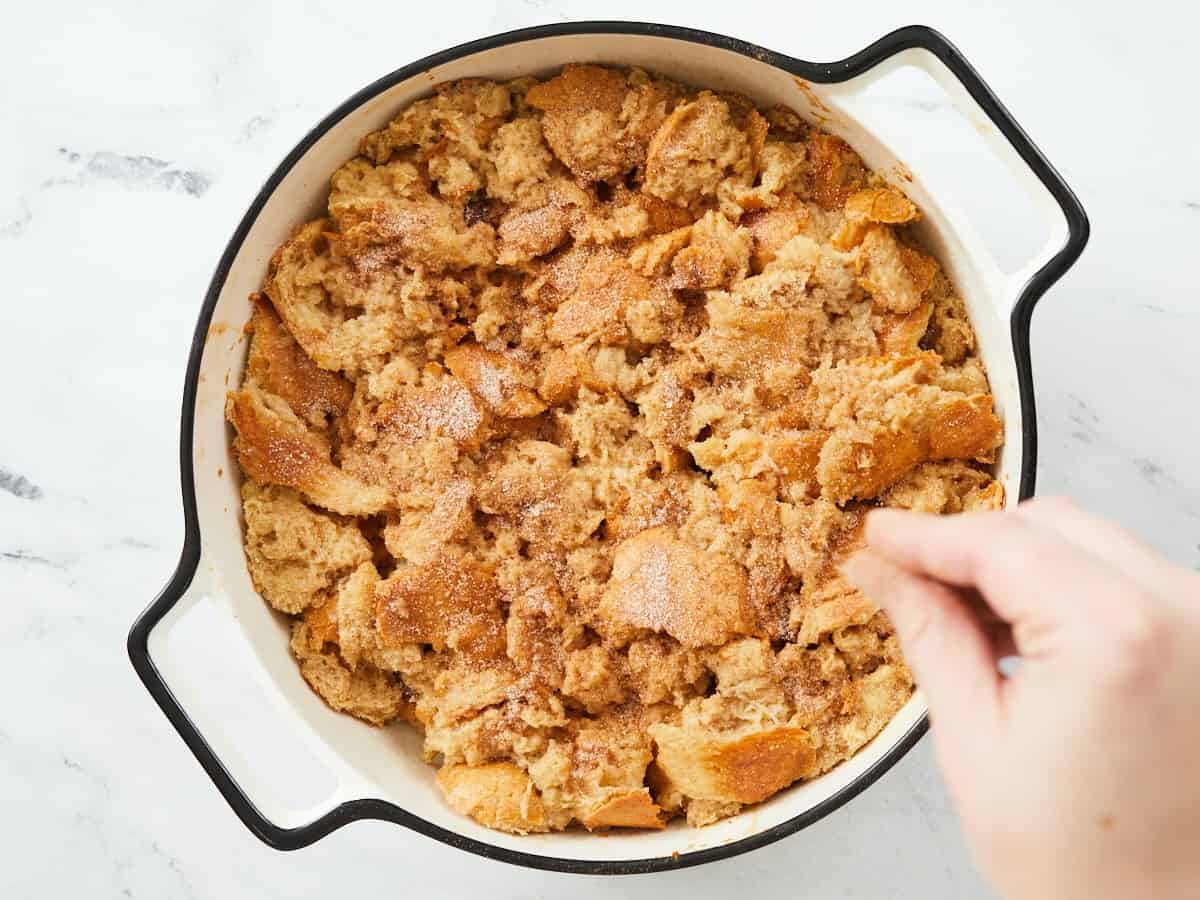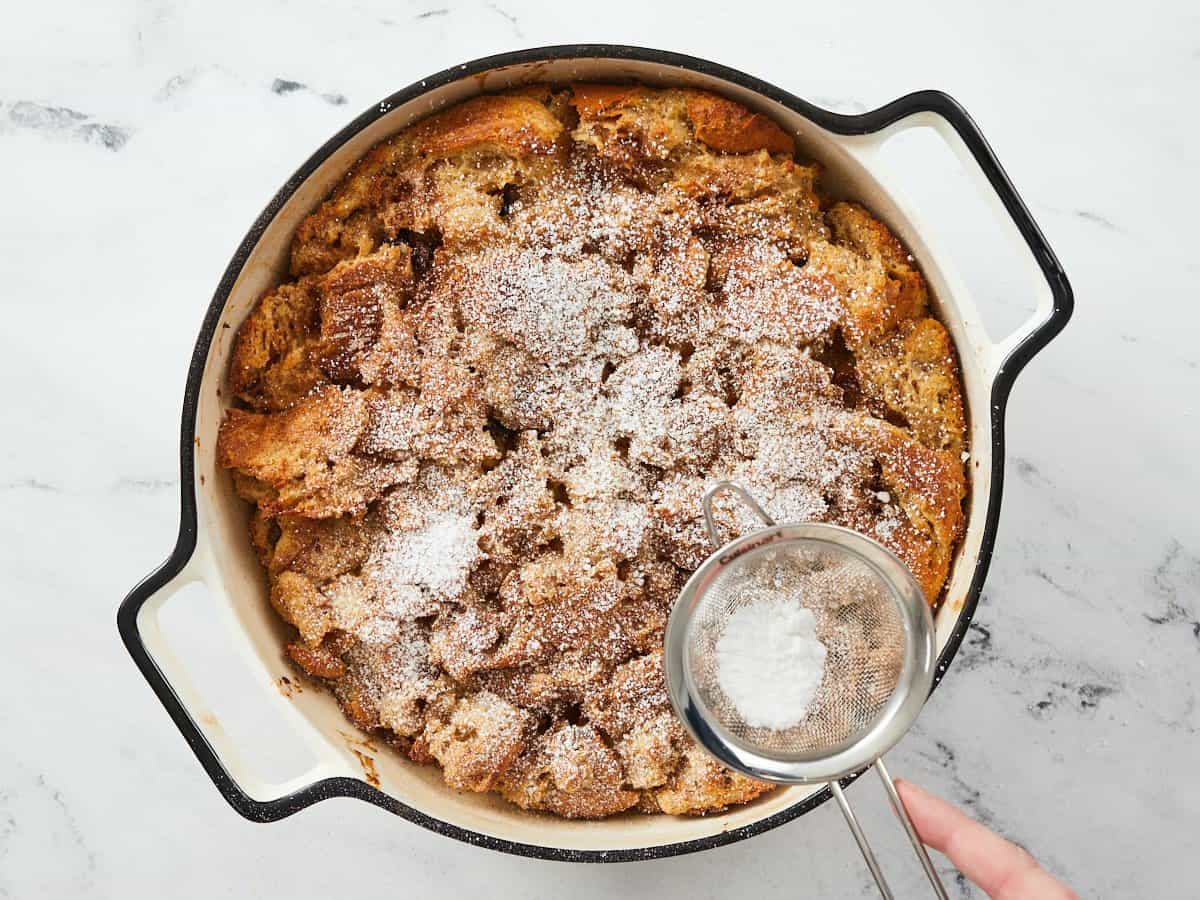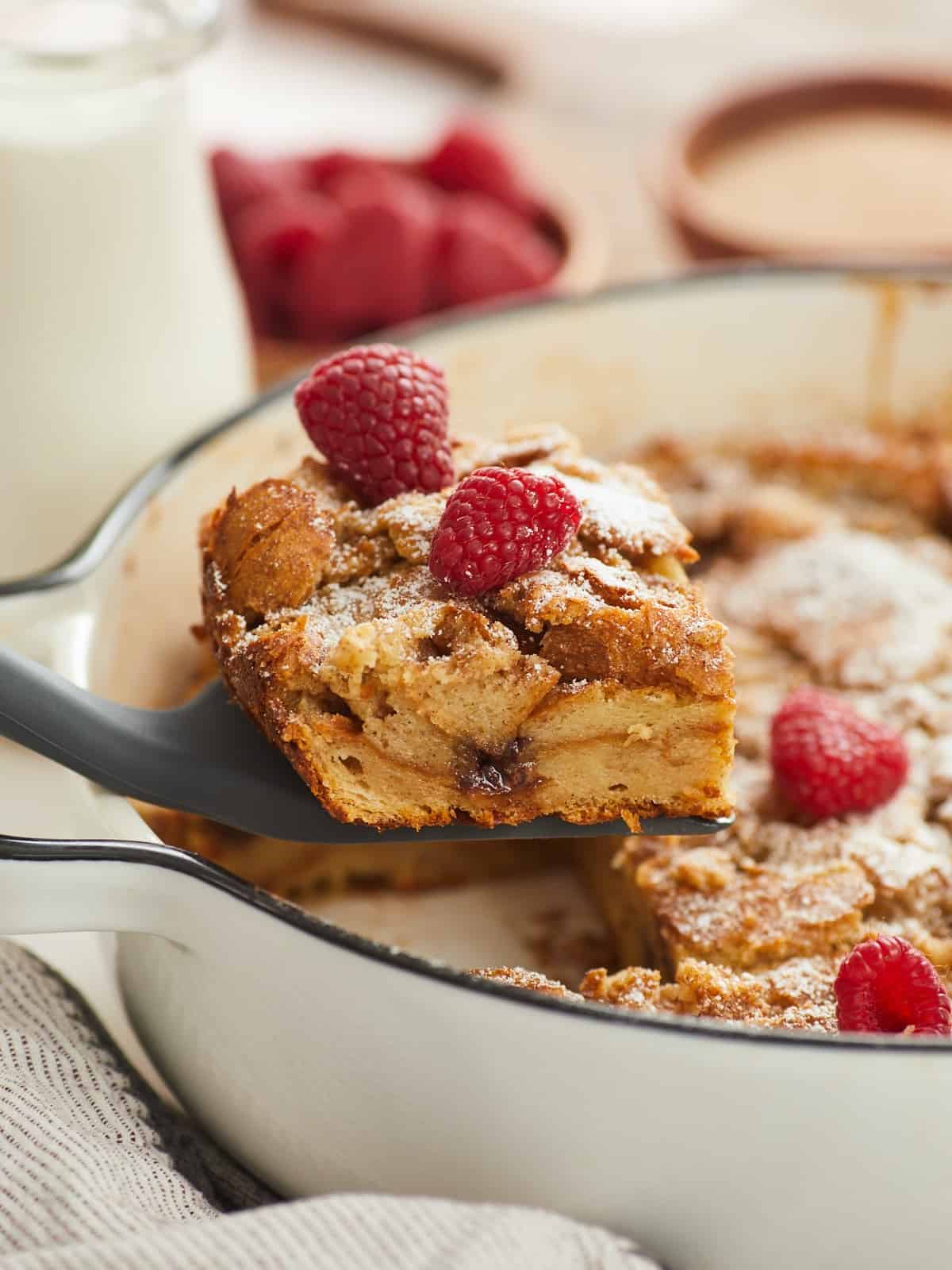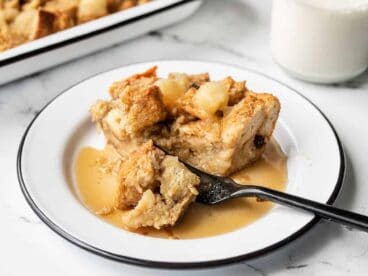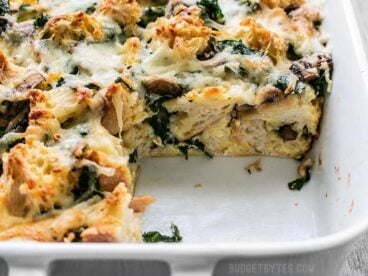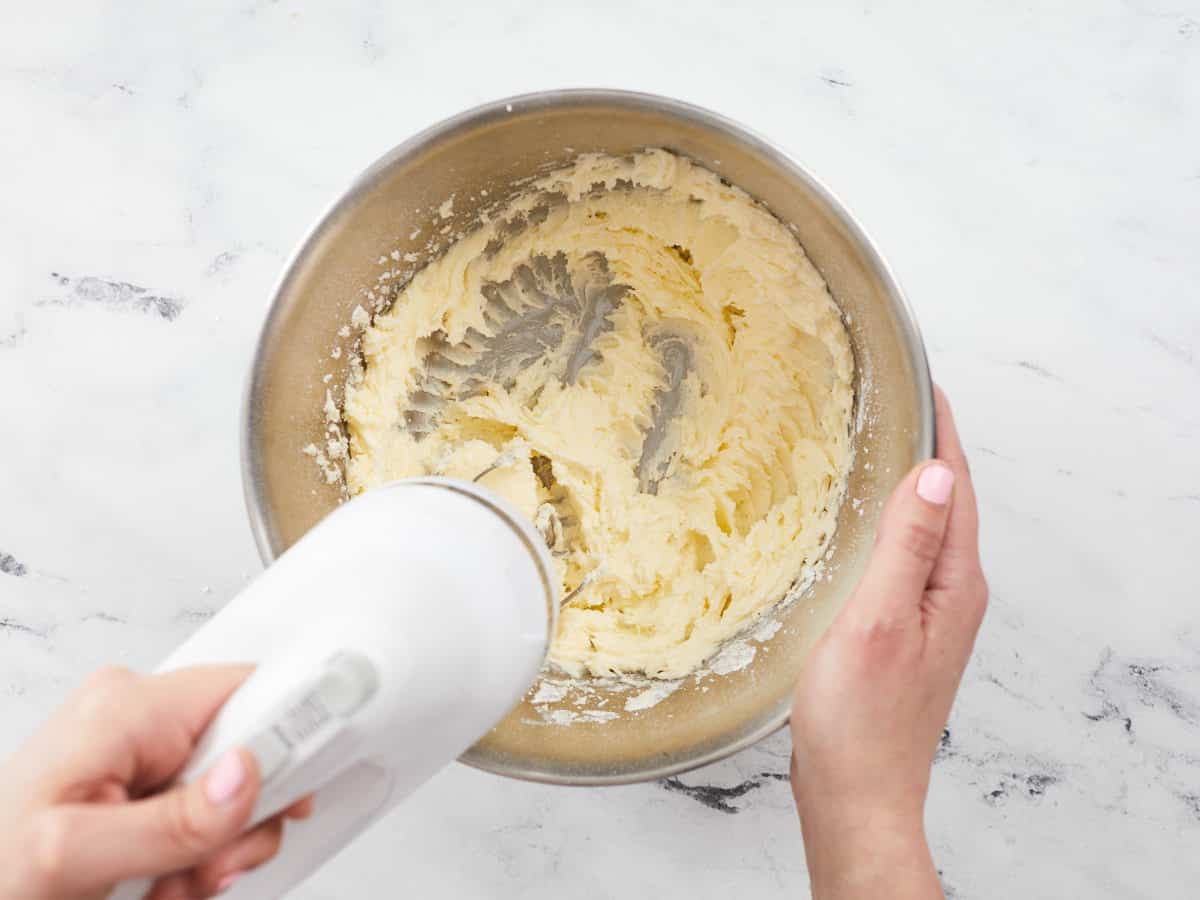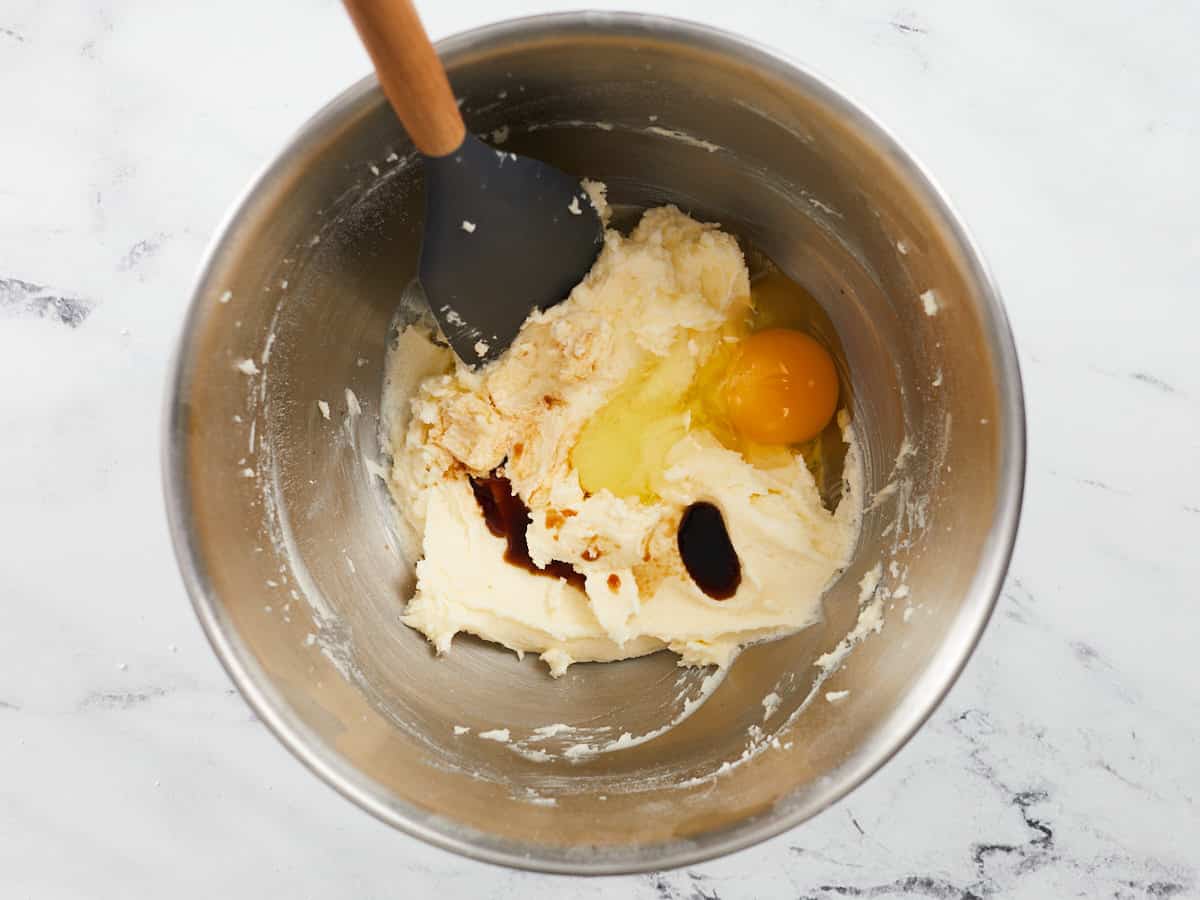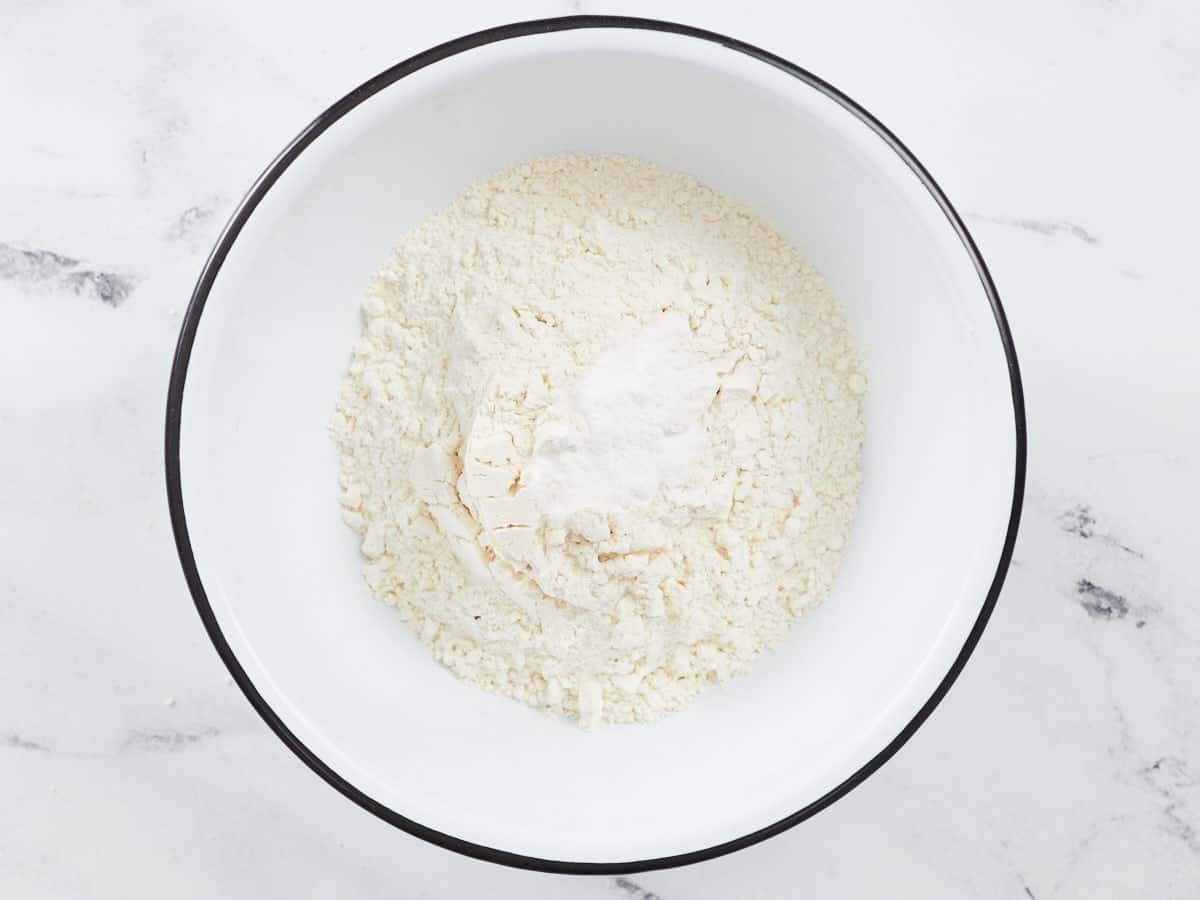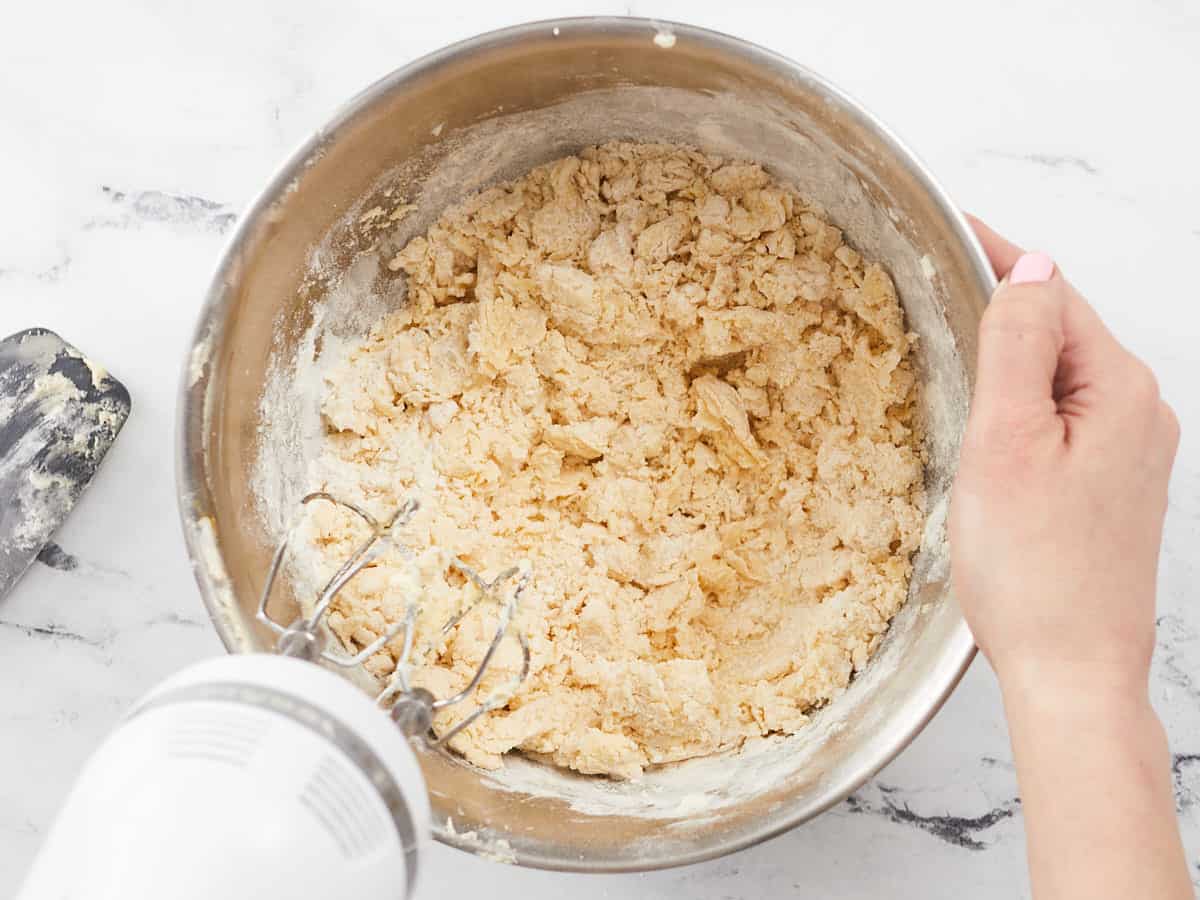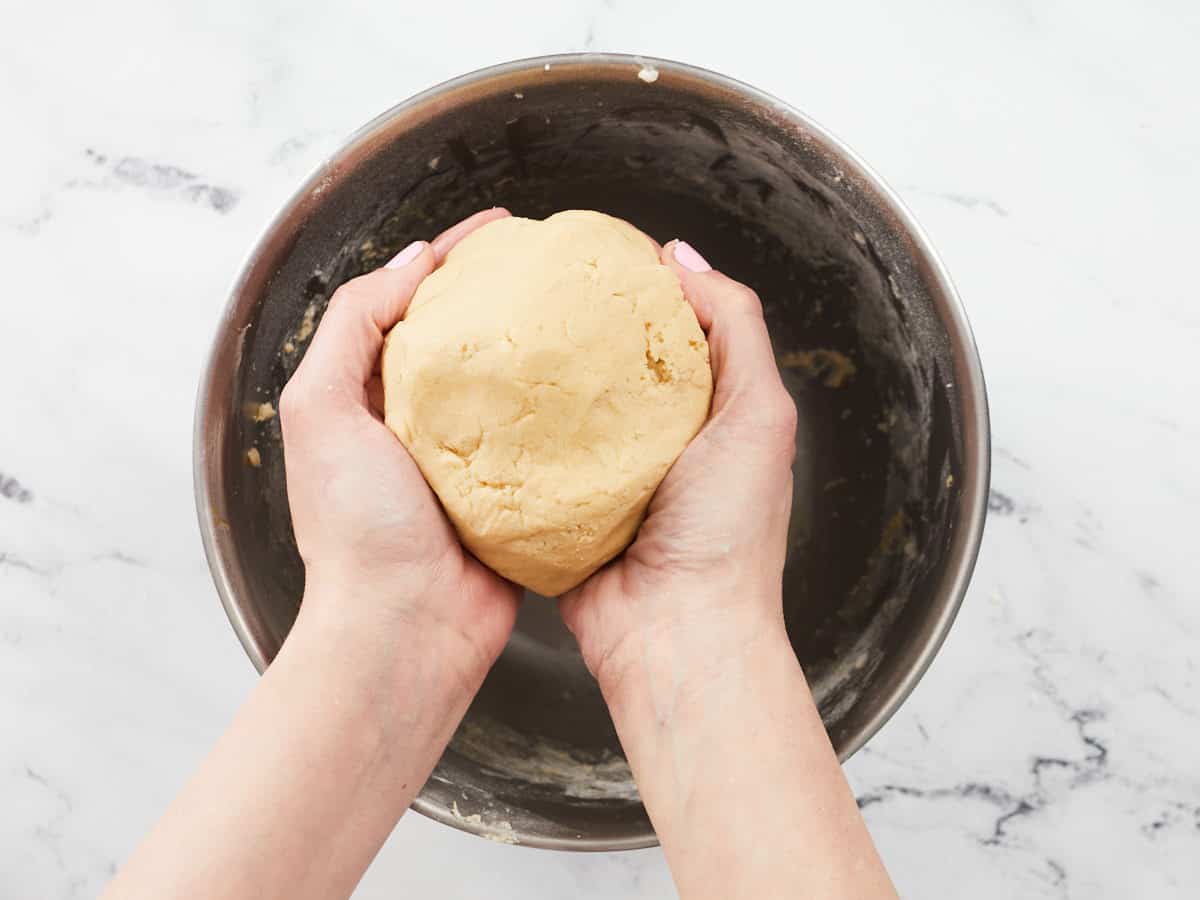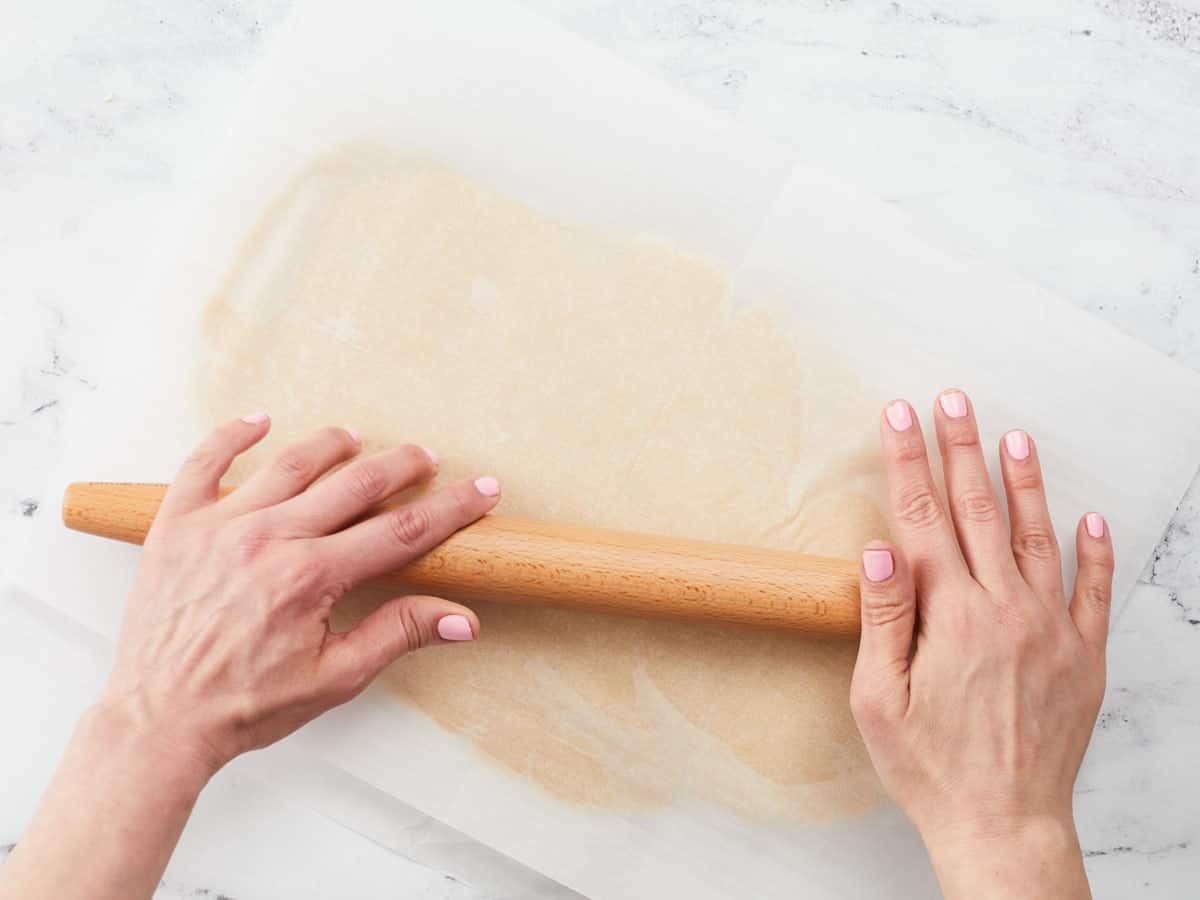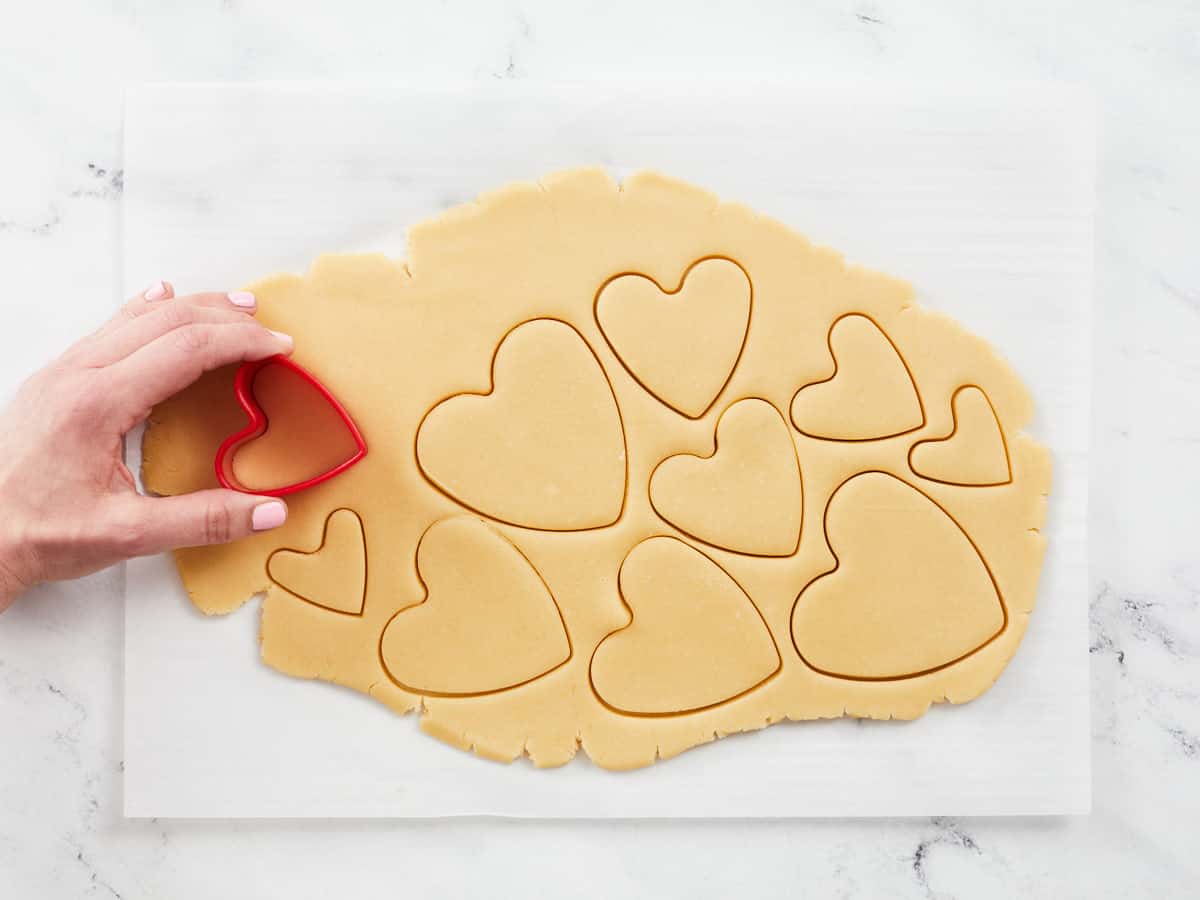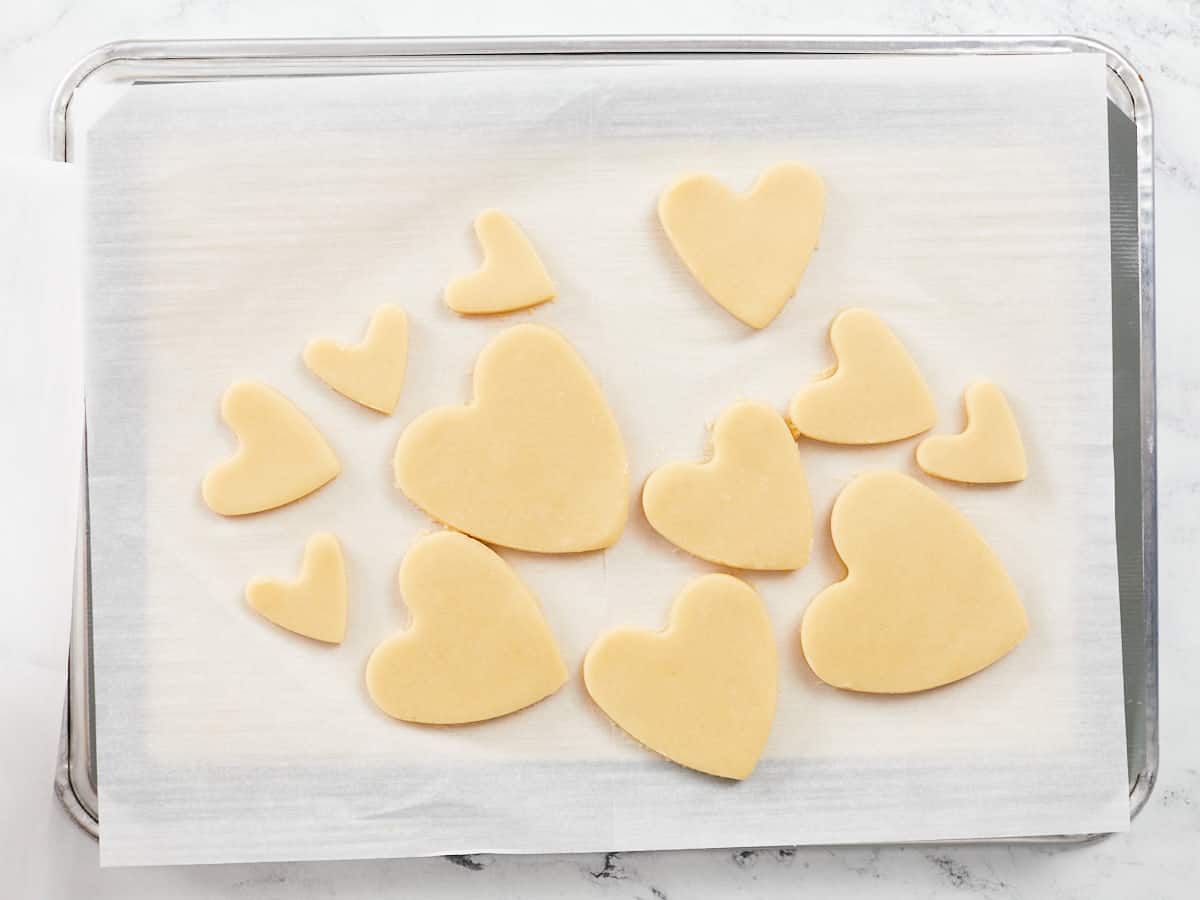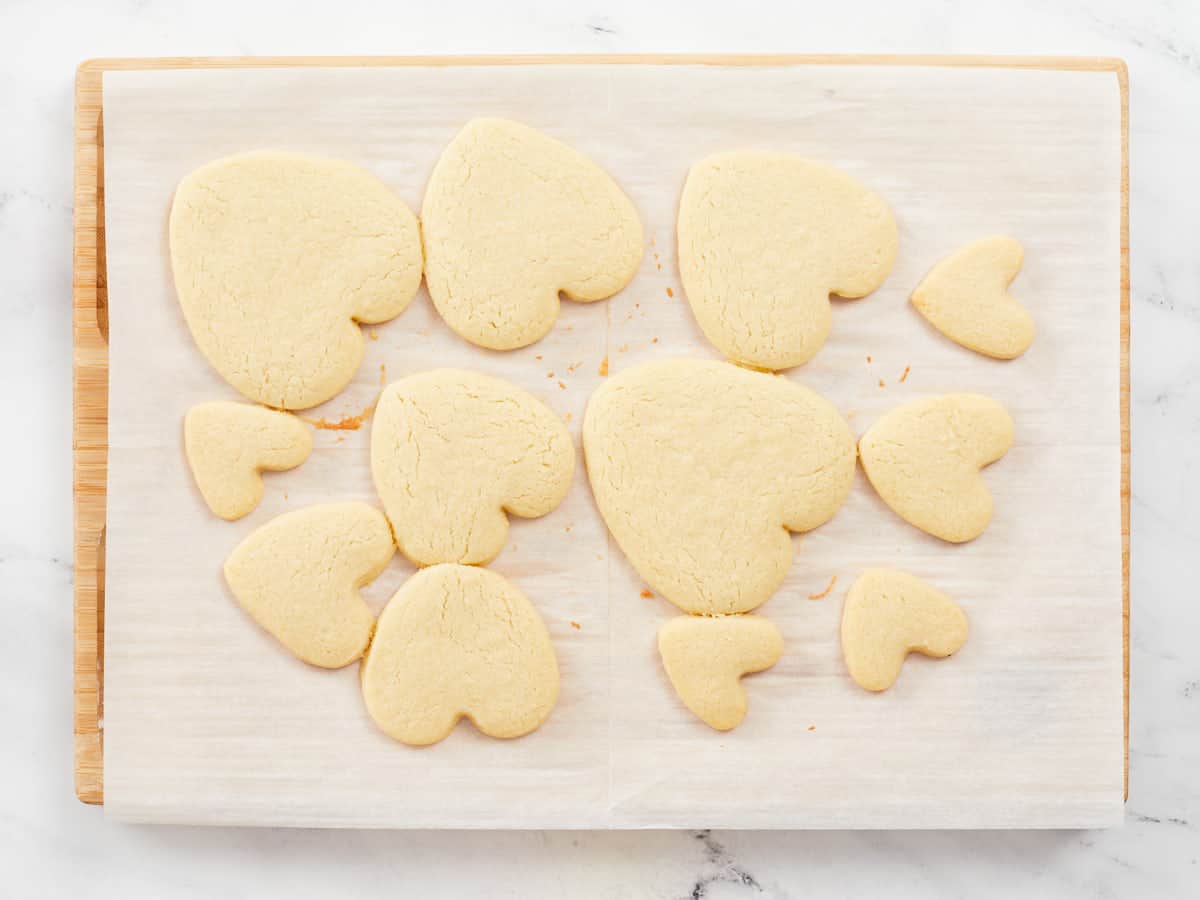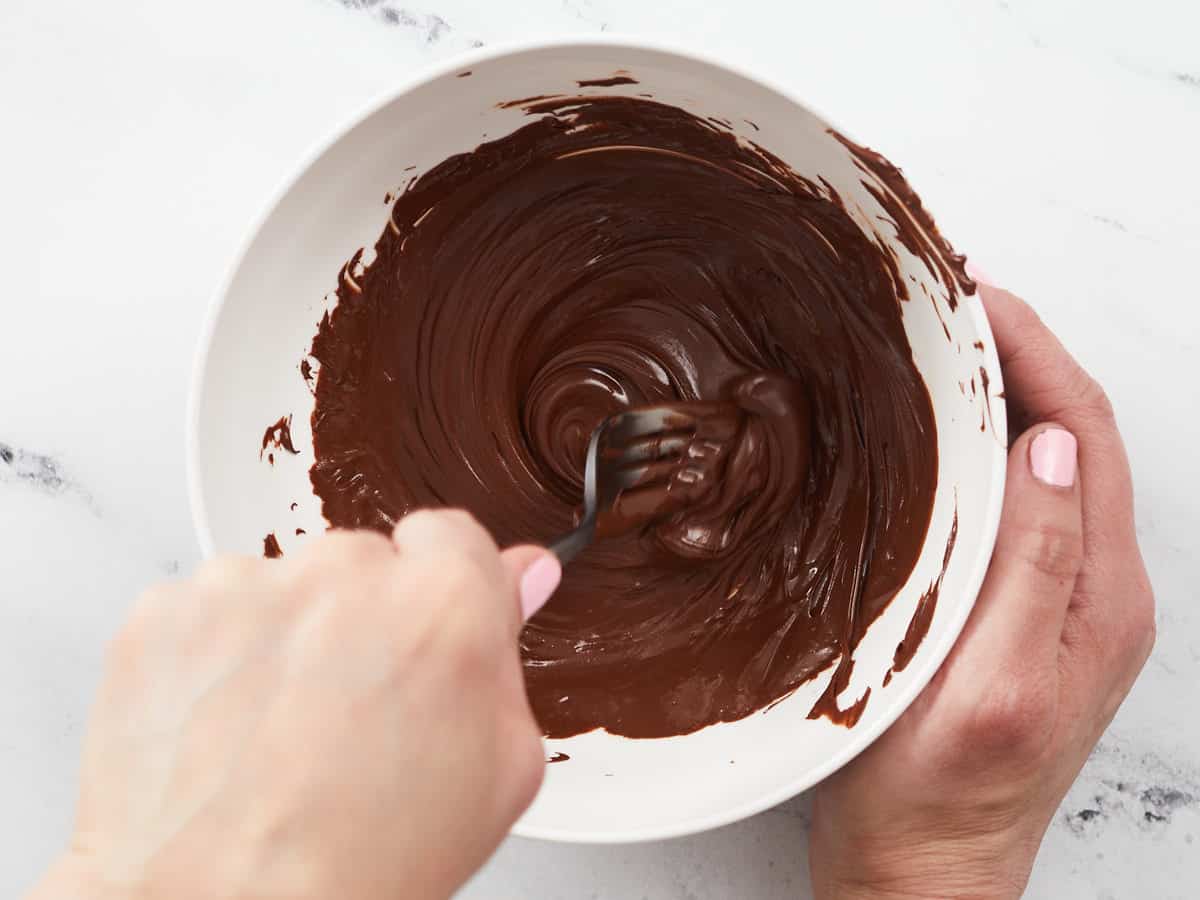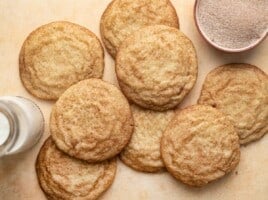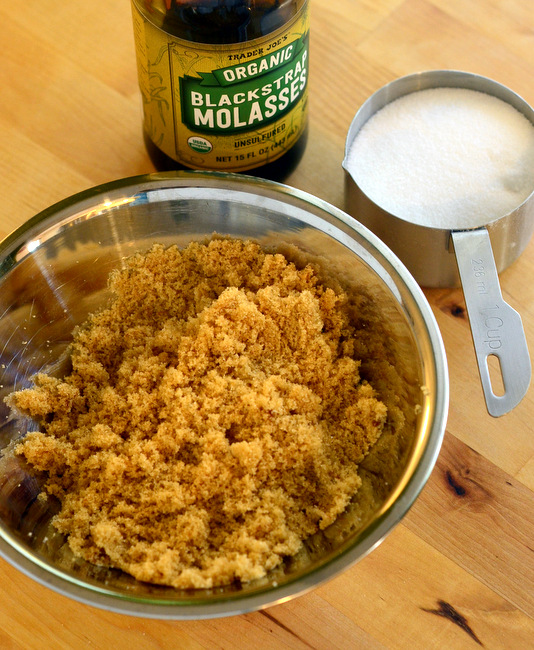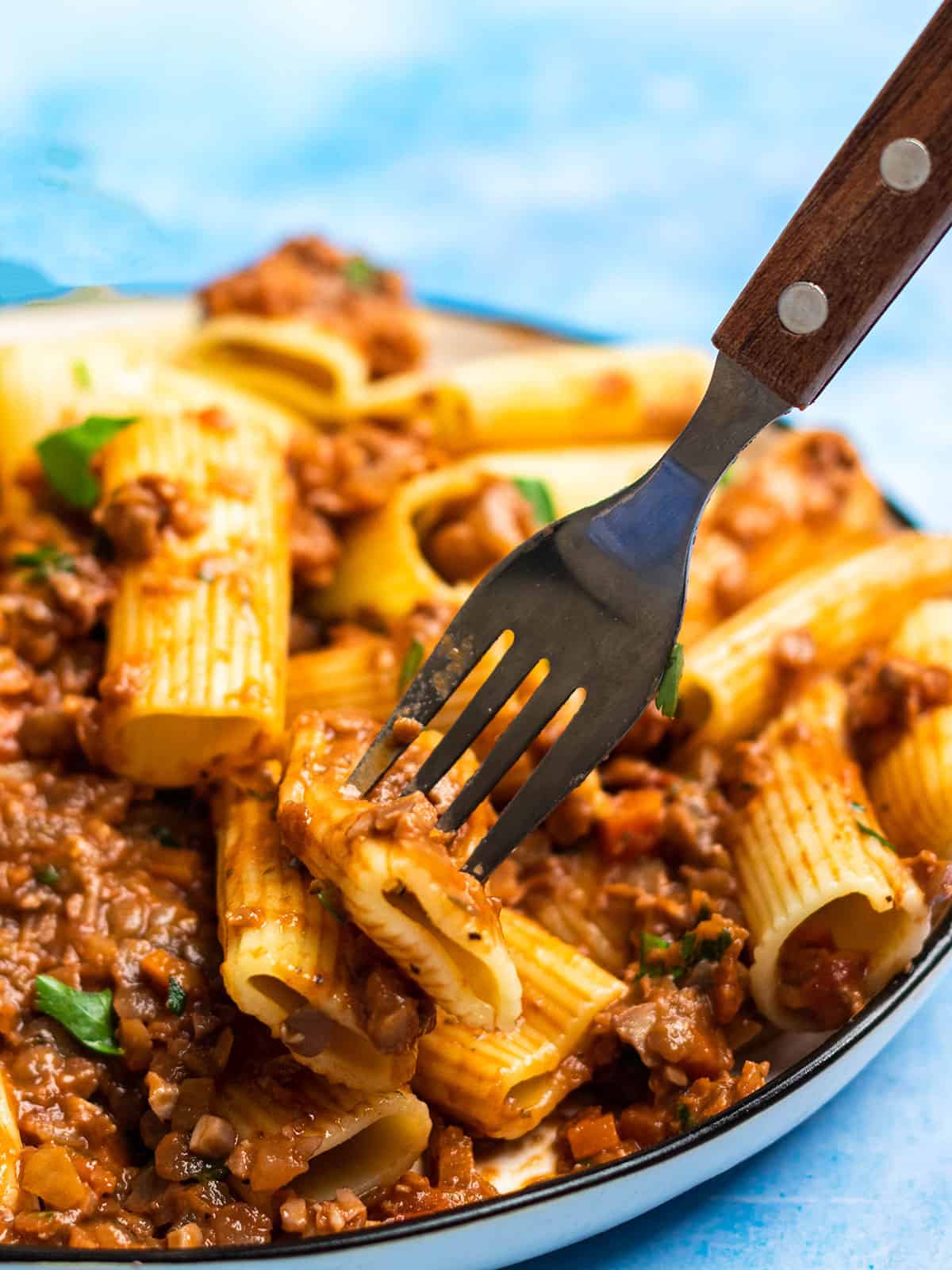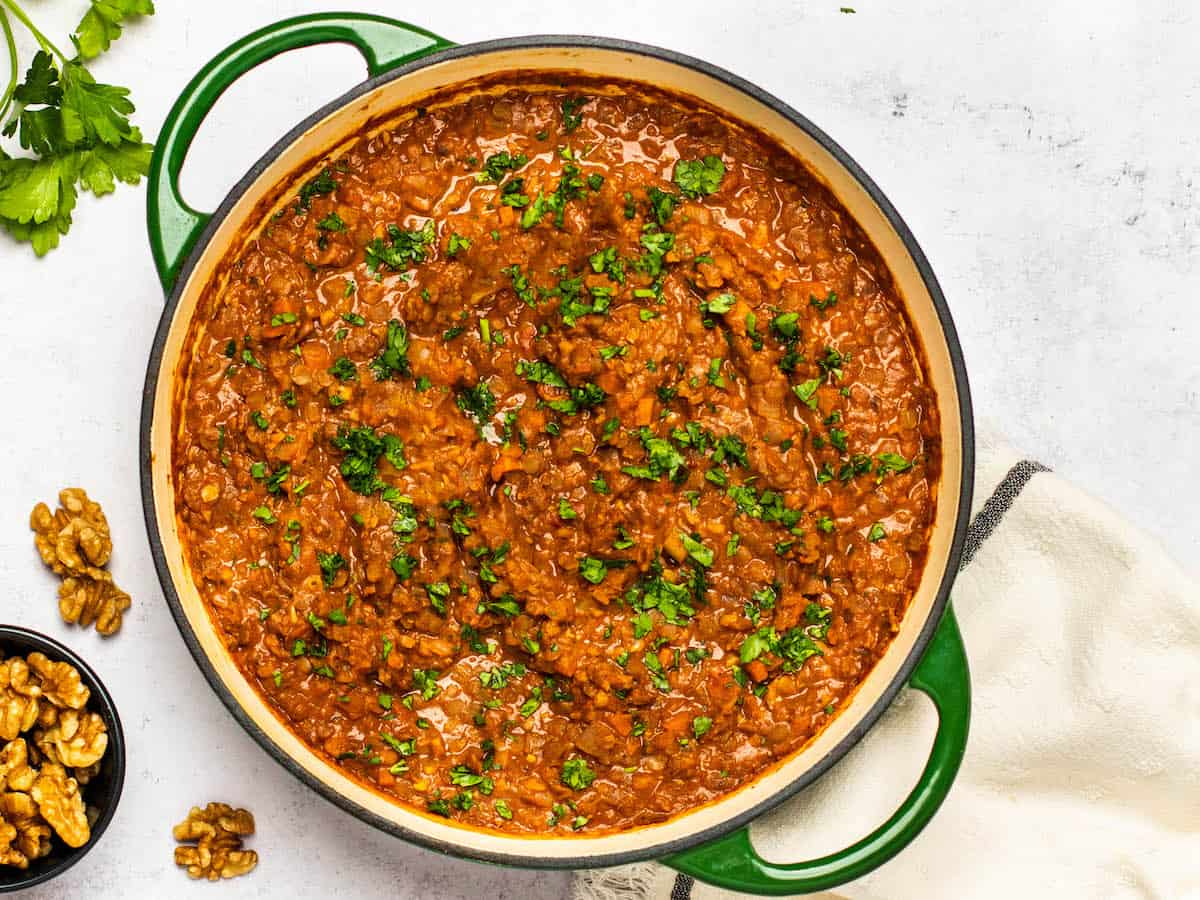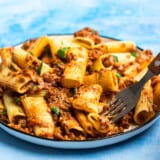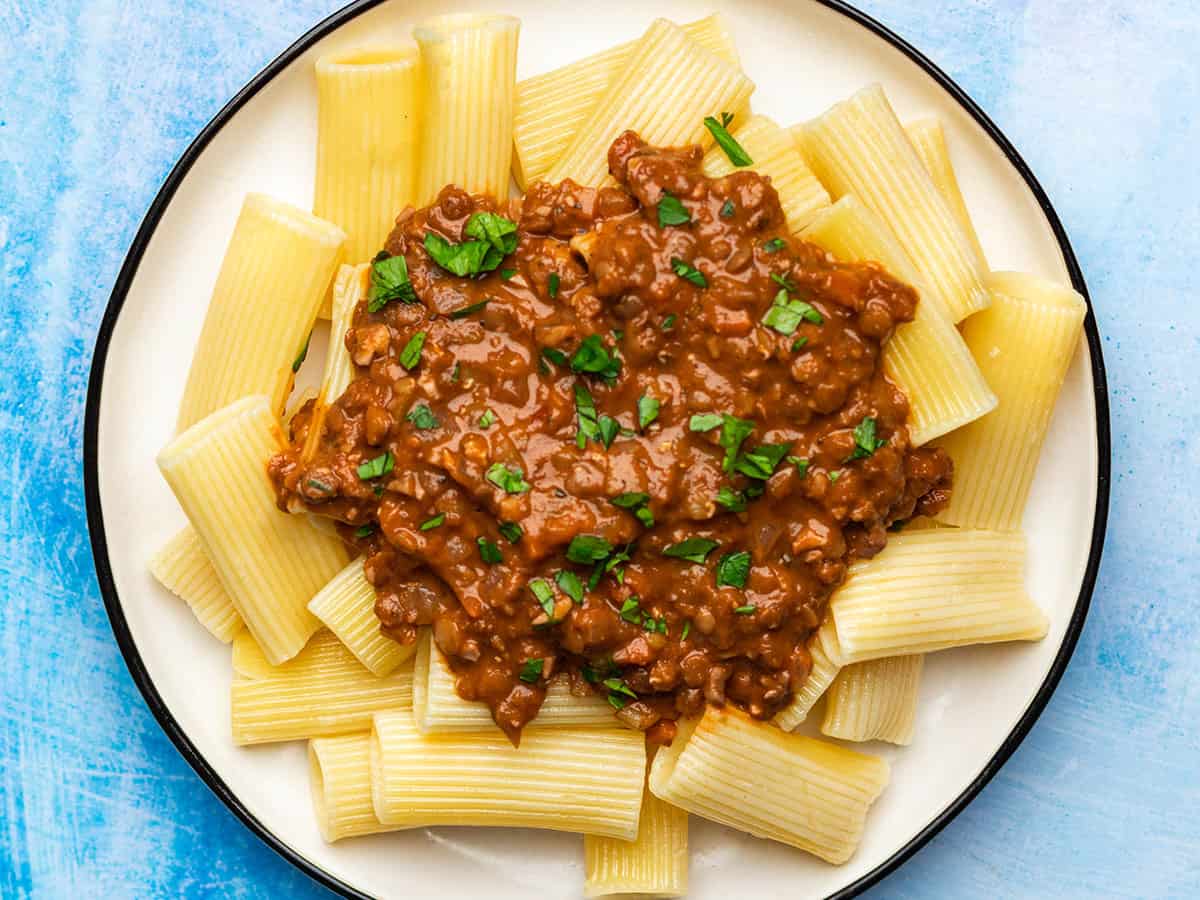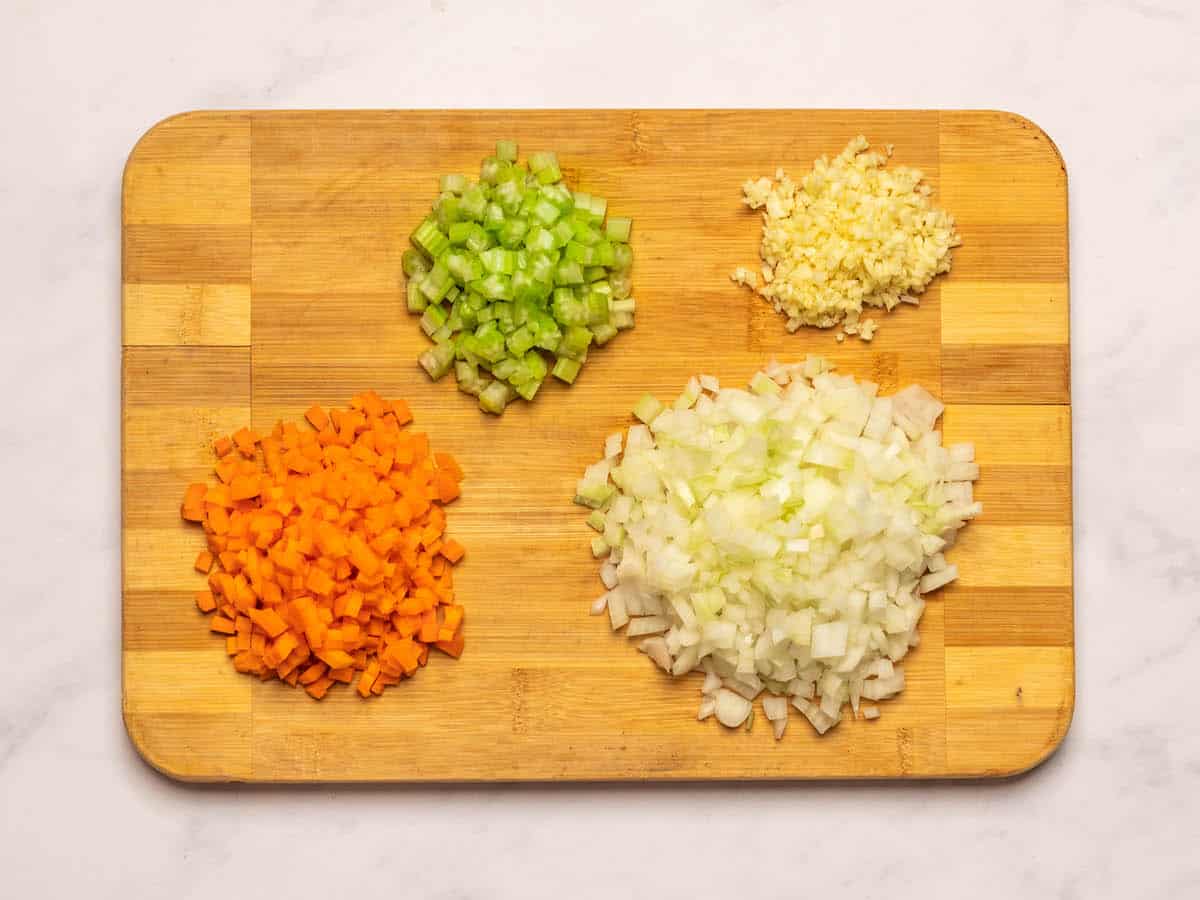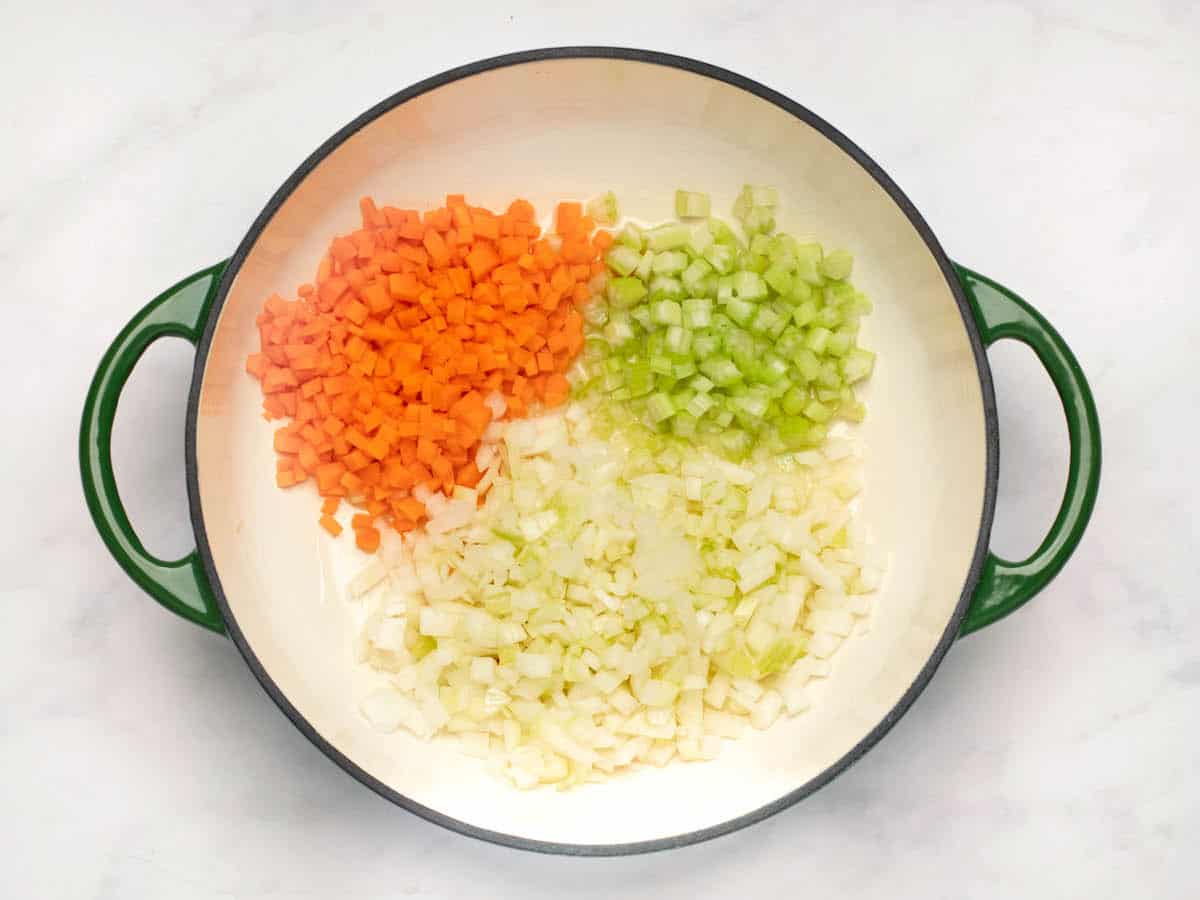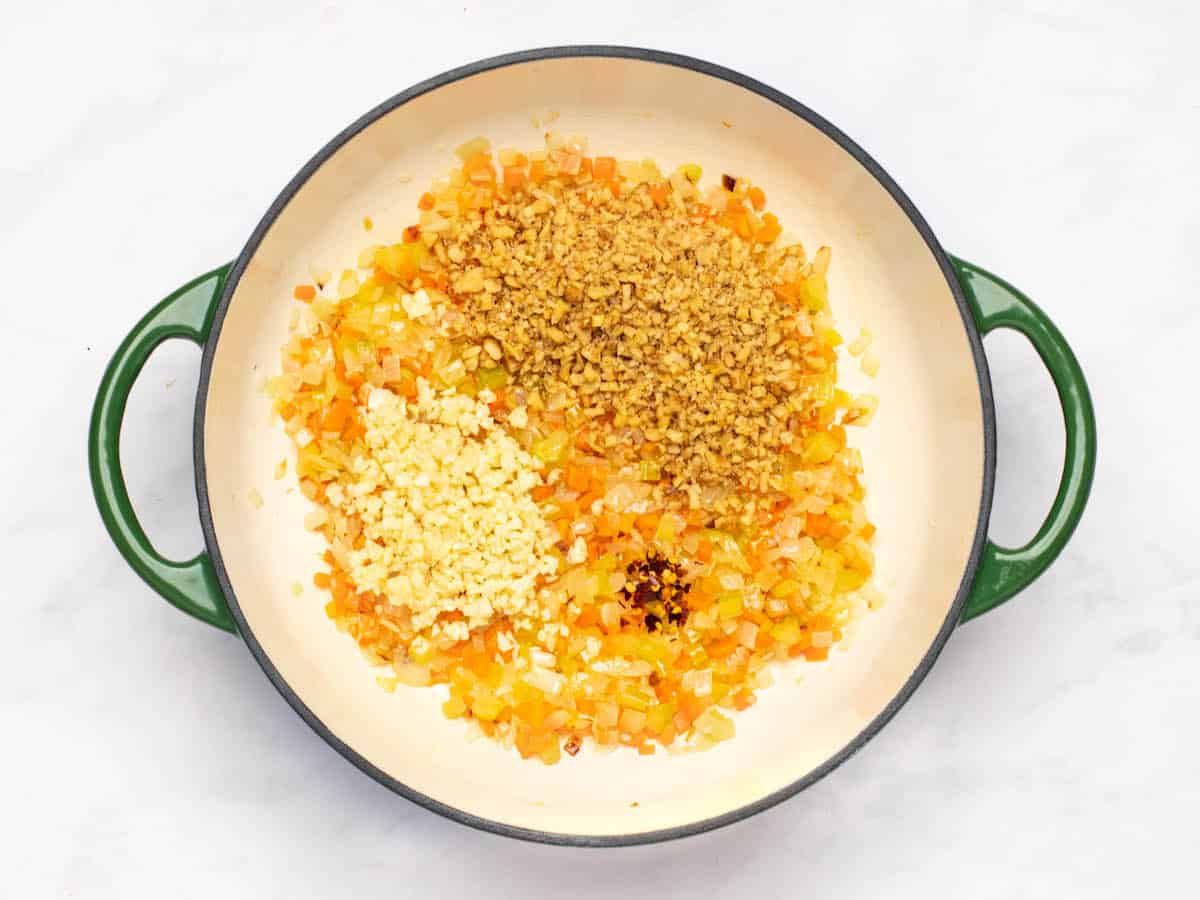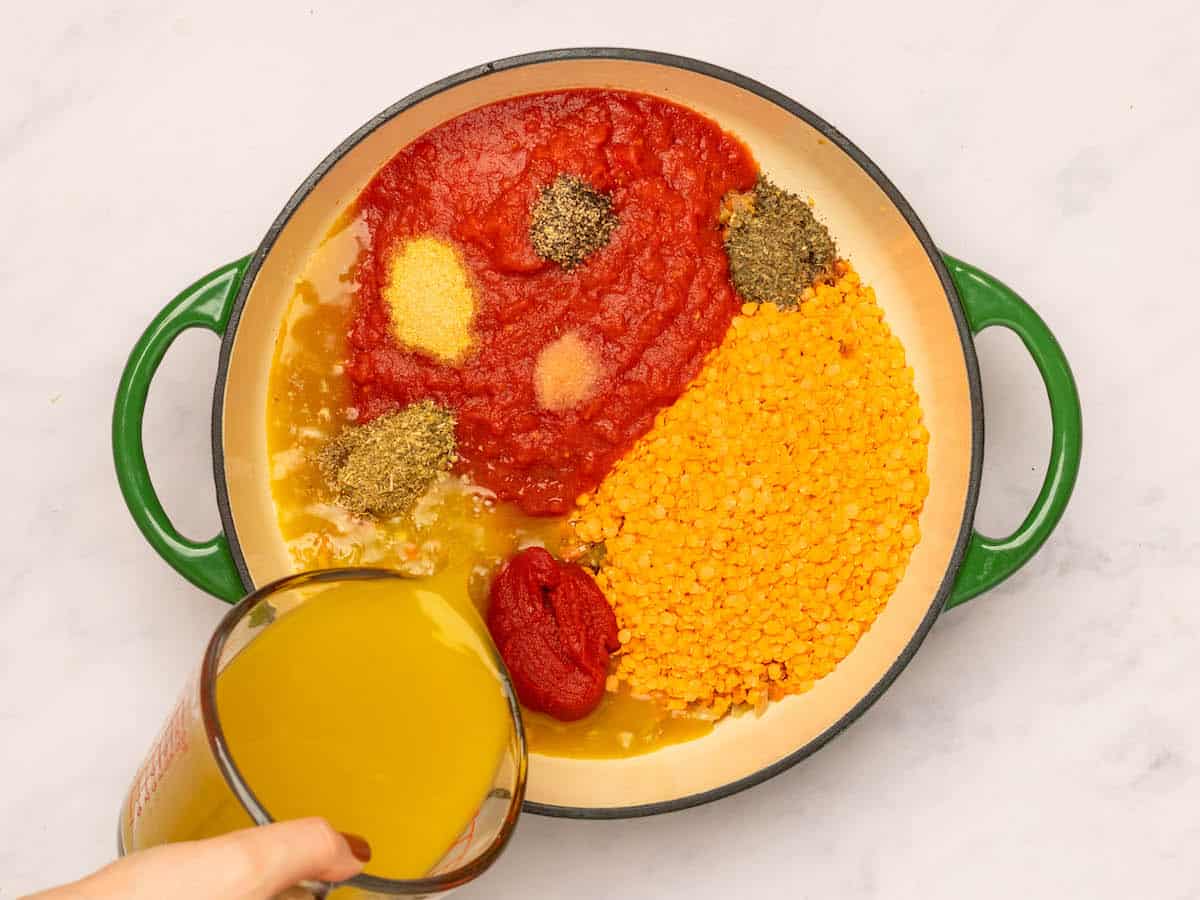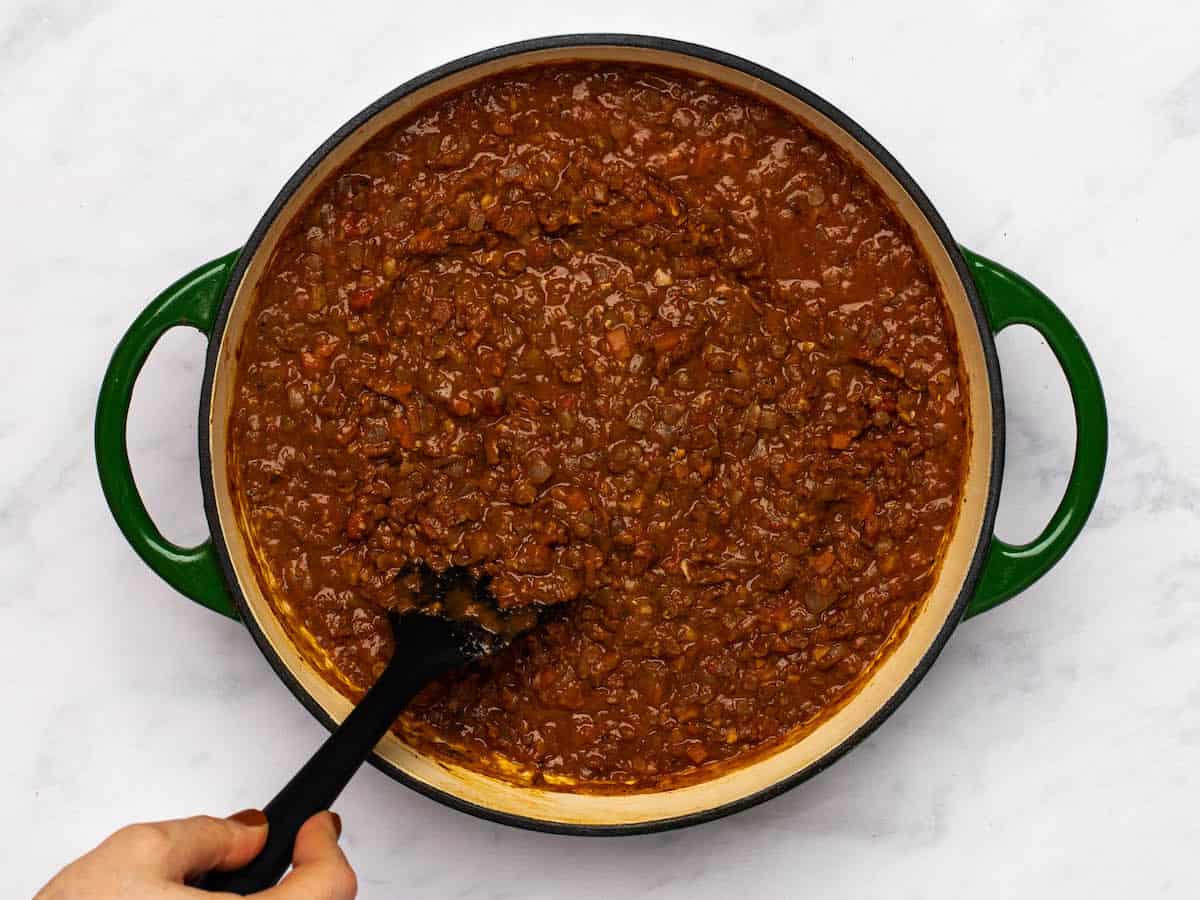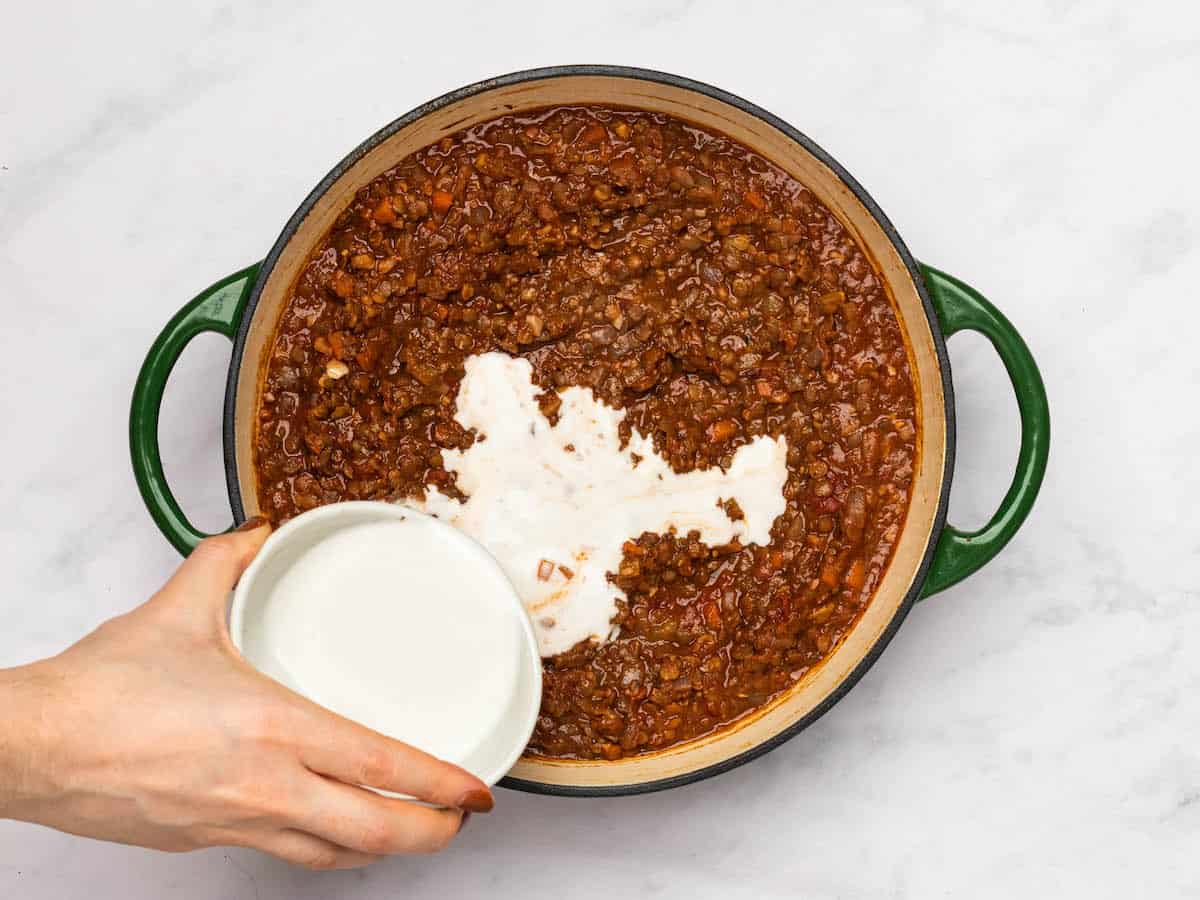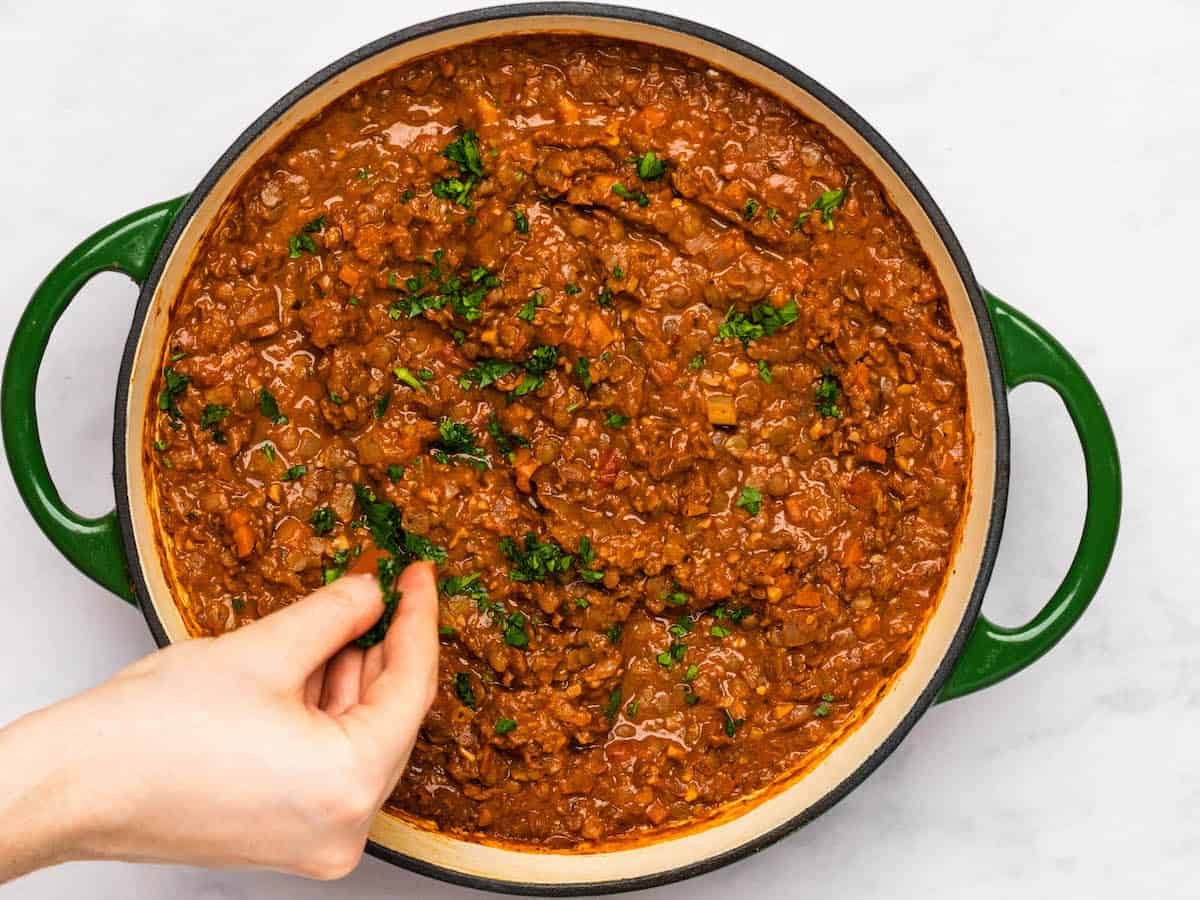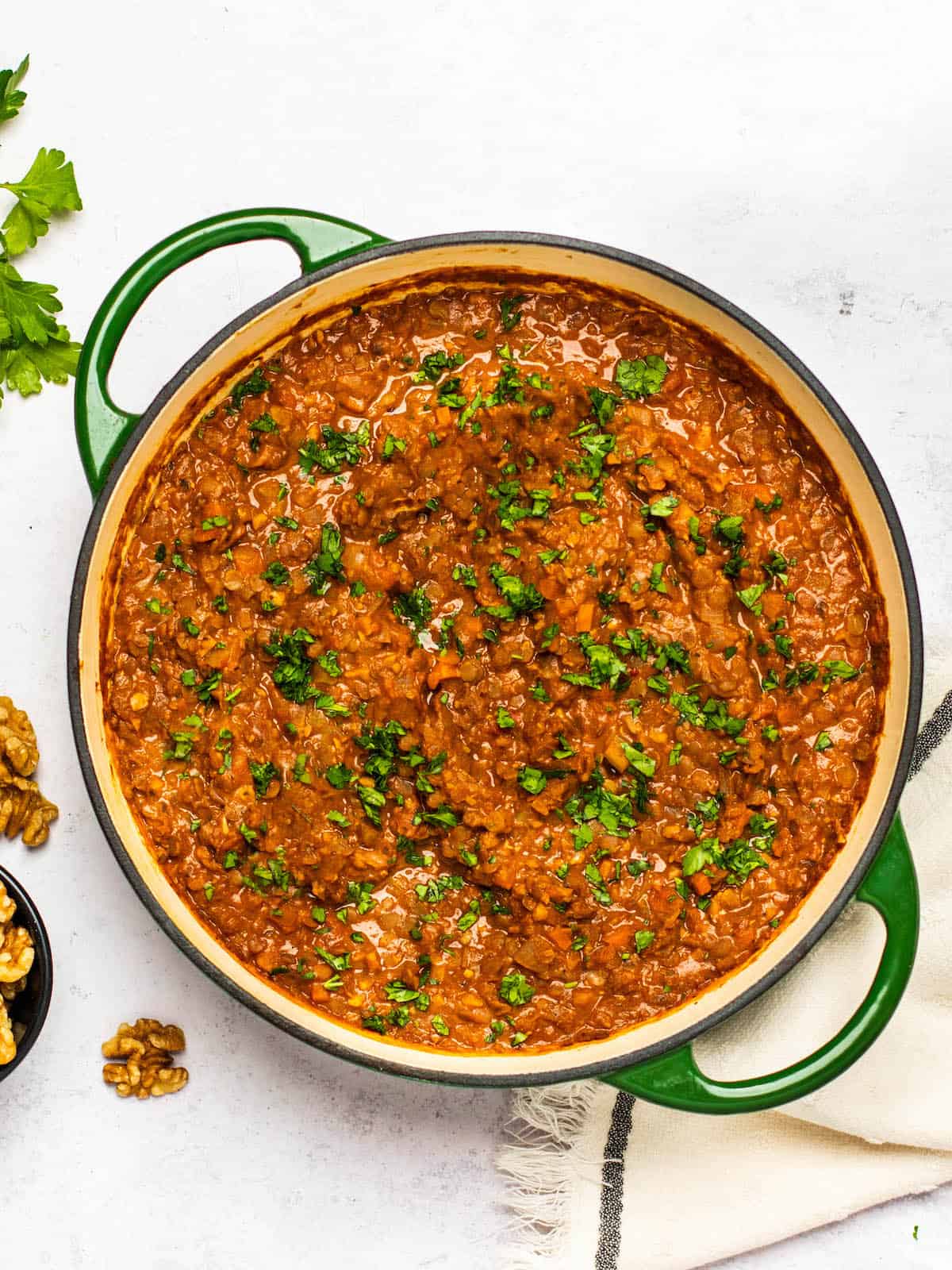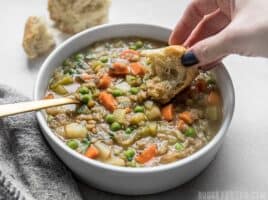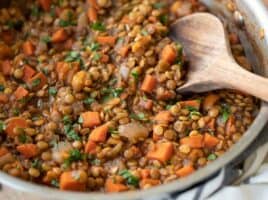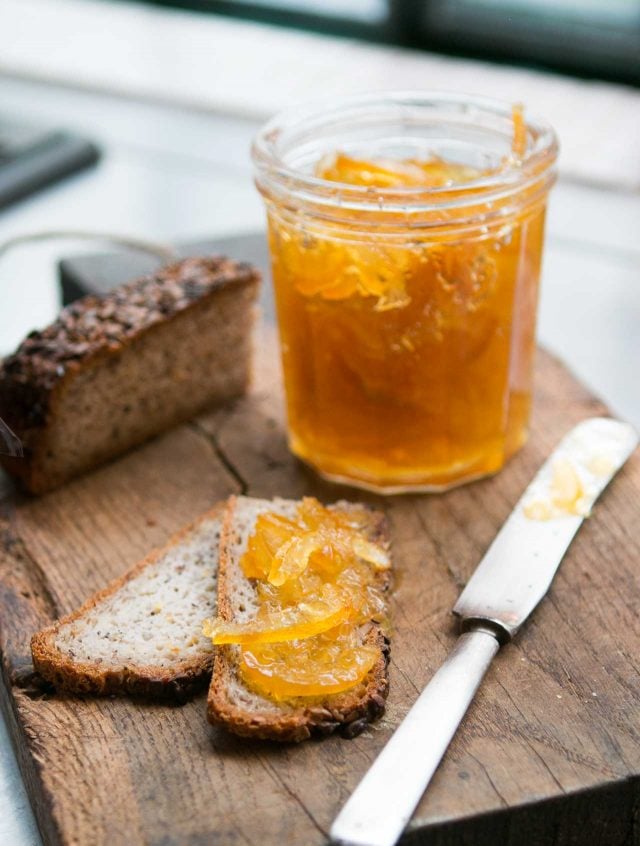I’m sure we all know by now that making coffee at home instead of hitting the drive-through can save you a TON of money over time, but those little side treats and baked goods also add up! So let’s make some homemade biscotti to elevate your entire homemade coffee experience and squash that temptation to go to the drive-through once and for all. These Homemade biscotti can be made into a million different flavors, they’re super easy, and freezer-friendly so you can work your way through a batch over time. Budget WIN!
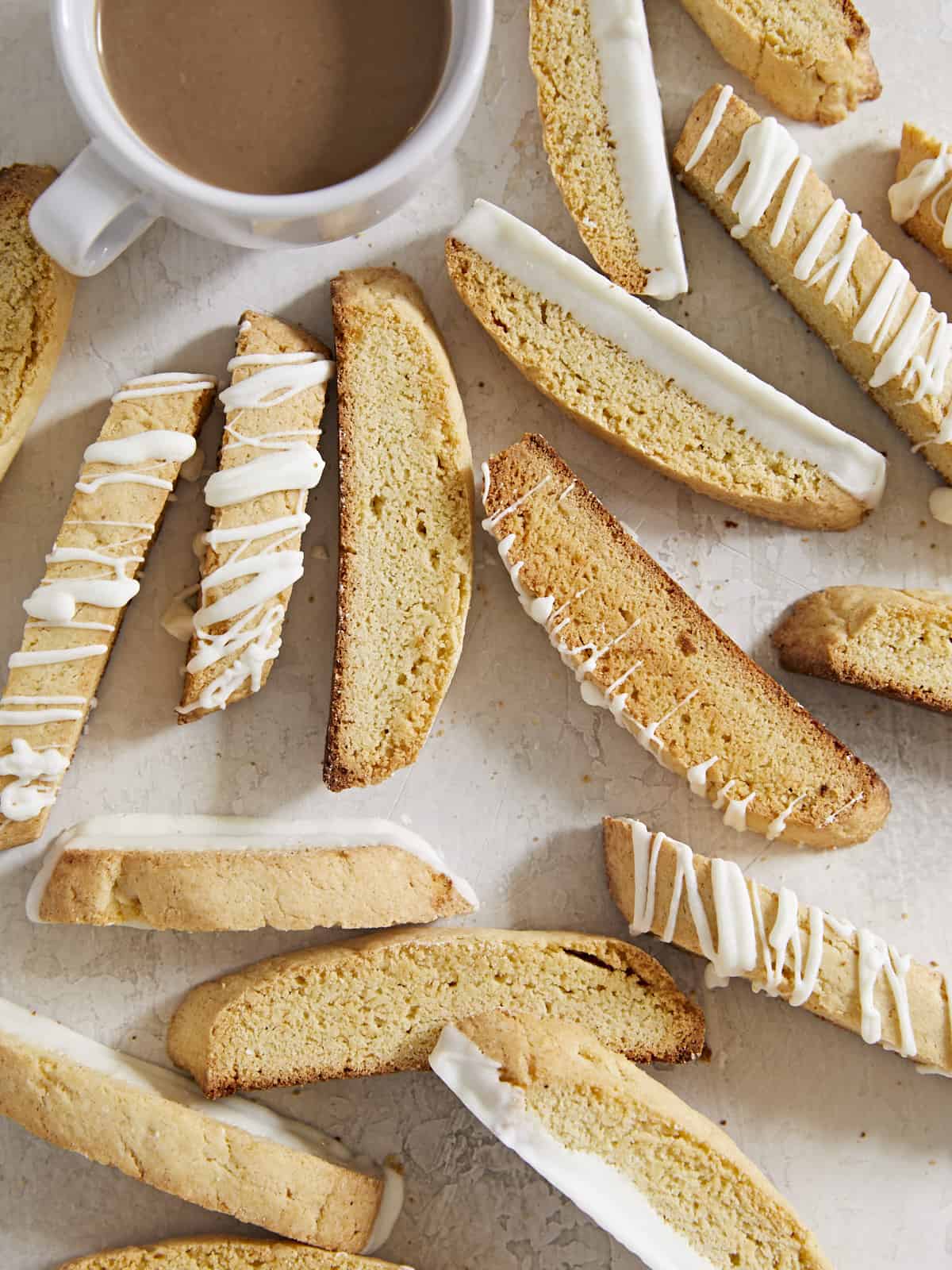
What is Biscotti?
Biscotti, also known as cantucci, are Italian biscuits (or cookies) that are baked twice to yield a deliciously crunchy texture that is perfect for dunking into your favorite hot beverage. The American version of biscotti are typically slightly softer and sweeter than traditional Italian biscotti, they come in a variety of flavors, and are often dipped in chocolate. The recipe we have here today is definitely an American-style biscotti, similar to what you’d find in coffee shops across the U.S.
Ingredients for Biscotti
You really don’t need much to make biscotti, just a few pantry staples, which means they’re typically going to be very budget-friendly (about $0.20 each!). To make a simple homemade biscotti you’ll need the following ingredients:
- Flour: the base for any biscuit or cookie! We used all-purpose flour to keep the recipe simple. If you experiment with a different type of flour, keep in mind that you may need to adjust the amount of flour to keep the same moisture ratio in the dough.
- Baking Powder: this is the leavening agent for the dough. Biscotti are not a super light and airy cookie, so not a lot of leavening is needed.
- Sugar: American biscotti are a little on the sweet side, but not quite as sweet as a typical cookie. We use white granulated sugar to provide sweetness and keep a crispy texture.
- Butter: using butter as the fat in the biscotti provides a lot of flavor and helps keep the texture nice and crispy.
- Eggs: eggs act as a binder for the biscotti and provide a little moisture to the dough, so they stay just a little bit soft in the center.
- Vanilla or Almond Extract: a little bit of extract gives the biscotti just a hint of flavor. Almond is typical, but we’ve used vanilla which goes nicely with the white chocolate we used for decorating.

What Else Can I Add?
This is where making homemade Biscotti gets FUN. You can add so many different ingredients and make a million different fun flavor combinations. Here are some other ingredients you can add to flavor biscotti:
- Chocolate chips or cocoa powder (stir into the flour)
- Dried fruit
- Chopped nuts
- Cinnamon, cardamom, or other ground spices
- Citrus zest
- Instant coffee
- Matcha
- Other flavor extracts (lemon, orange, peppermint, etc.)
- Dip the biscotti into melted chocolate or drizzle with a flavored icing
Need some flavor combination ideas? Try Almond Apricot Biscotti, Cinnamon Spice Biscotti, Cranberry Almond Biscotti, double chocolate (cocoa dough with chocolate chips), cranberry pecan, dark chocolate orange, coconut matcha, pumpkin spice, white chocolate cranberry, or chocolate peppermint.
How to Store Biscotti
Make sure to allow your homemade biscotti to cool completely to room temperature before storing to avoid trapping any steam or moisture. Once cooled, store your biscotti in an air-tight container for up to two weeks. Biscotti can also be wrapped tightly and frozen for longer storage. Thaw frozen biscotti at room temperature for about 10 minutes before serving.
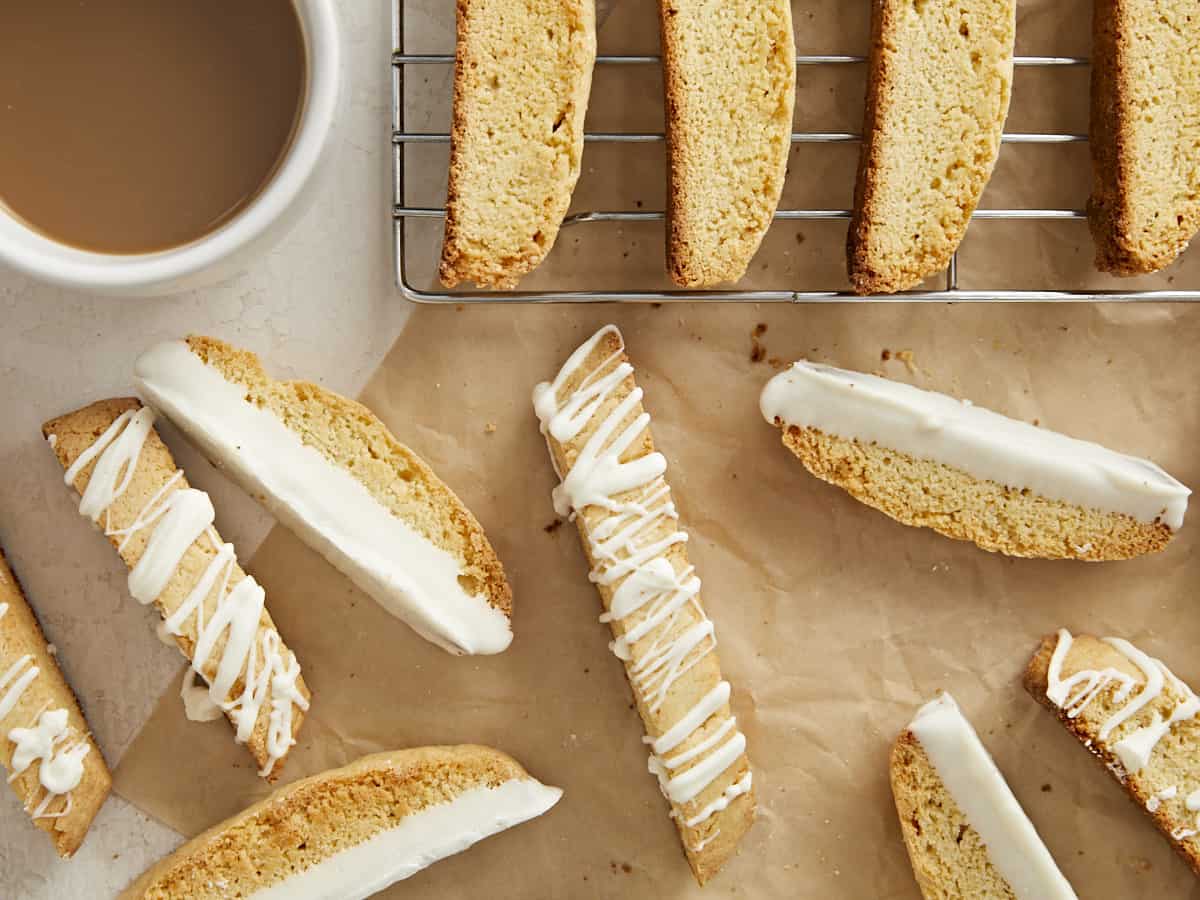
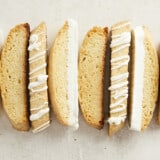
Homemade Biscotti
Equipment
Ingredients
- 2 cups all-purpose flour $0.28
- 1 tsp baking powder $0.06
- 1/4 tsp salt $0.02
- 1/4 tsp nutmeg $0.02
- 1 cup granulated sugar $0.39
- 4 Tbsp butter, room temperature $0.62
- 2 large eggs $0.78
- 1/2 tsp vanilla or almond extract $0.29
- 1/4 lb. white chocolate (optional for decorating) $1.00
Instructions
- Preheat the oven to 350ºF. In a large mixing bowl, stir together the flour, baking powder, salt, and nutmeg.
- In a separate bowl, beat together the sugar, butter, eggs, and vanilla extract with a mixer until mostly smooth (a few small lumps of butter is okay).
- Add the dry ingredients to the bowl of wet ingredients and stir together until it forms a ball of dough.
- Divide the dough into two and shape each one into a flattened log about eight inches long and 2-3 inches wide. Place the logs on a parchment-lined baking sheet.
- Bake the biscotti logs for about 25 minutes, or until lightly golden on the edges and there are a few cracks in the top of the dough.
- Remove the biscotti from the oven and carefully transfer to a cutting board. Use a finely serrated bread knife to slice the biscotti, on a diagonal, into ½-inch wide slices.
- Place the slices back onto the baking sheet, laying flat, and bake for another 5 minutes. Remove the baking sheet, flip the biscotti, and bake for an additional 5 minutes, or until golden brown.
- Remove the biscotti from the oven and allow them to cool completely before decorating with melted chocolate (if desired). Enjoy with a hot cup of coffee!
See how we calculate recipe costs here.
Nutrition
How to Make Biscotti – Step by Step Photos
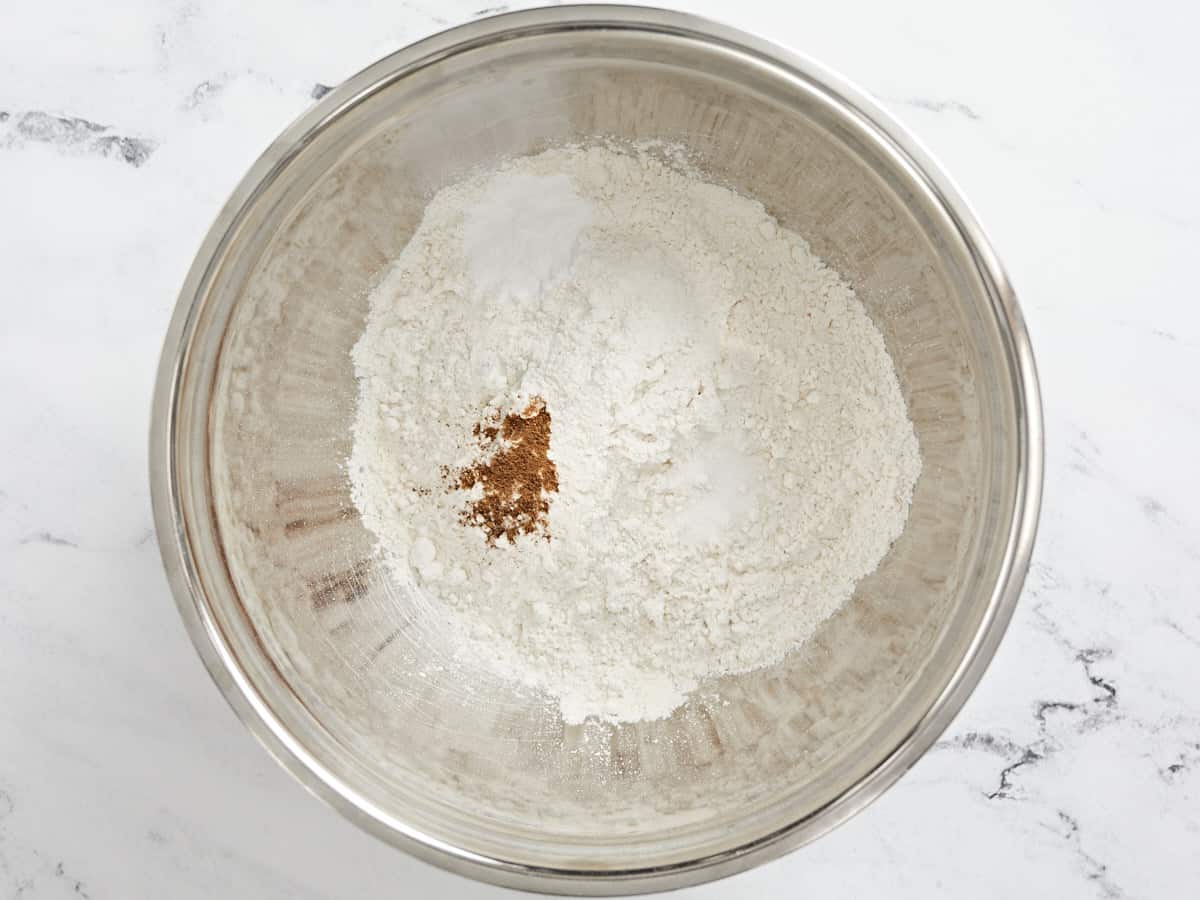
Preheat the oven to 350ºF. Combine 2 cups all-purpose flour, 1 tsp baking powder, ¼ tsp salt, and ¼ tsp nutmeg in a large bowl. Stir until well combined.
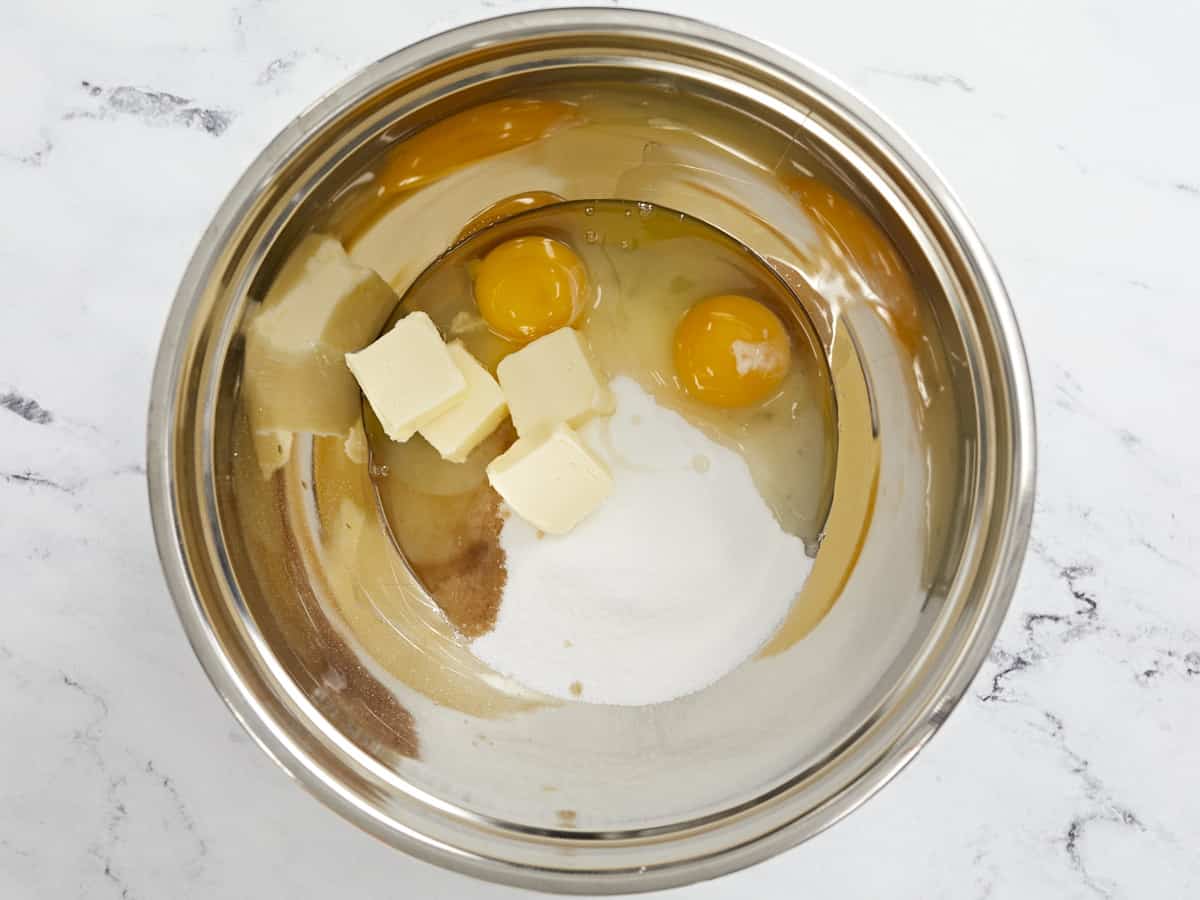
In a separate mixing bowl, add 1 cup sugar, 4 Tbsp room temperature butter, 2 large eggs, and ½ tsp vanilla extract.
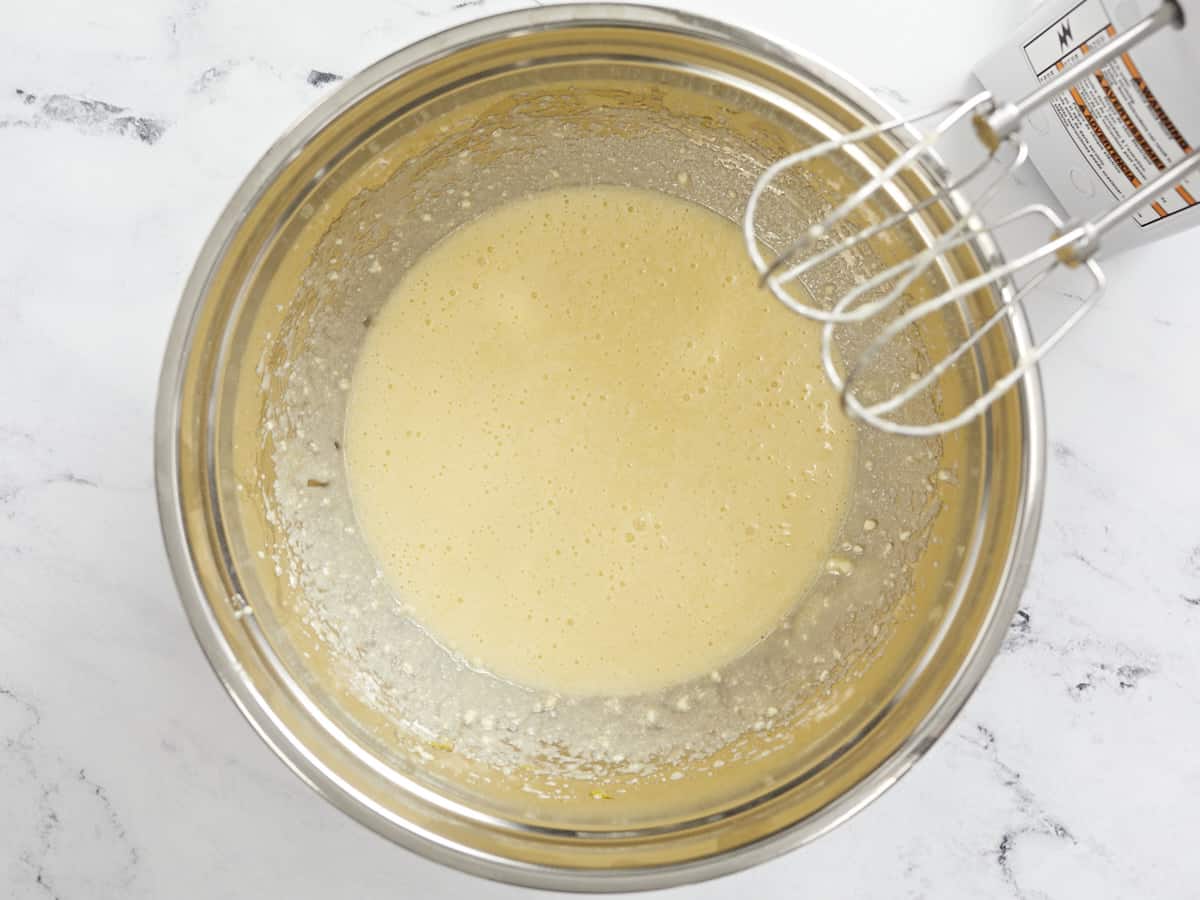
Use a mixer to combine the wet ingredients until mostly smooth (there may still be a few small pieces of butter).
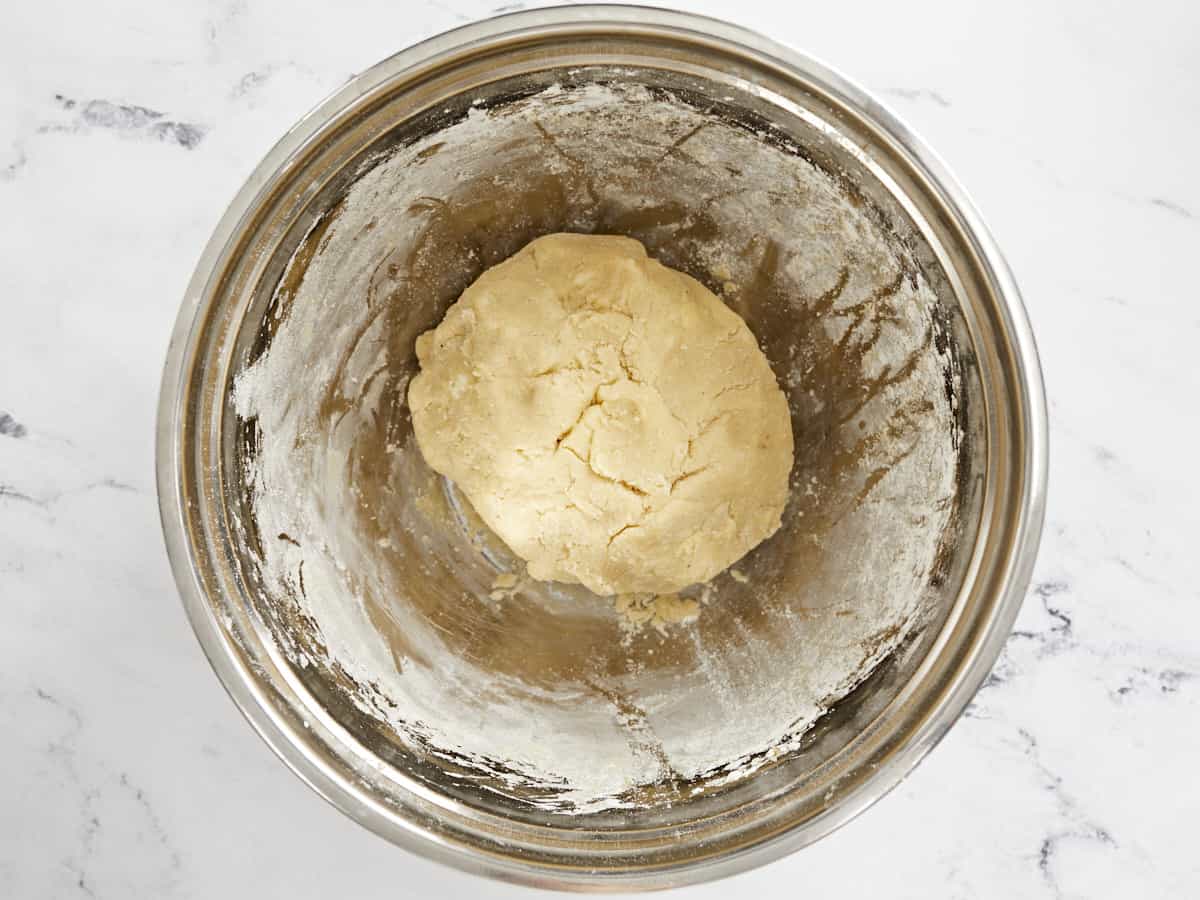
Add the dry ingredients to the bowl of wet ingredients and stir until it forms a ball of dough.
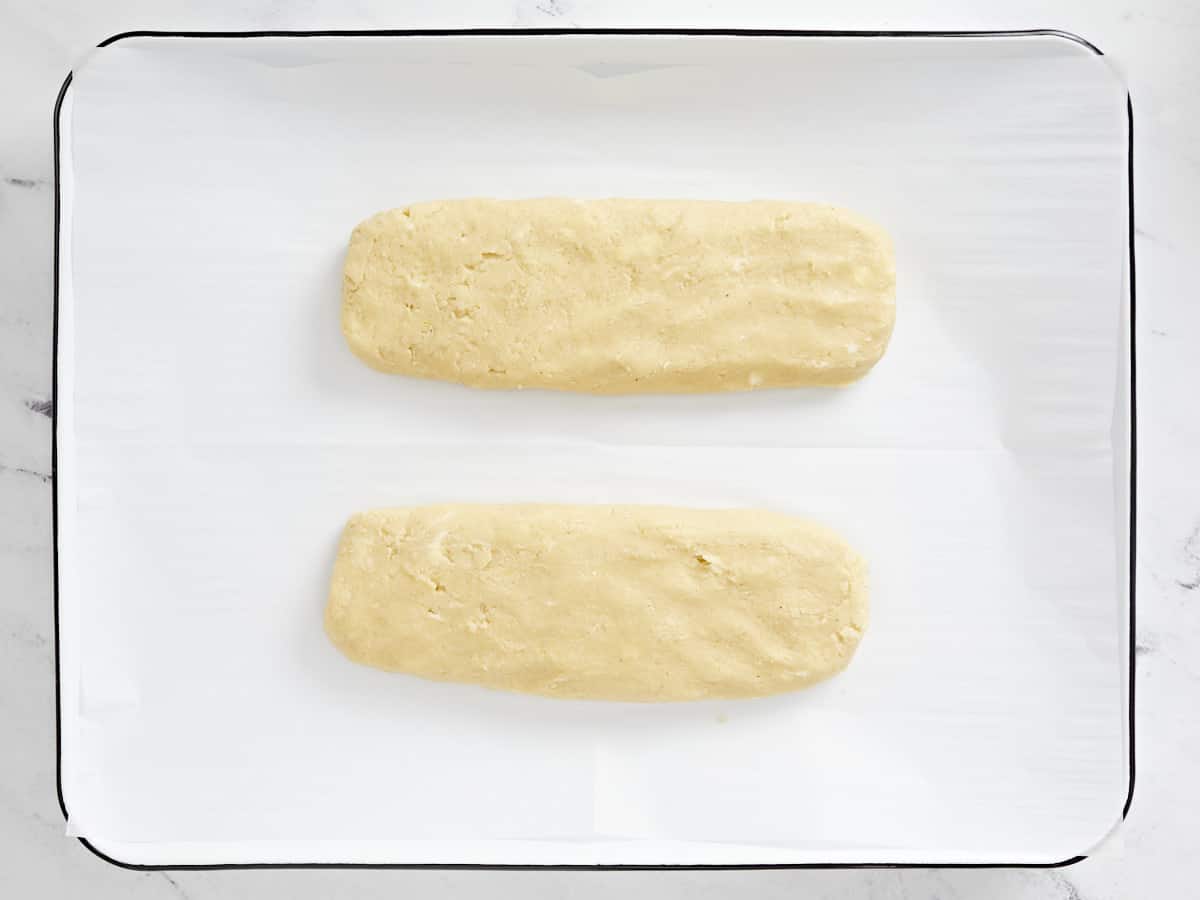
Divide the dough in half and form each half into a flattened log about 8 inches long and 2-3 inches wide. Place the logs on a parchment-lined baking sheet.

Bake the biscotti logs for about 25 minutes, or just until the edges are slightly golden brown and the tops have small cracks.
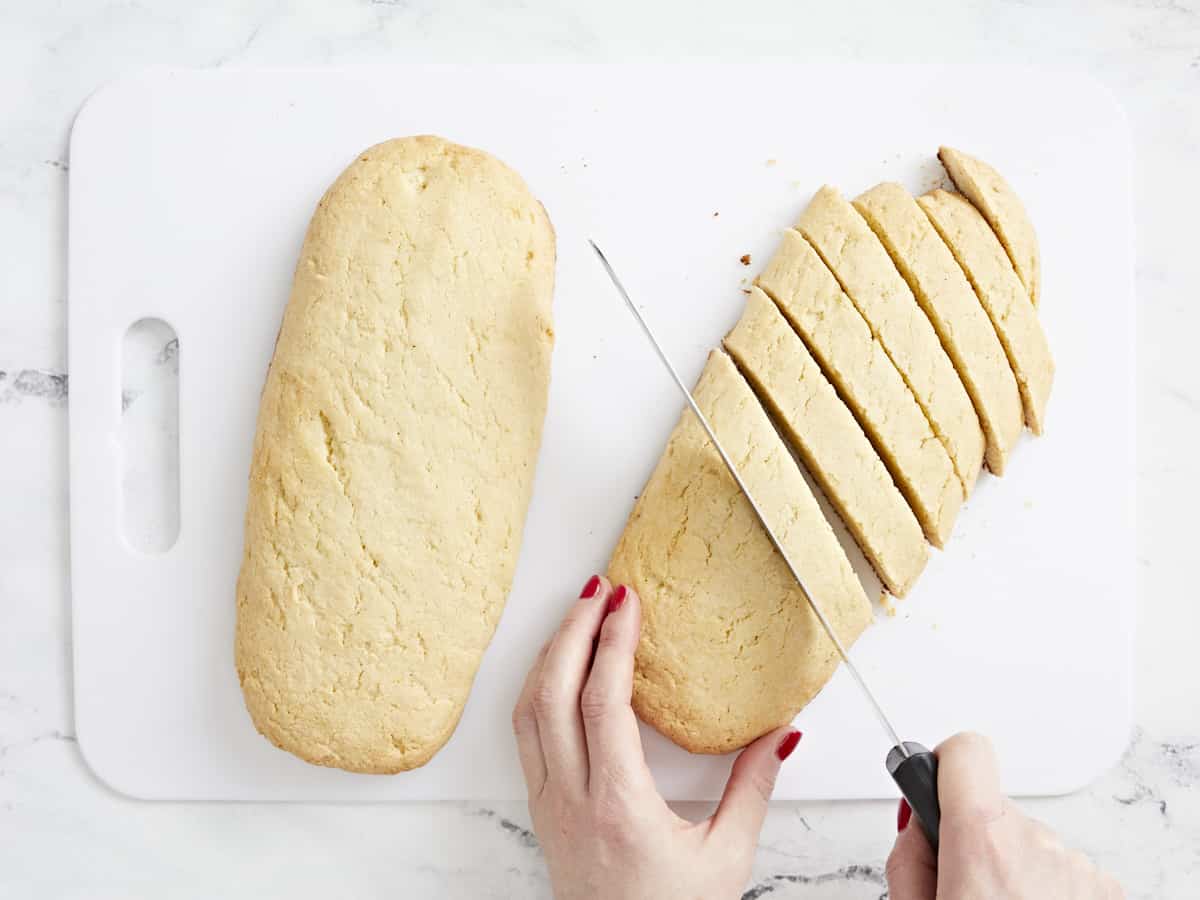
Carefully transfer the biscotti logs to a cutting board and use a finely serrated bread knife to slice the biscotti on a diagonal into ½-inch wide pieces.
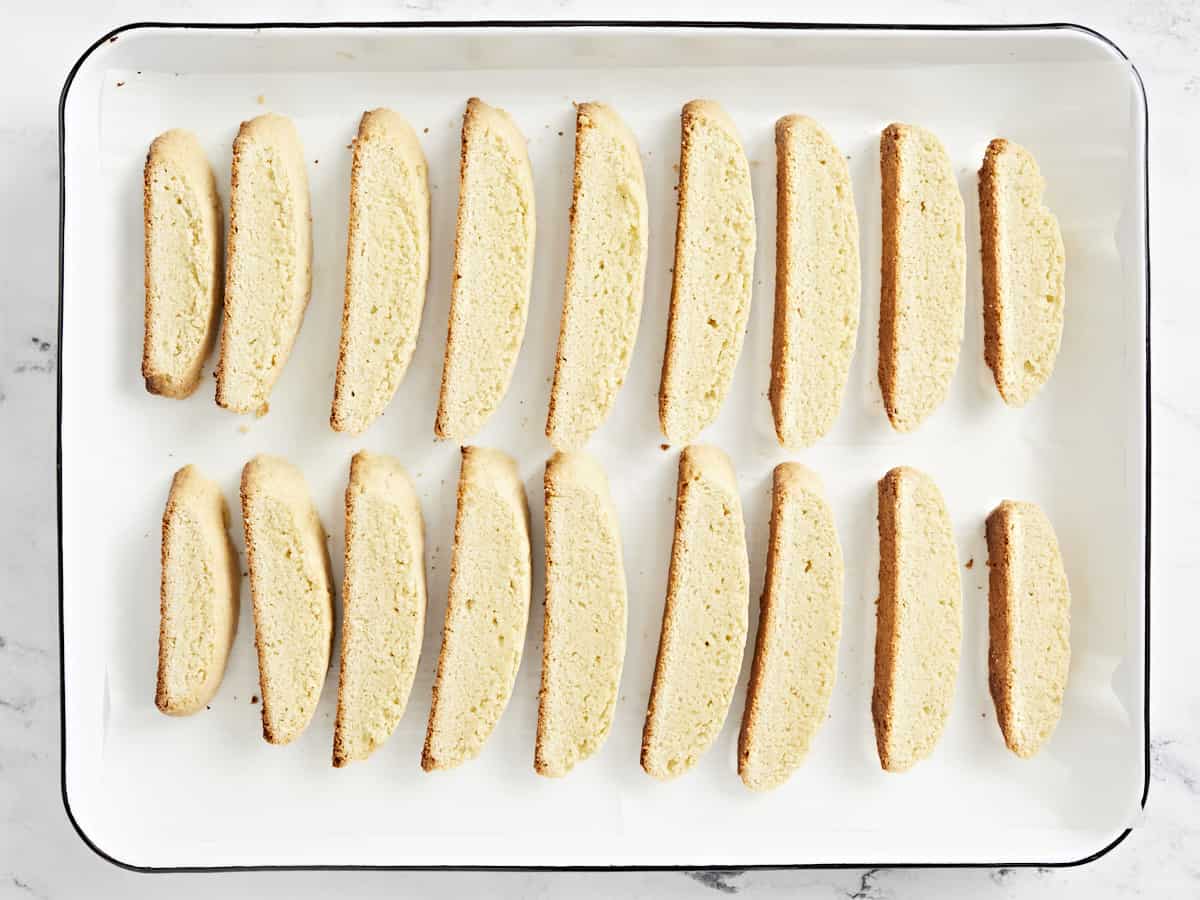
Place the sliced biscotti back on the baking sheet, laying flat, and place it back into the oven for five minutes.
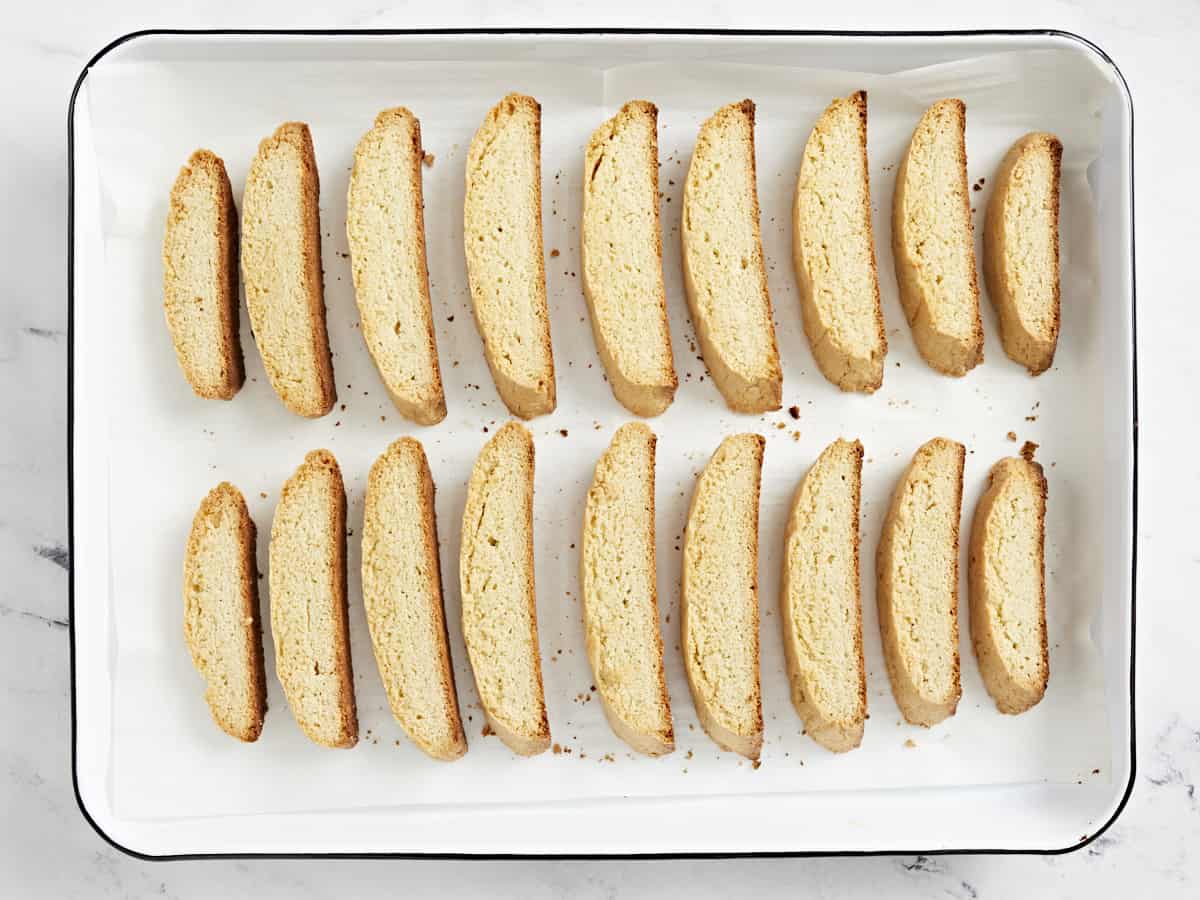
Remove the biscotti from the oven, flip them over to the other side, and then bake for an additional 5 minutes or until golden brown on both sides.
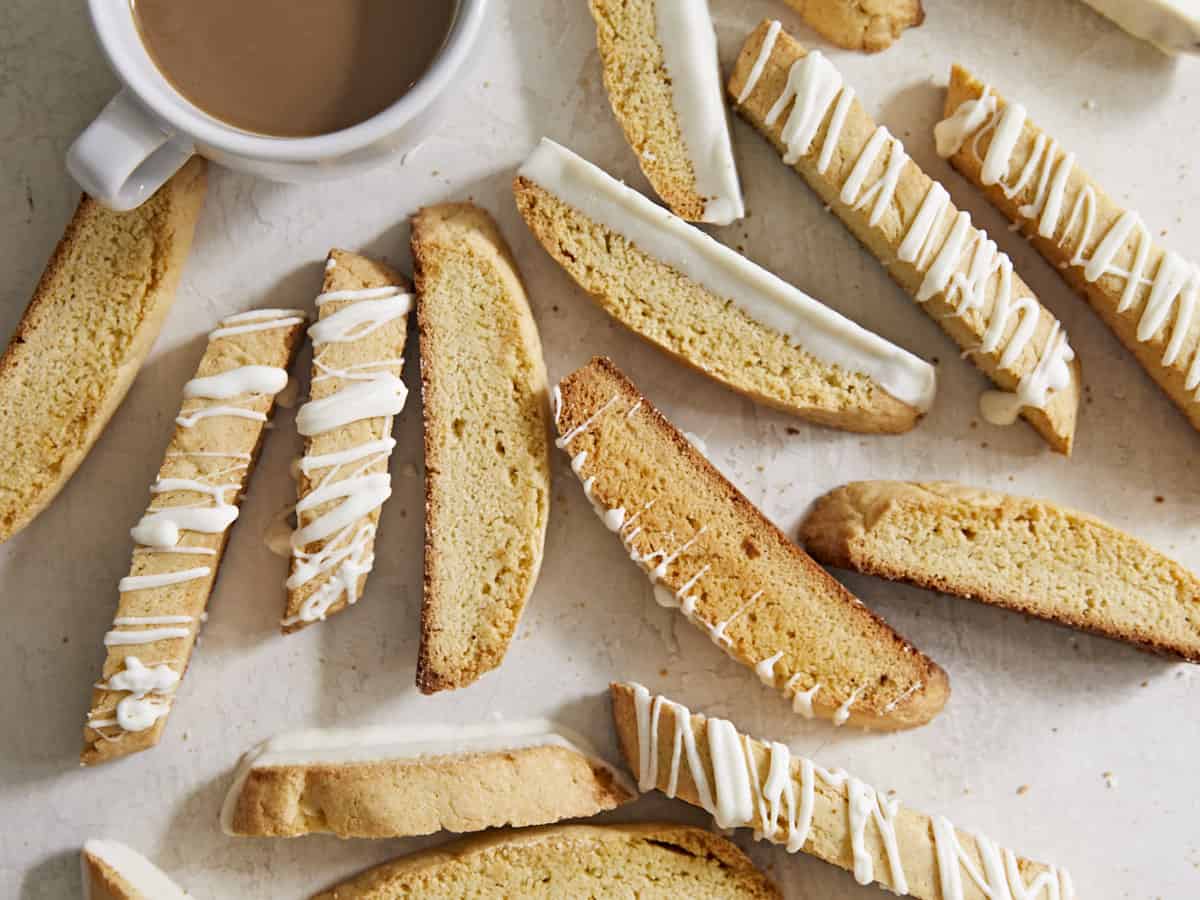
Allow the biscotti to cool completely, decorate with melted chocolate or icing if desired, then serve with a hot cup of coffee!
More Coffee Treats
The post Homemade Biscotti appeared first on Budget Bytes.

